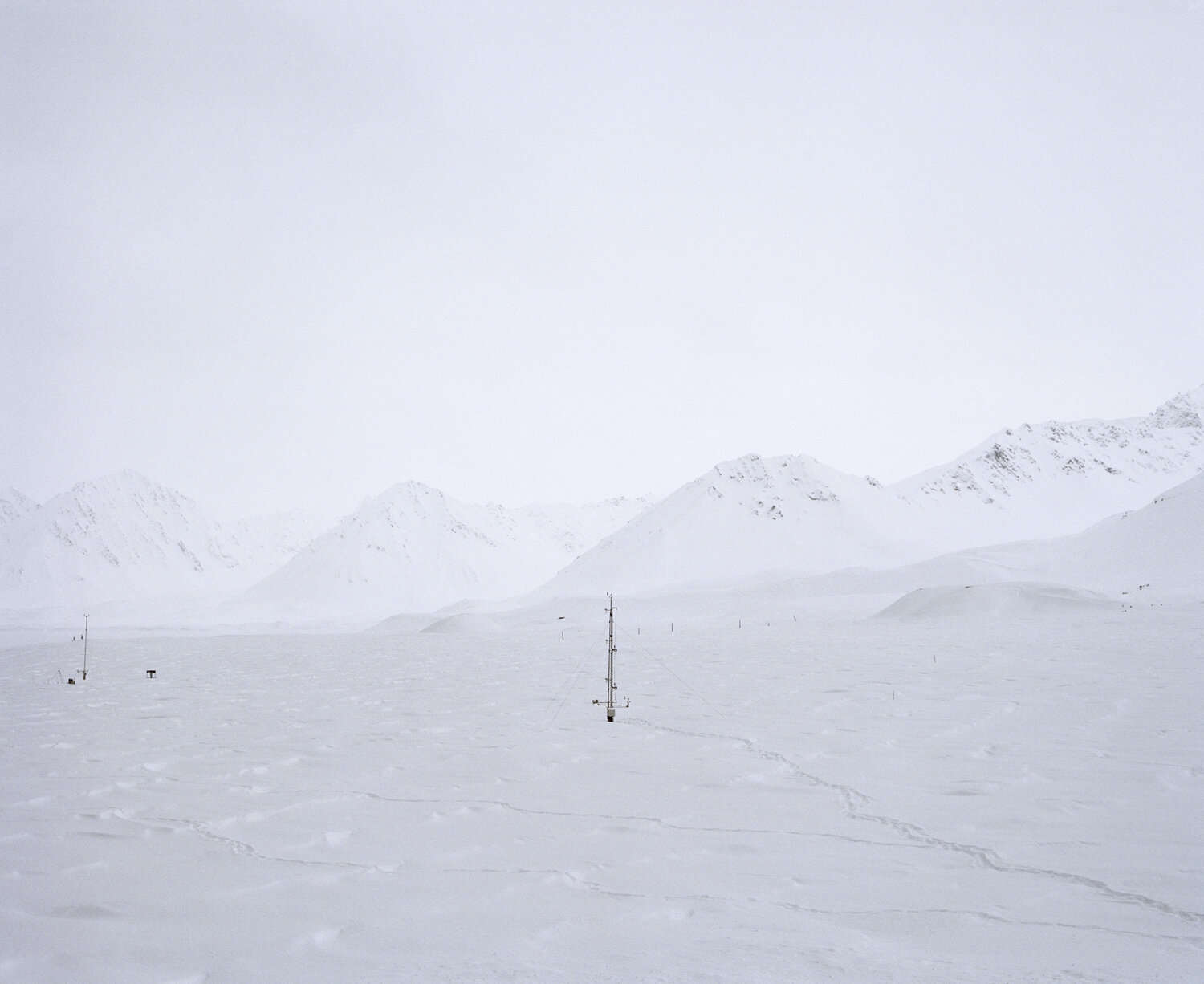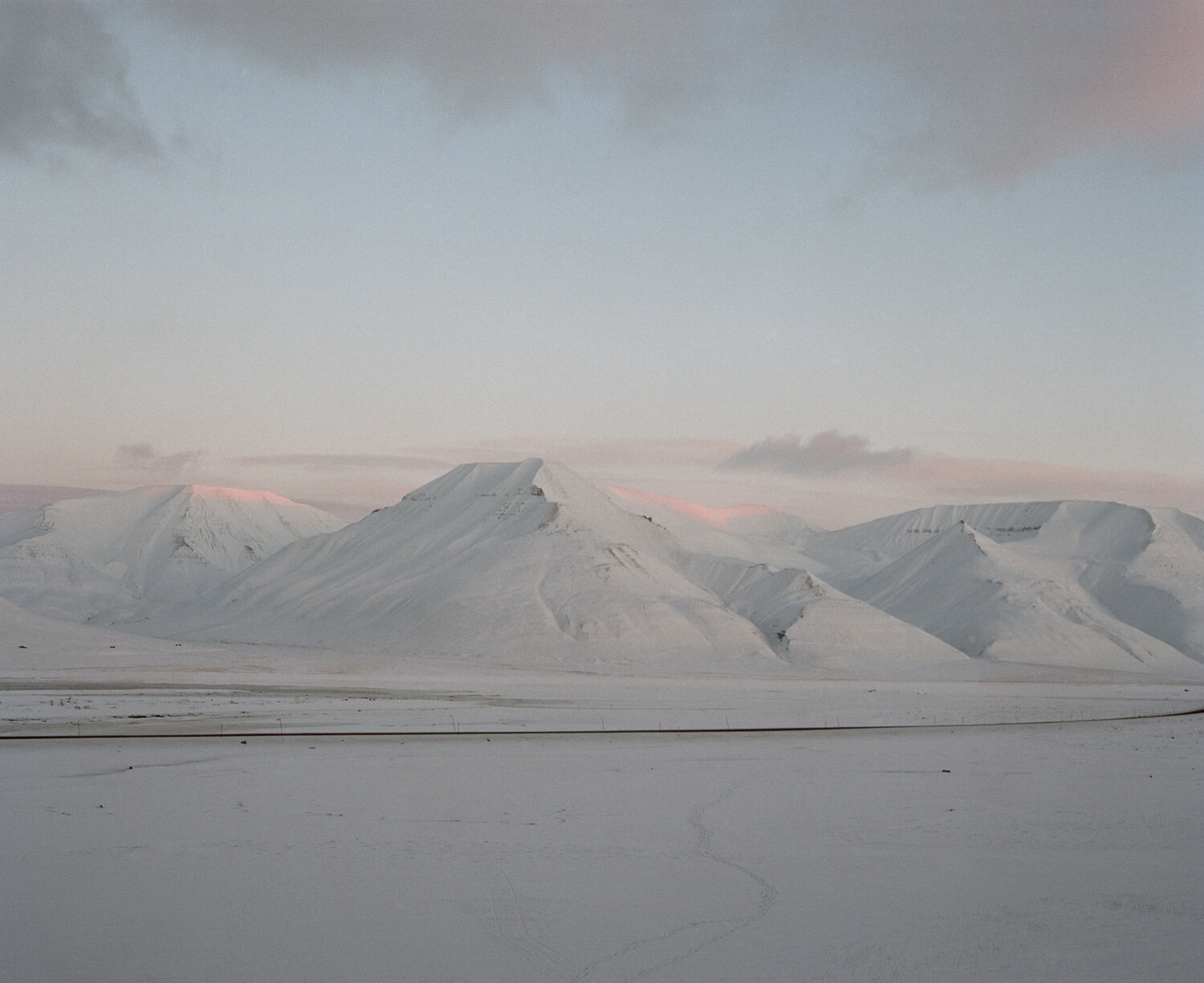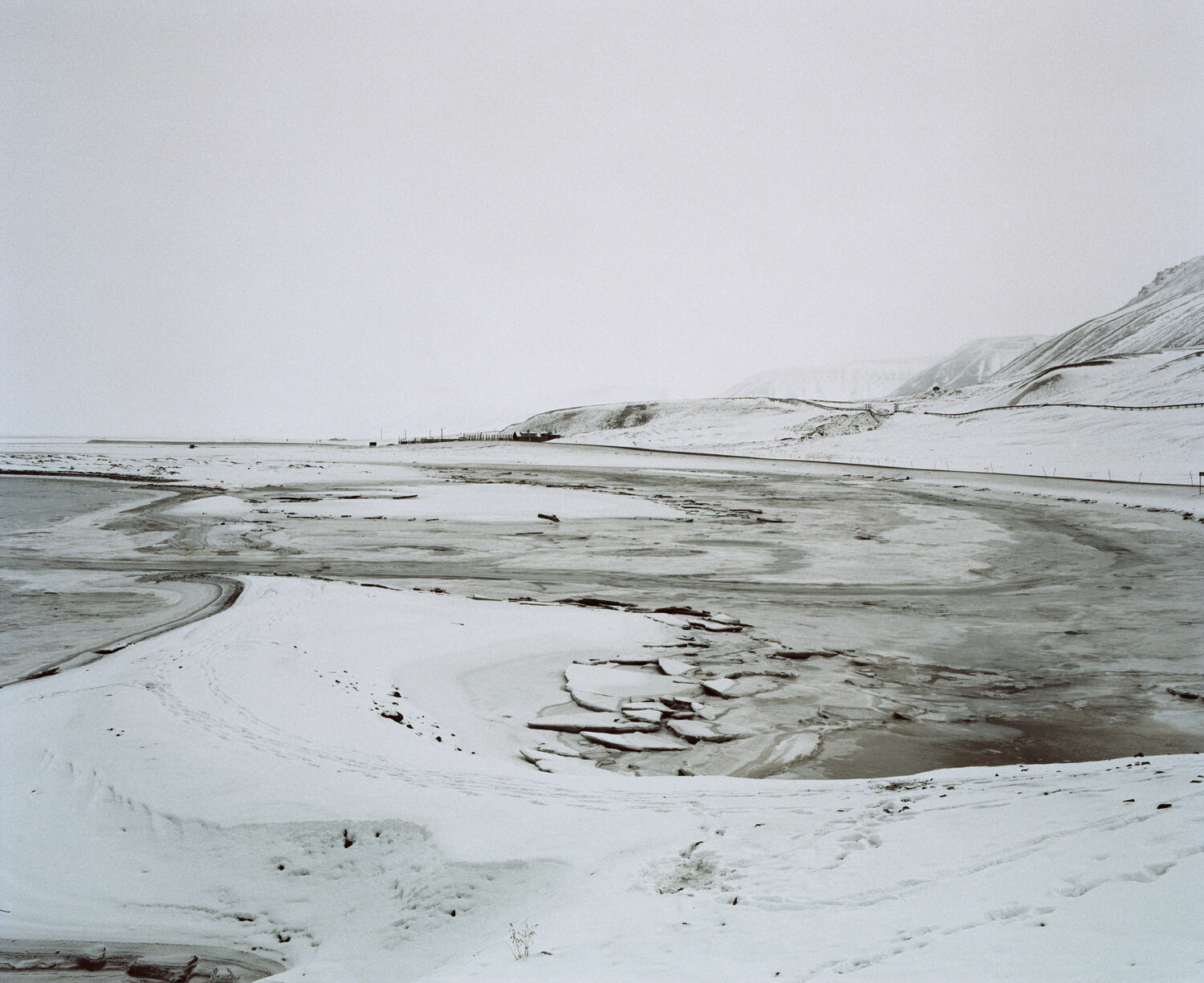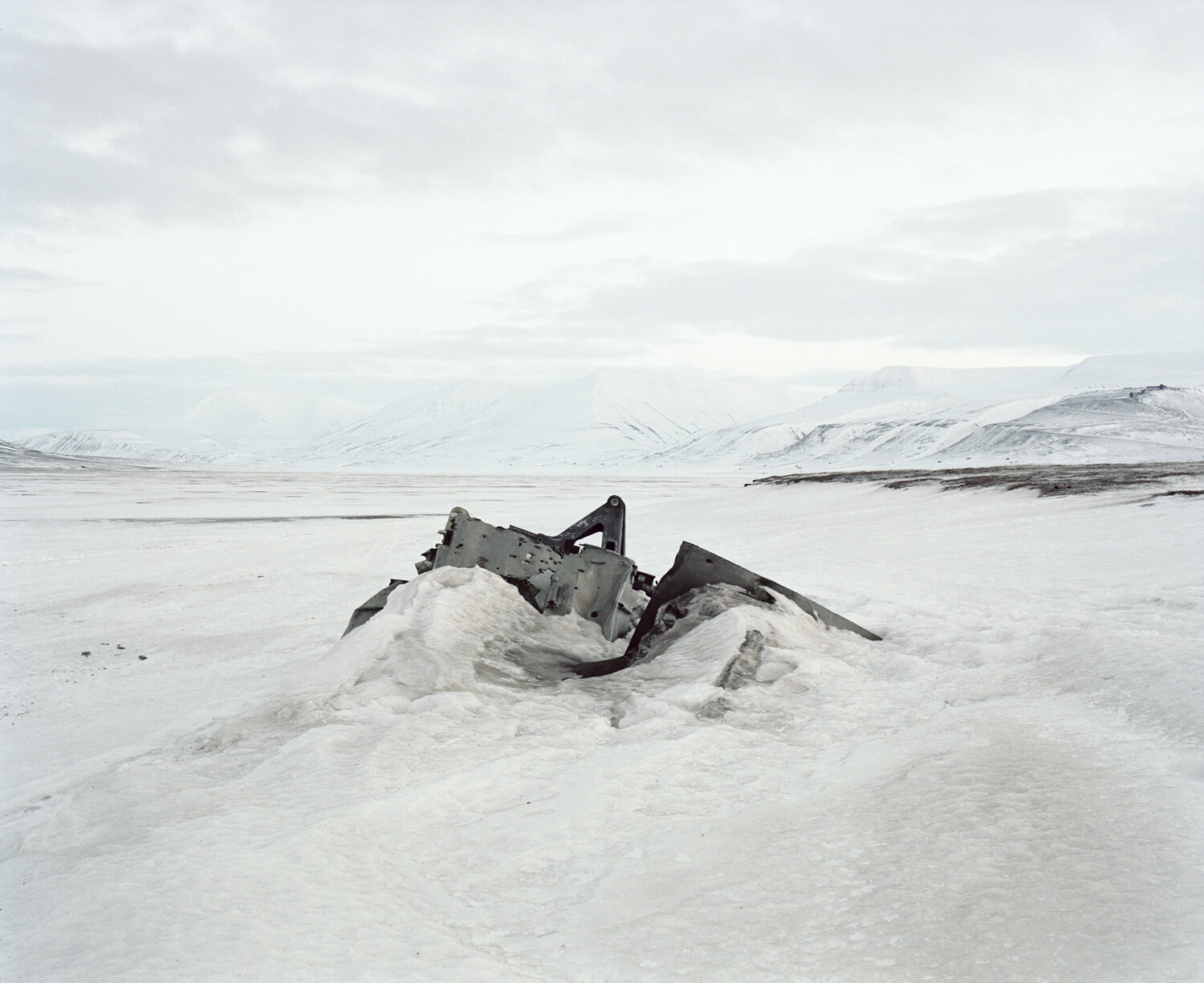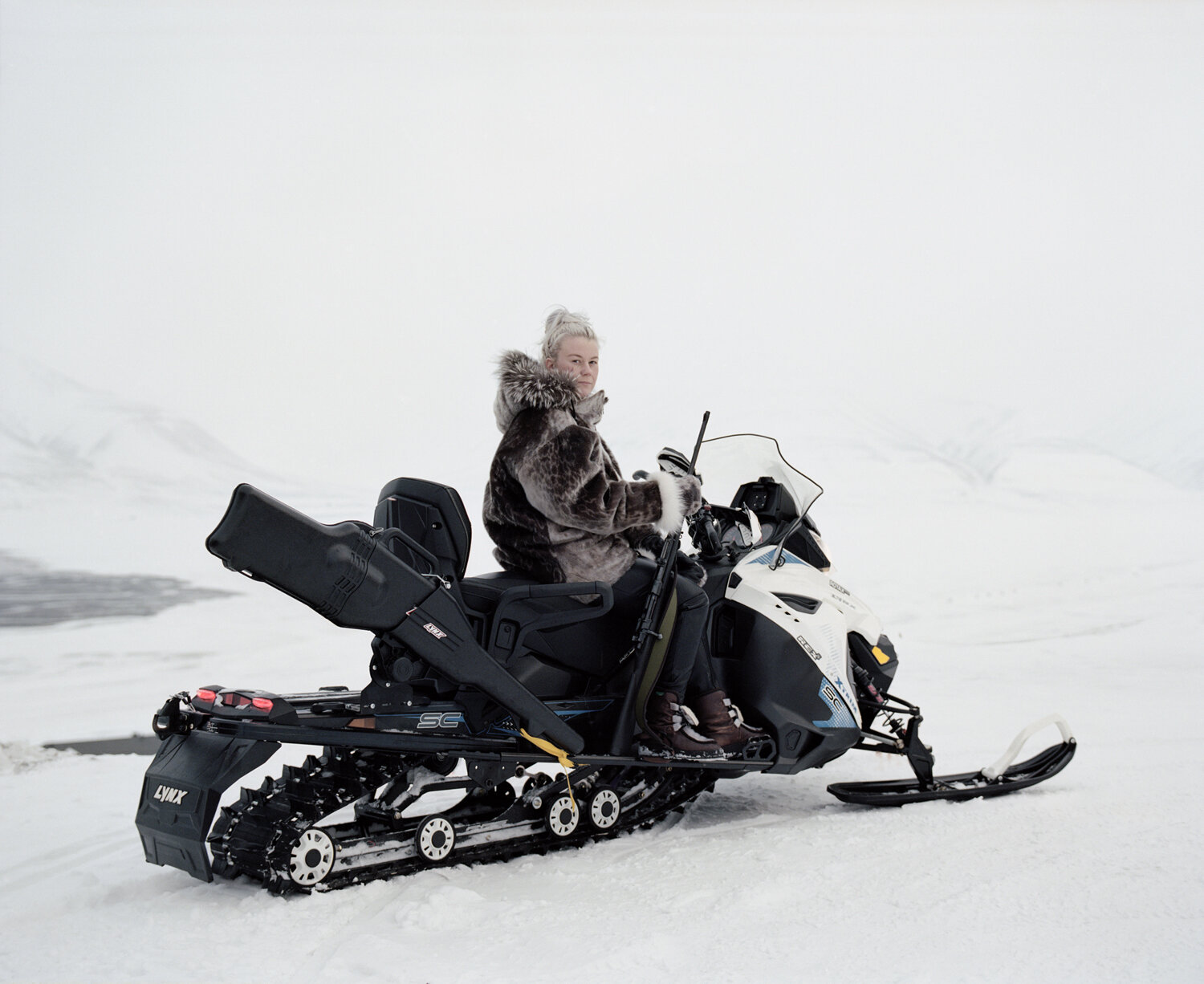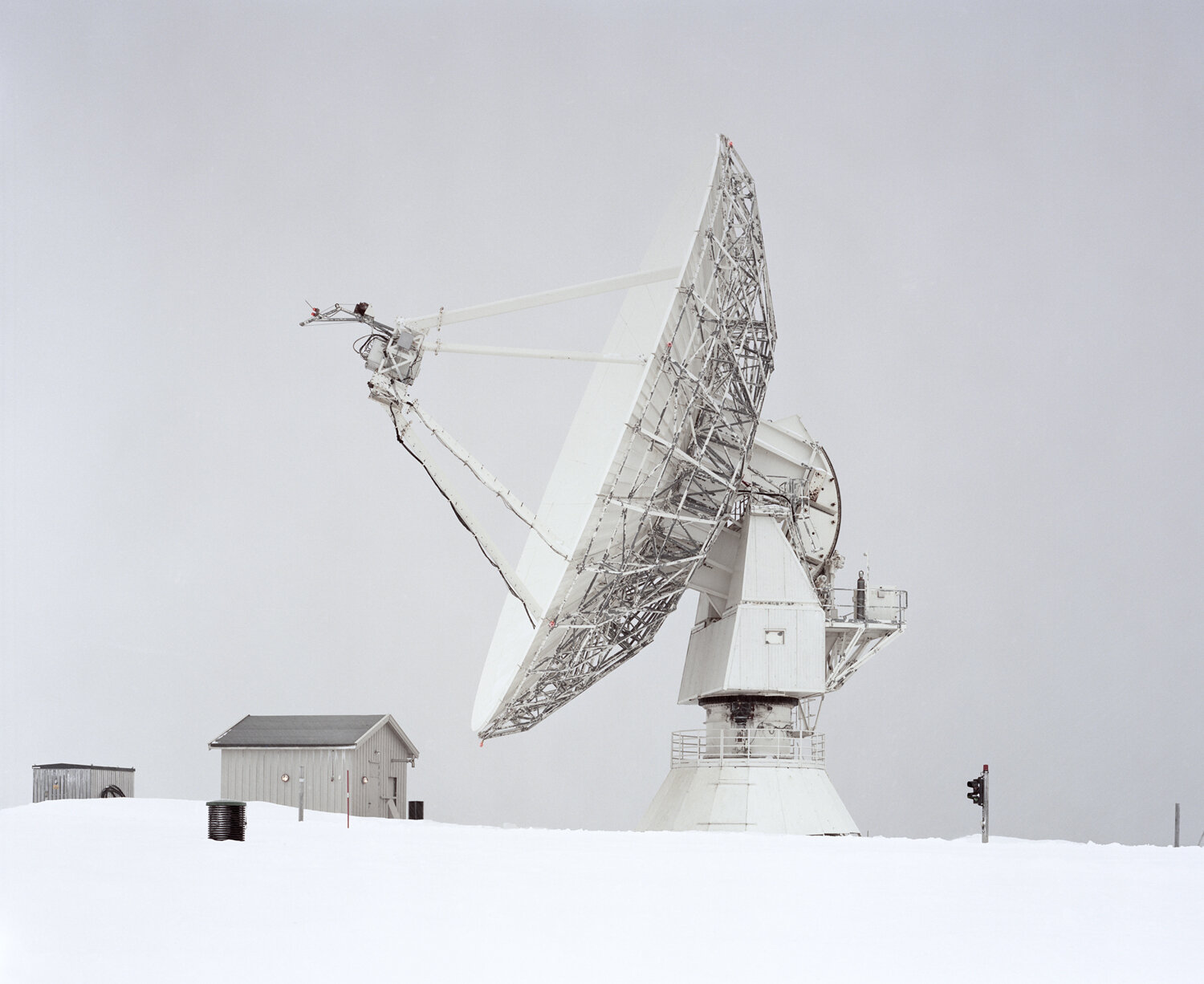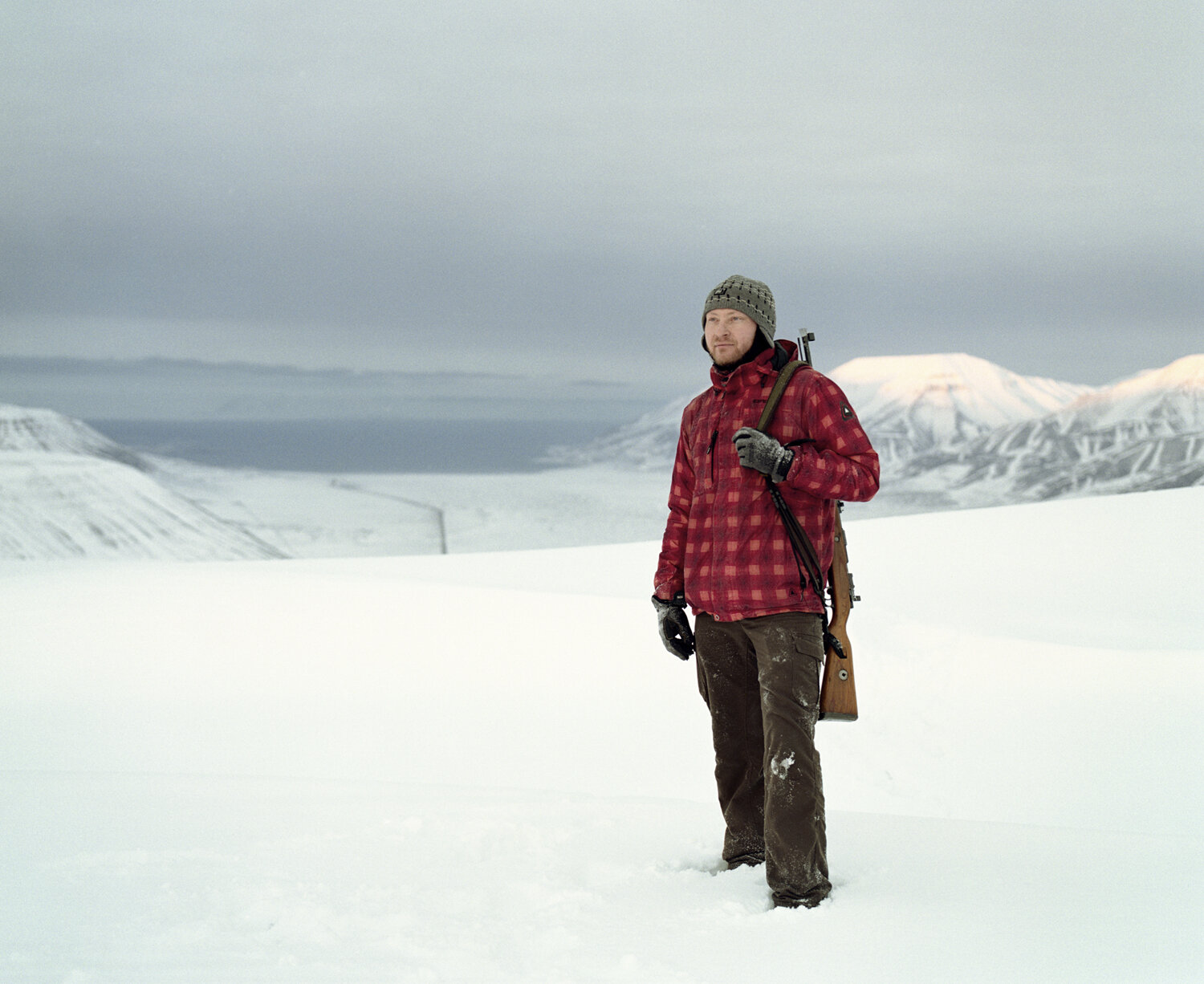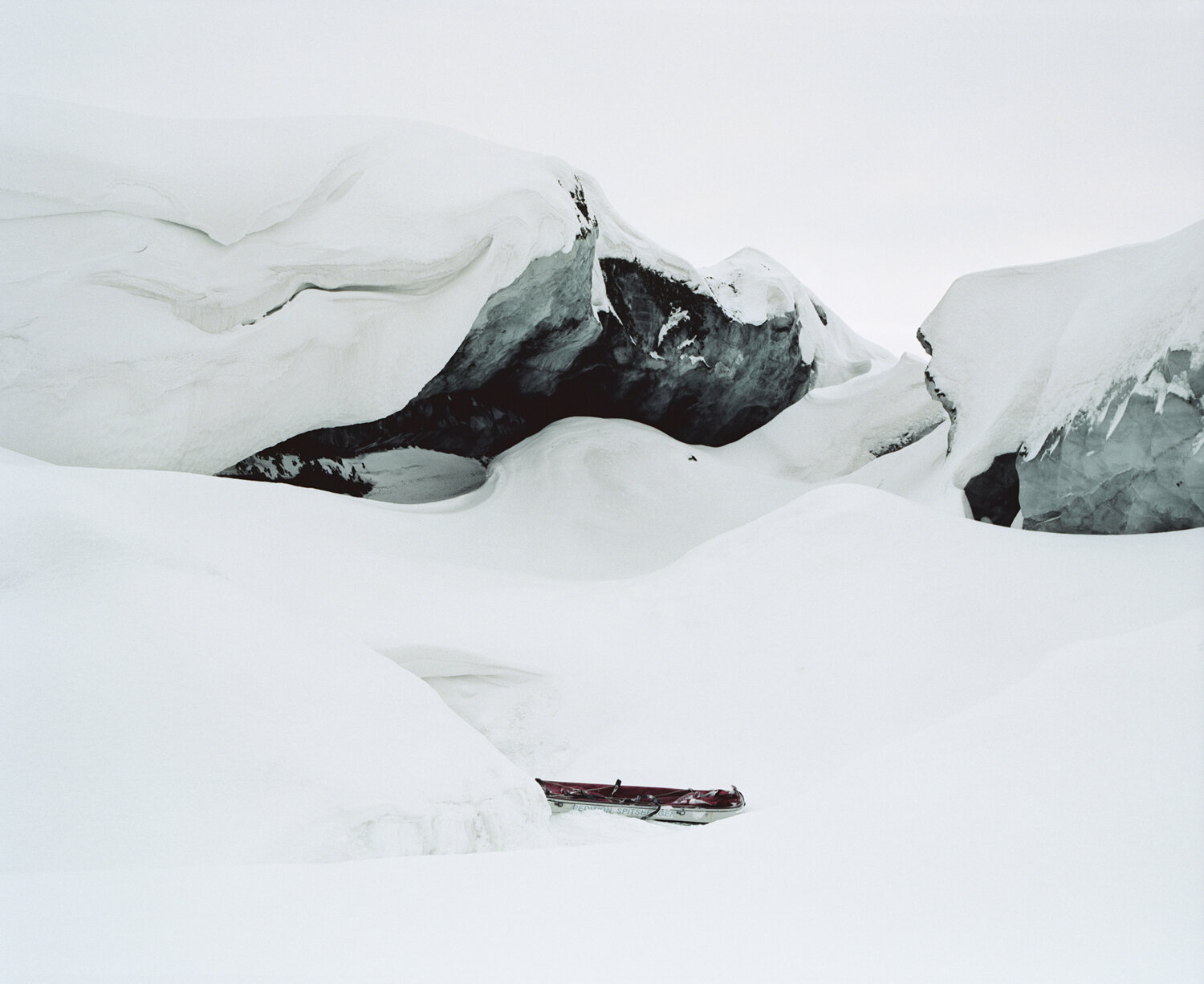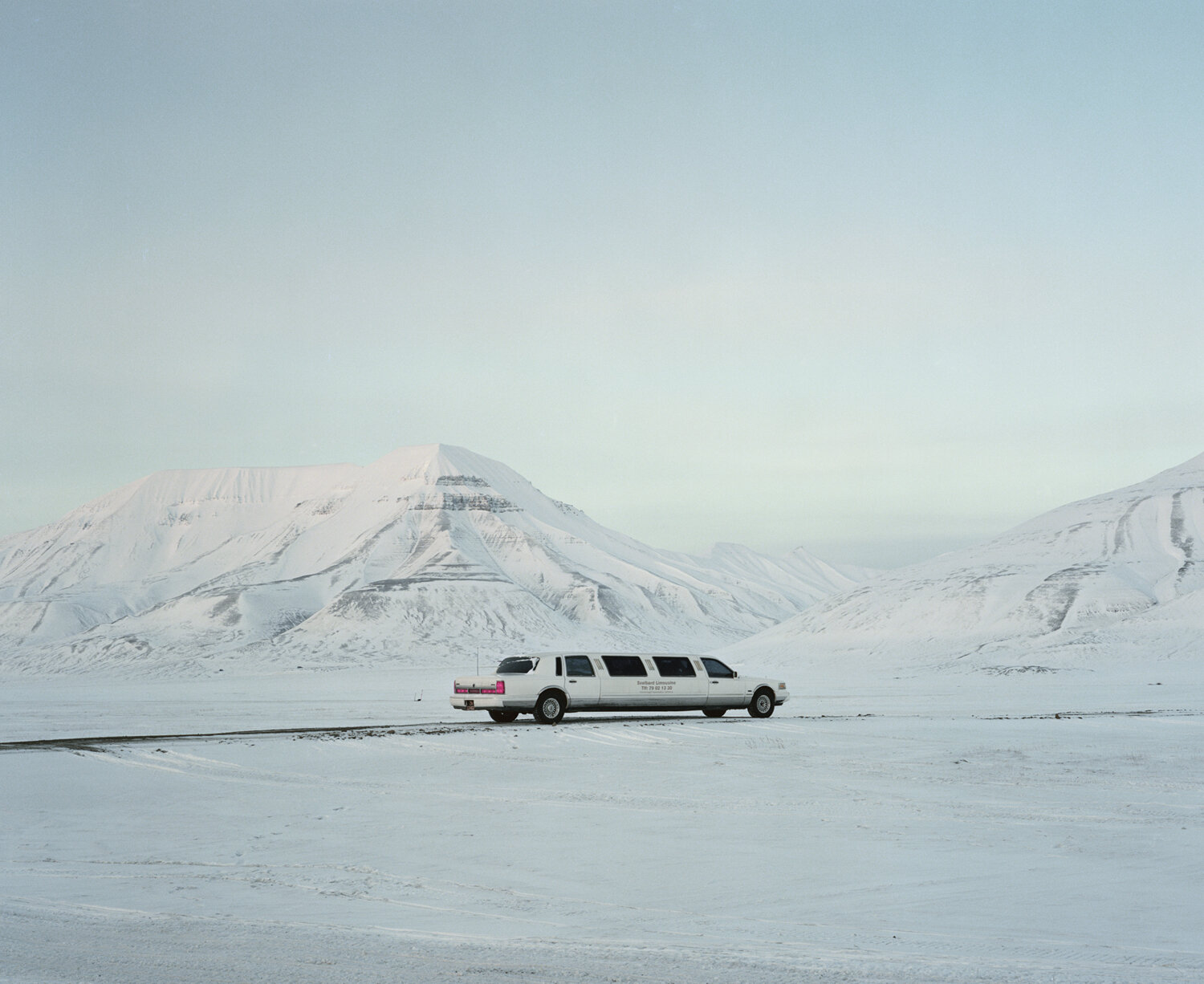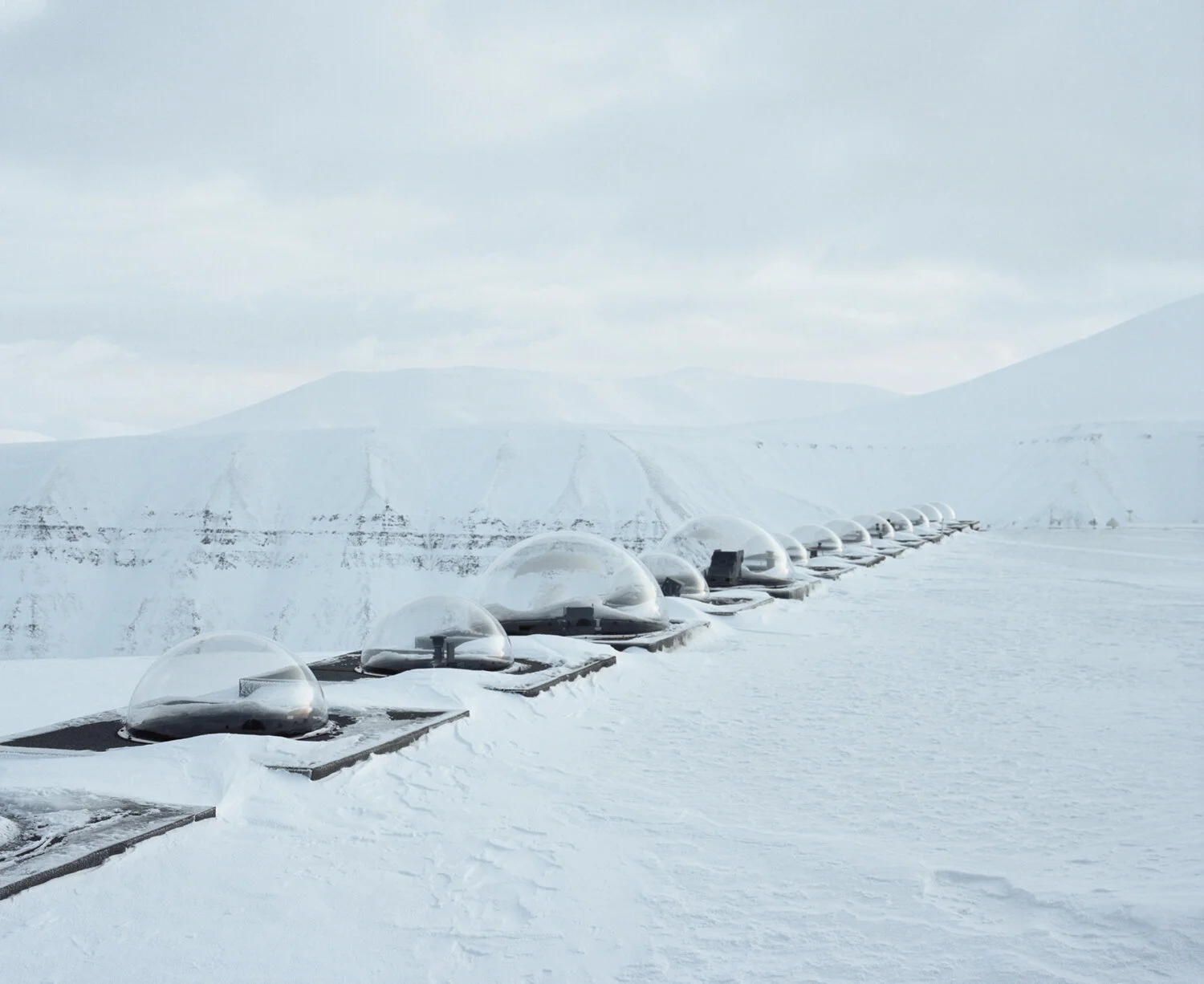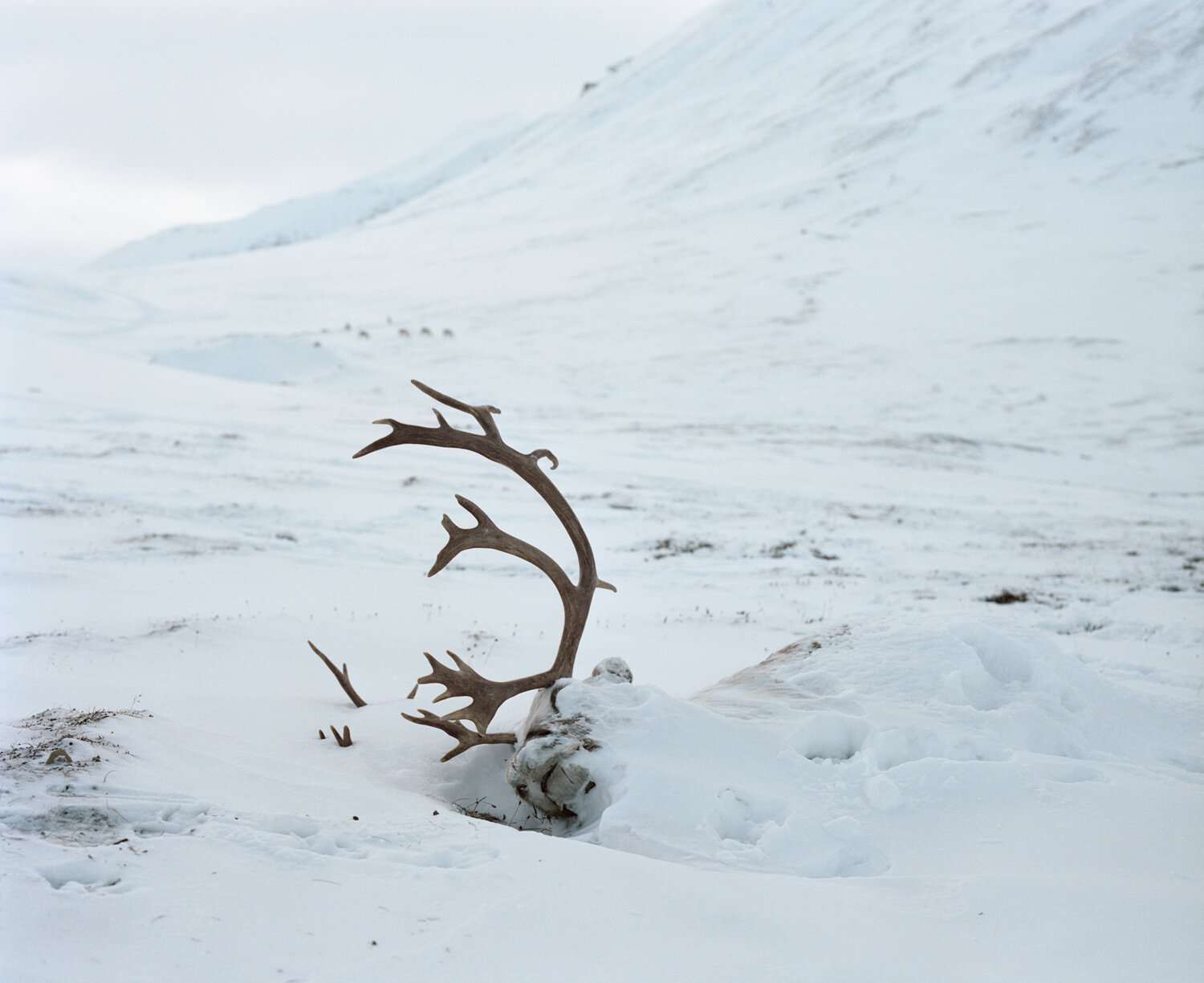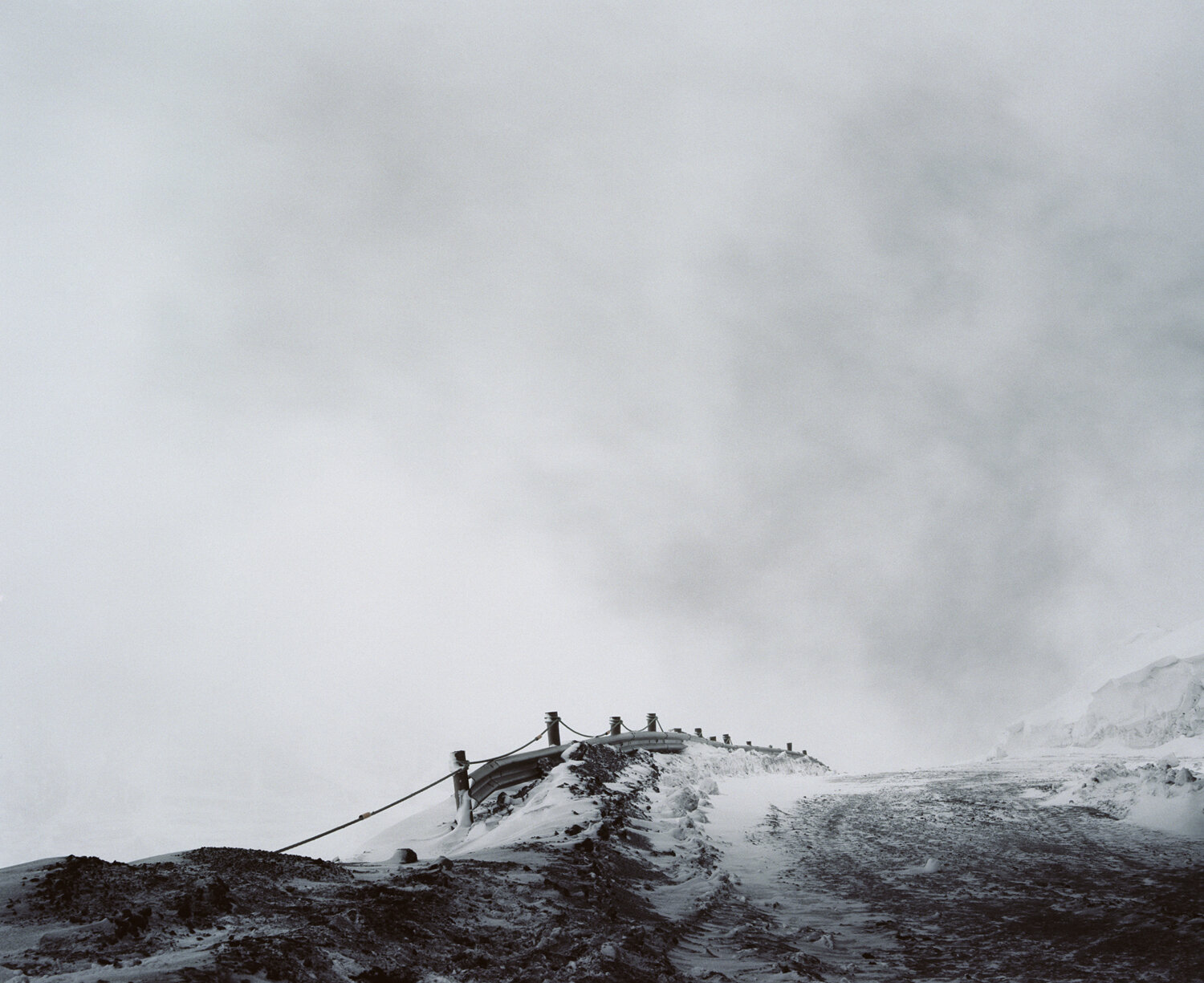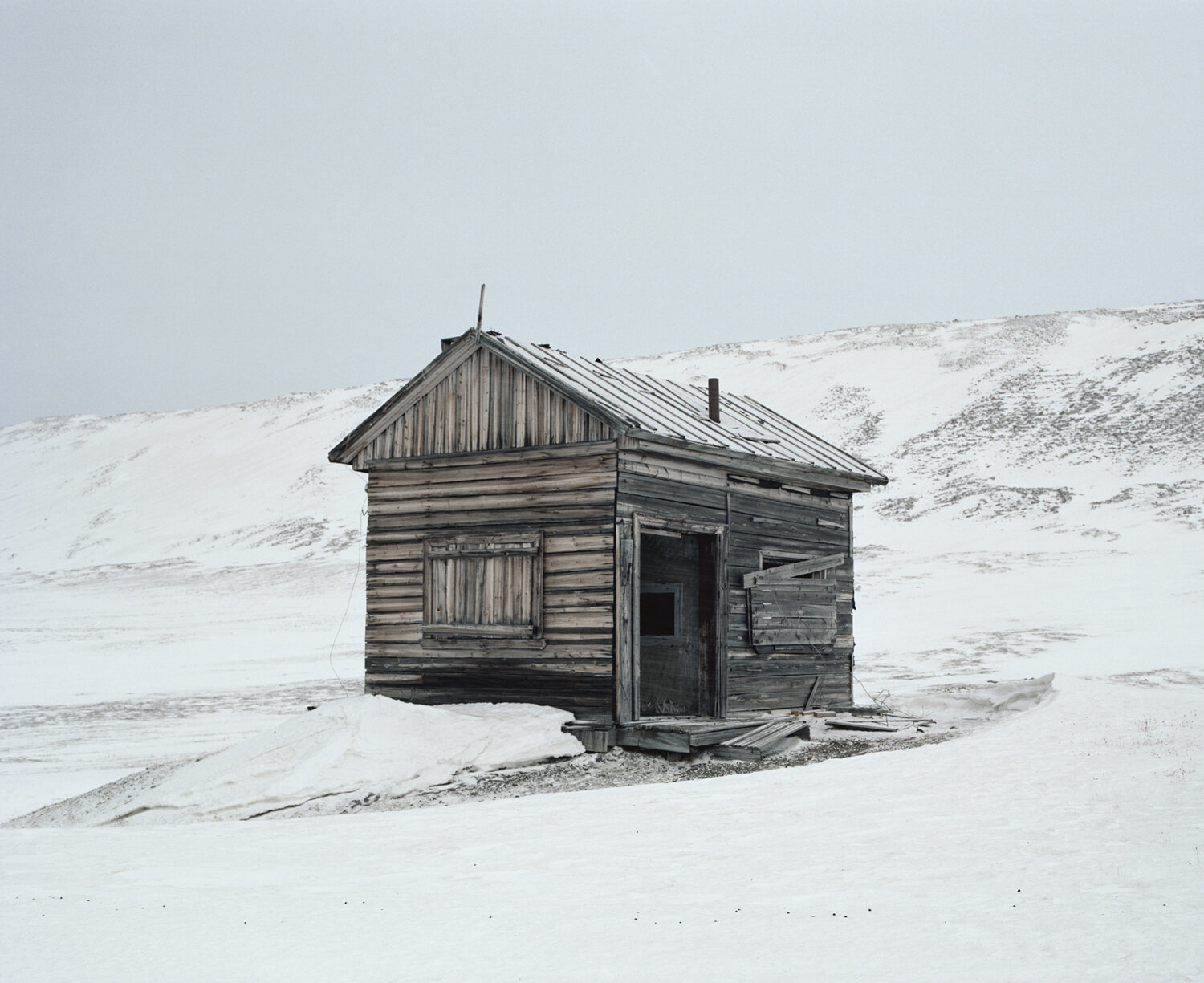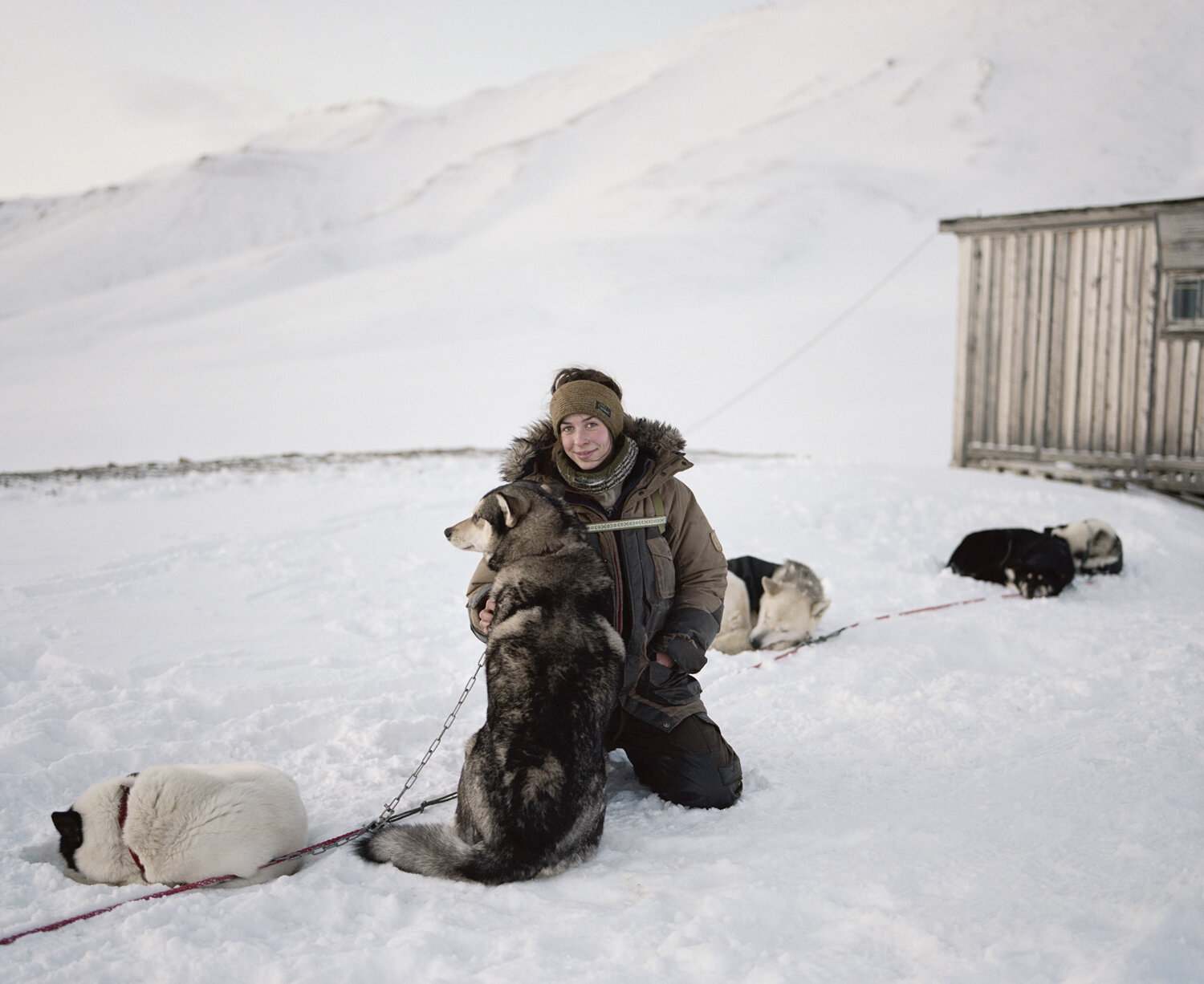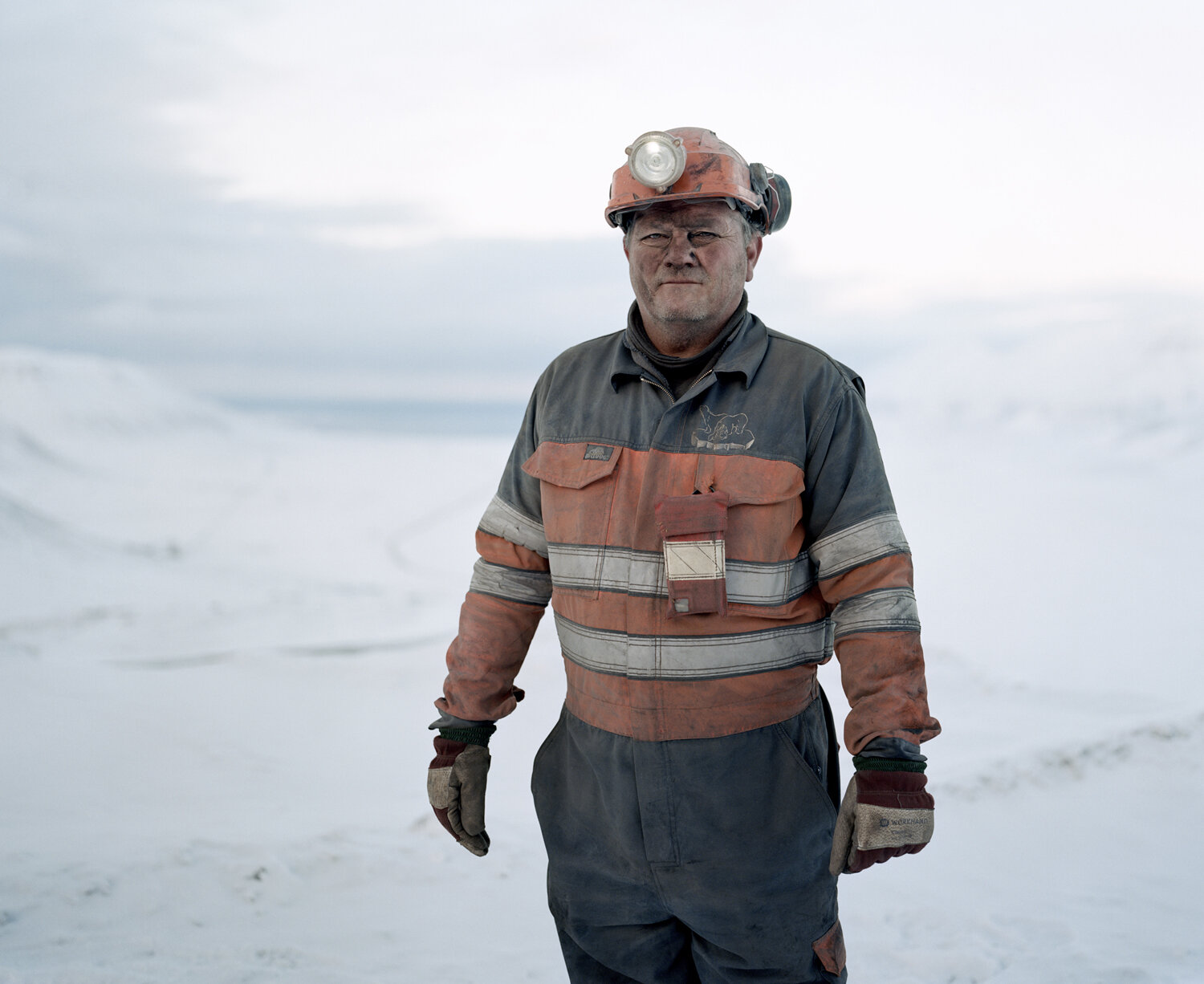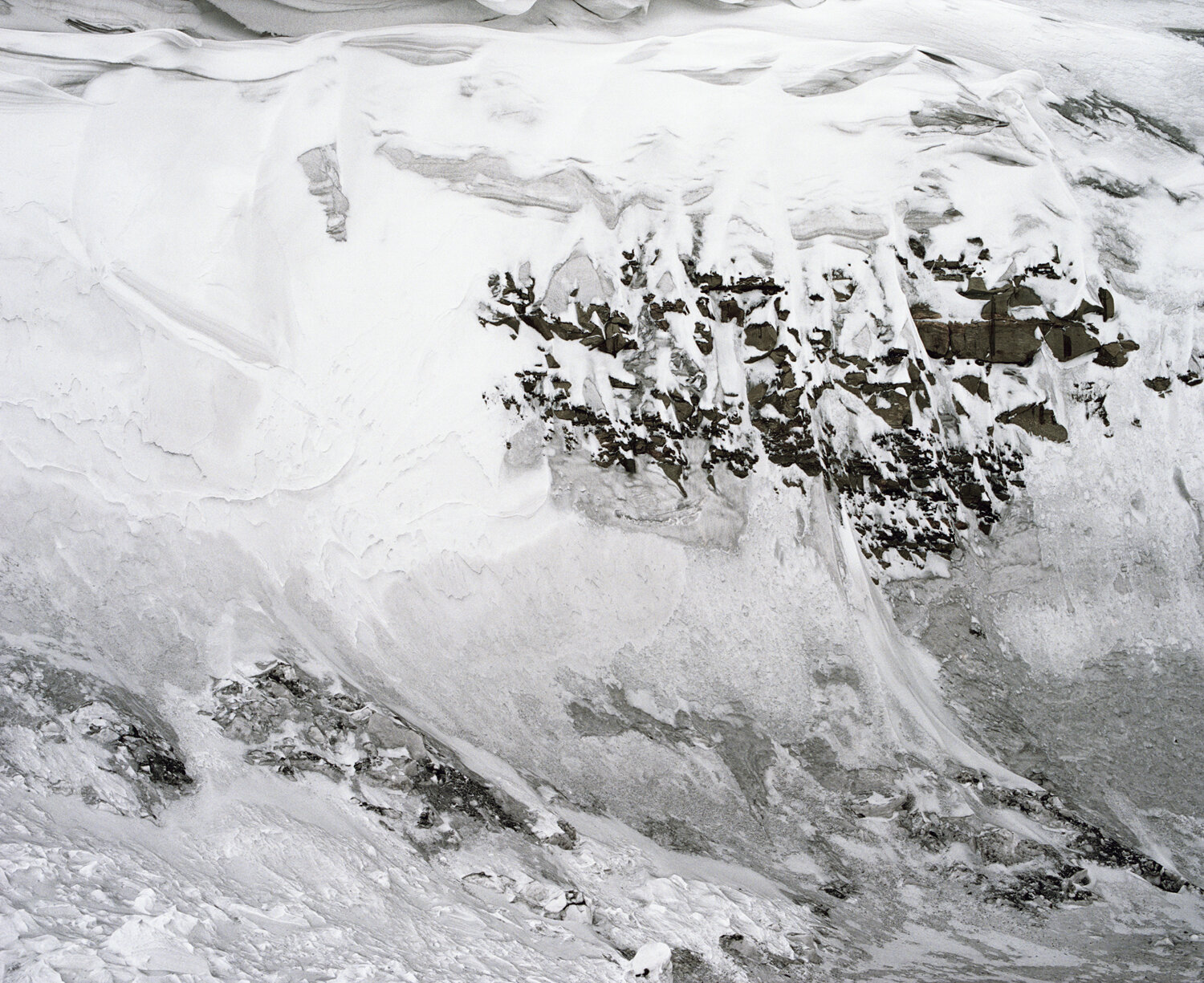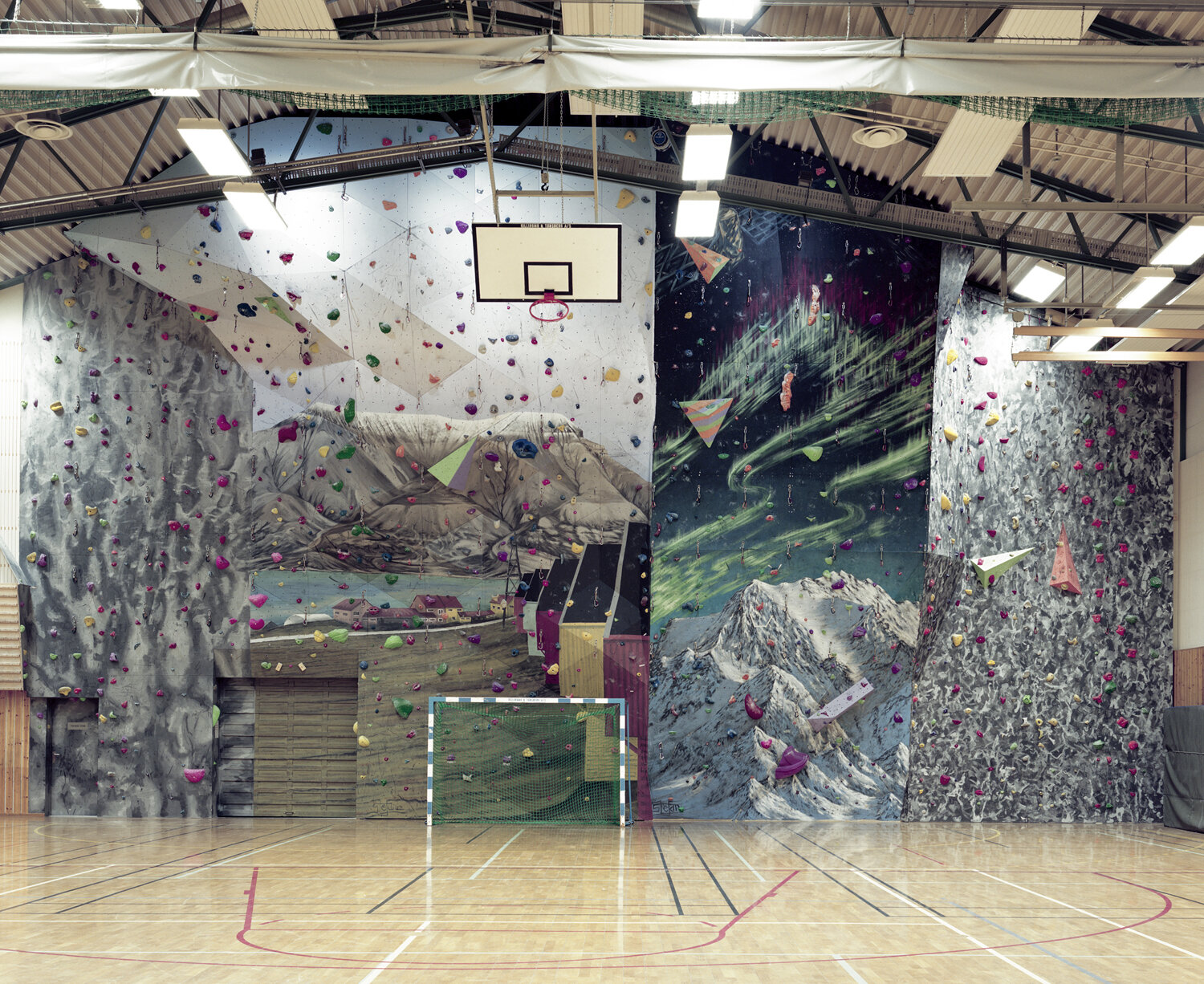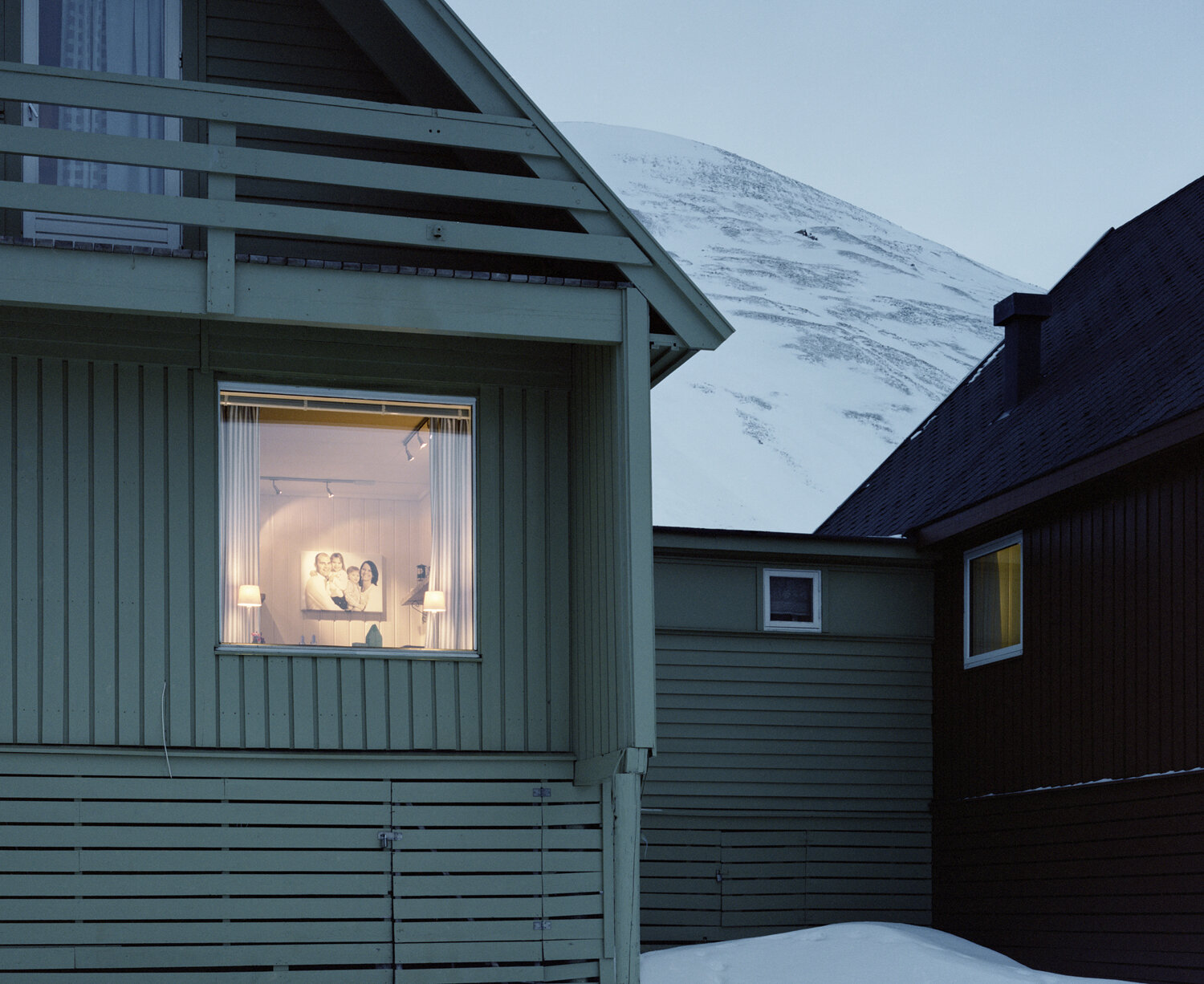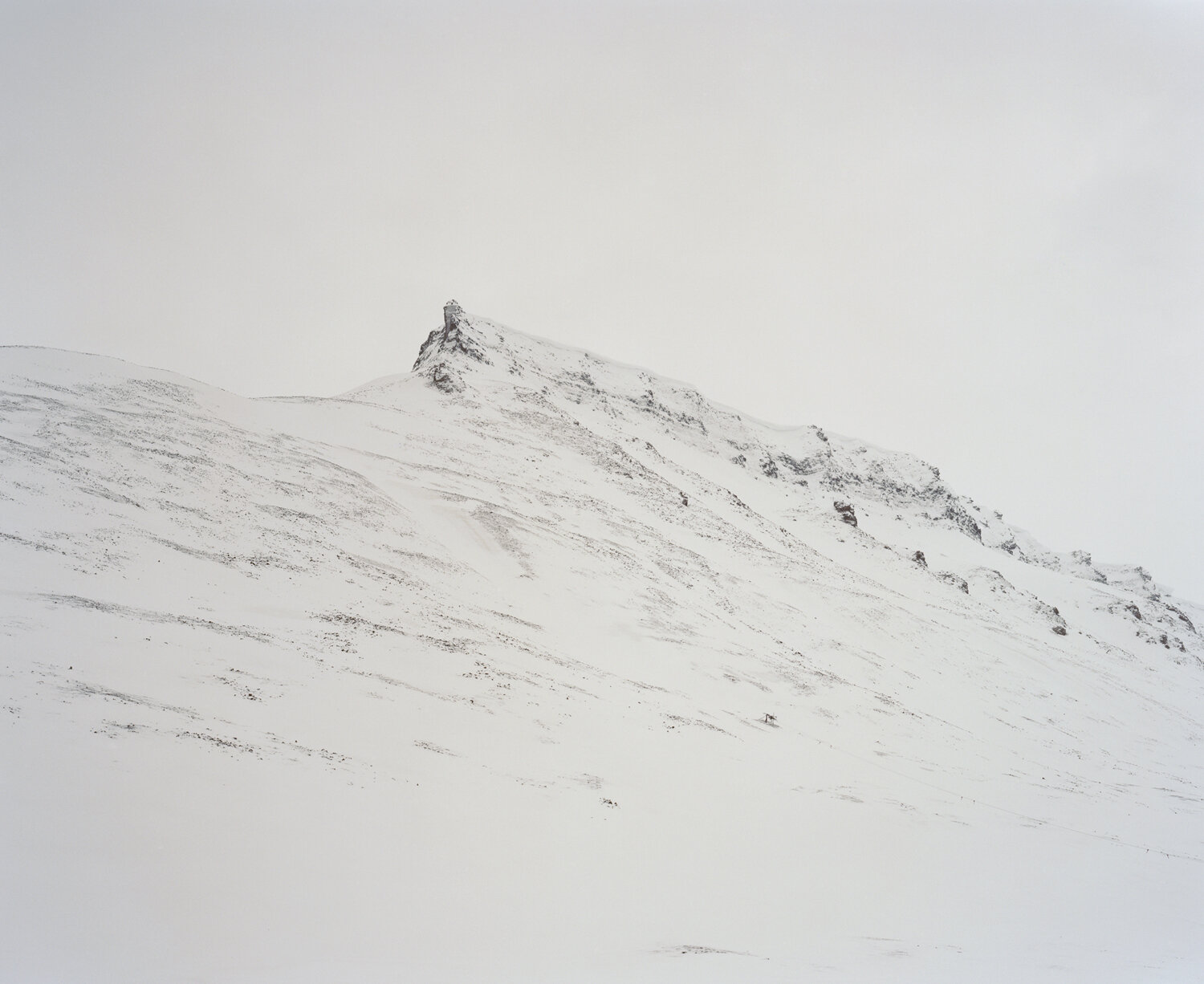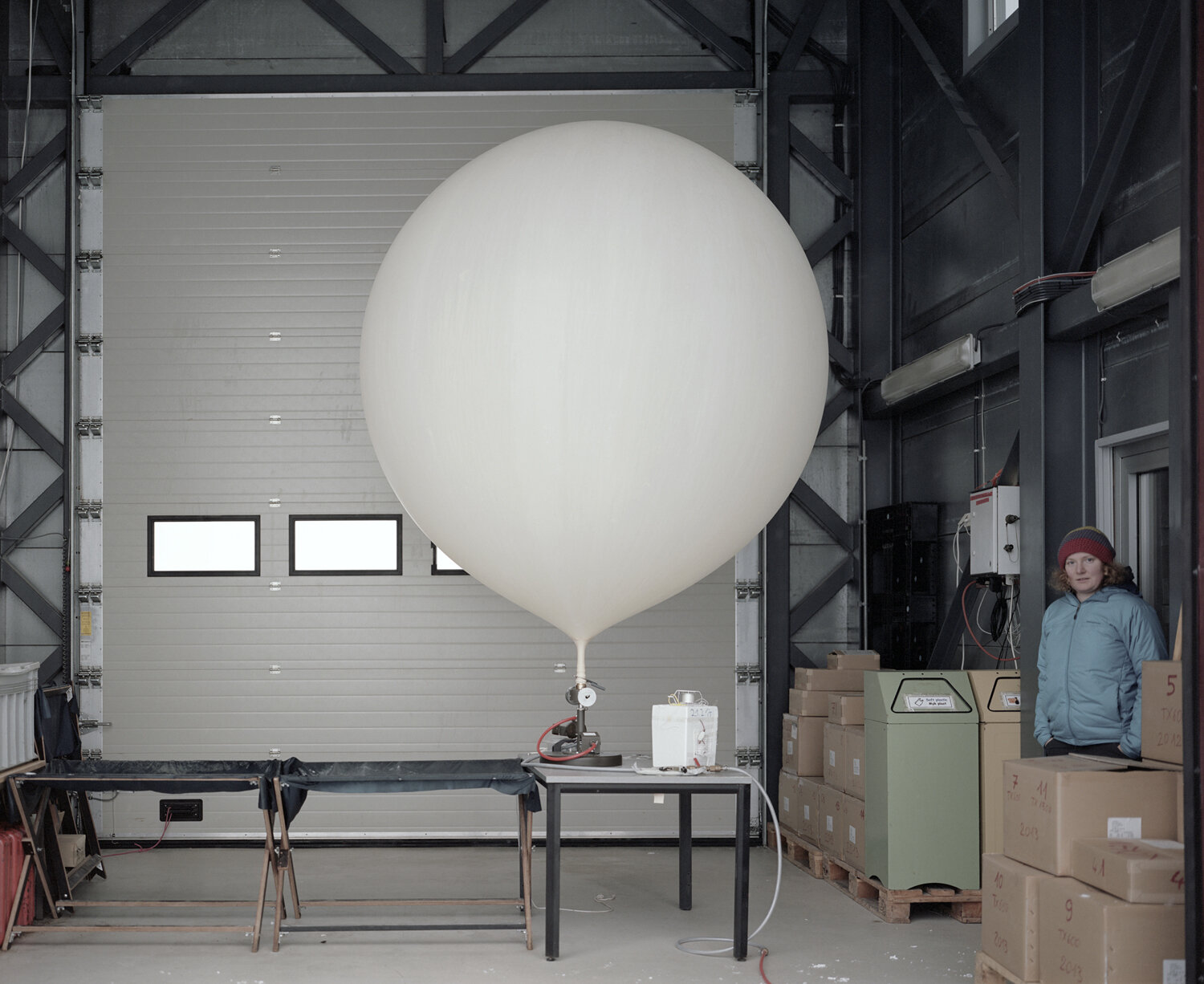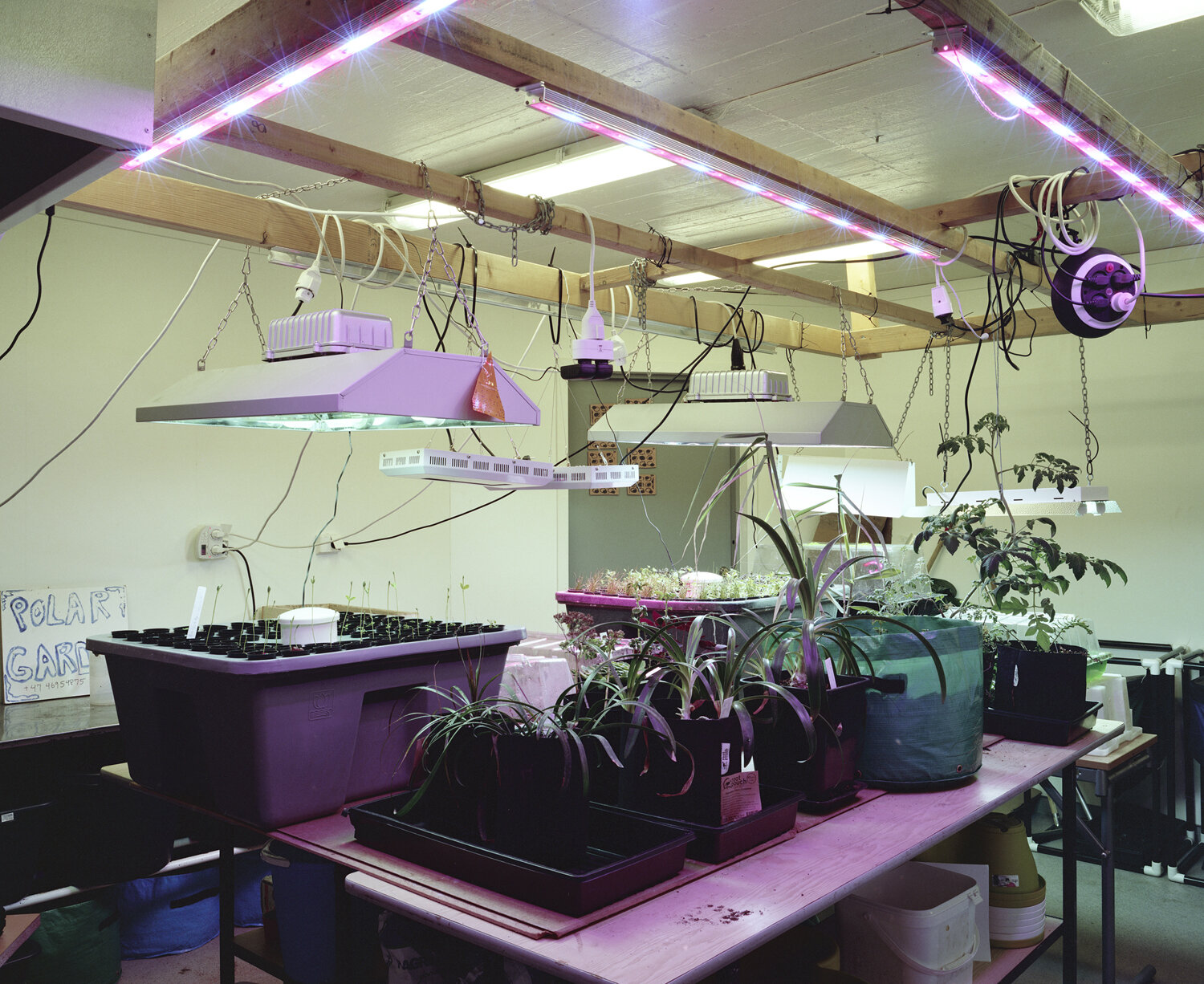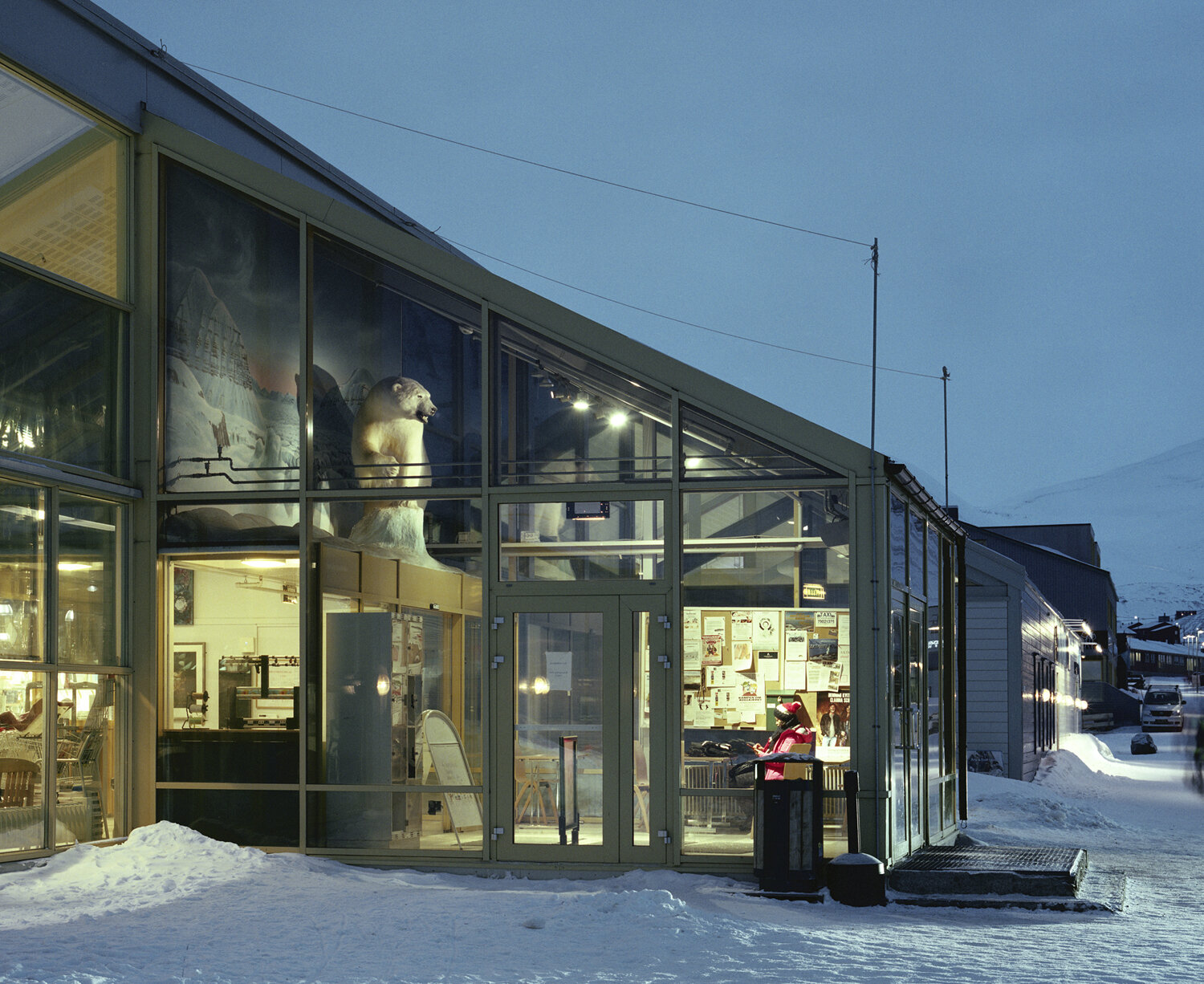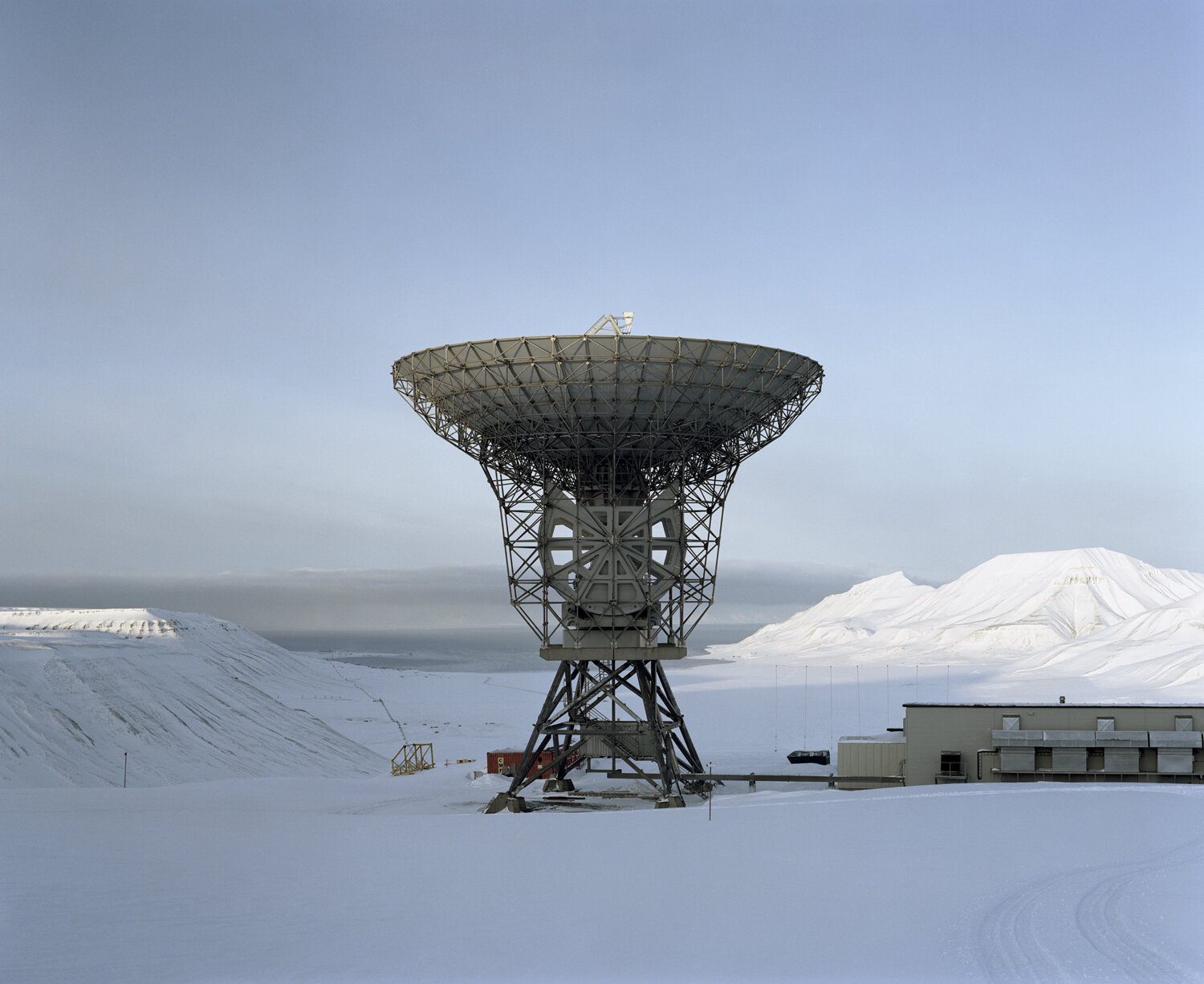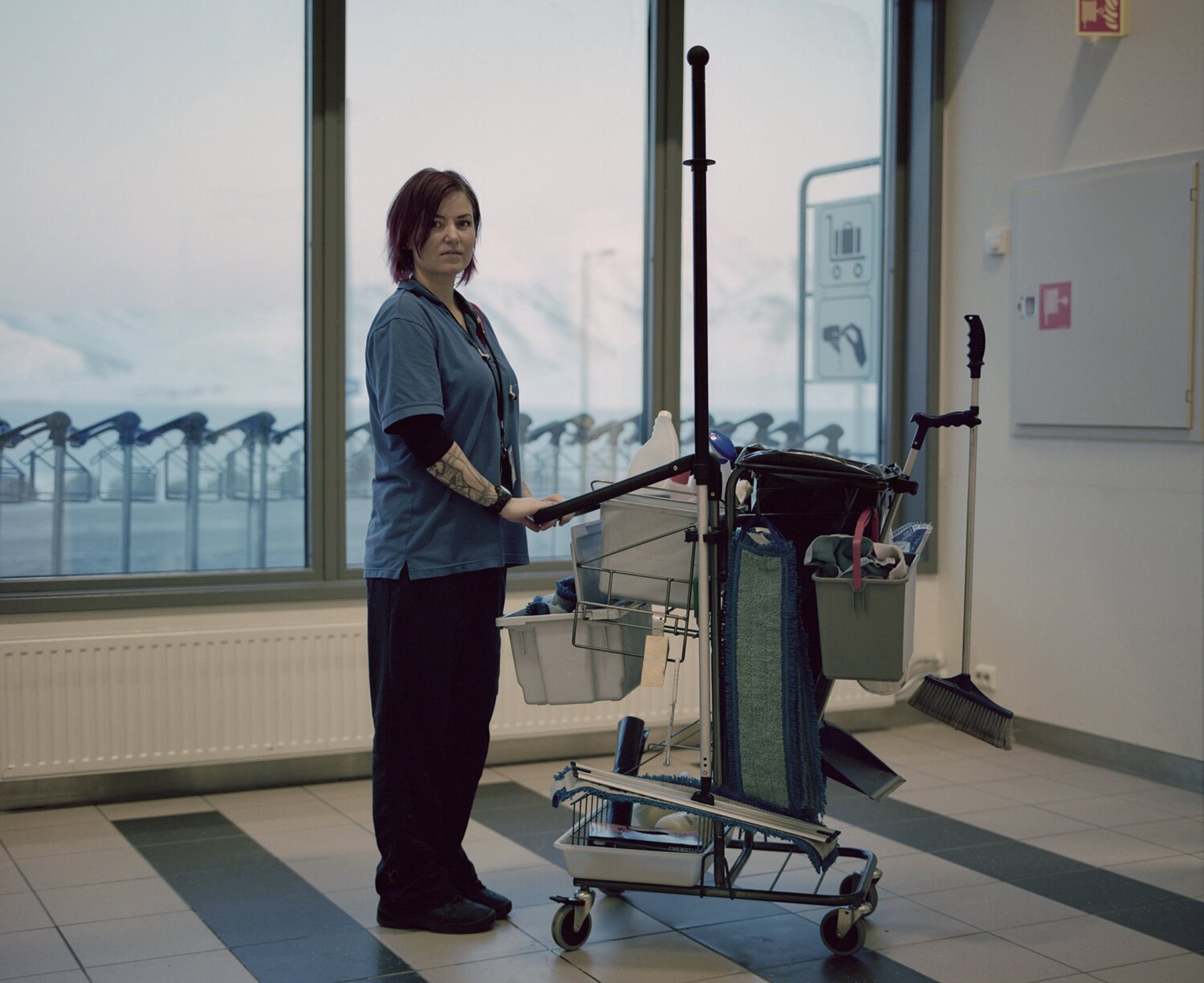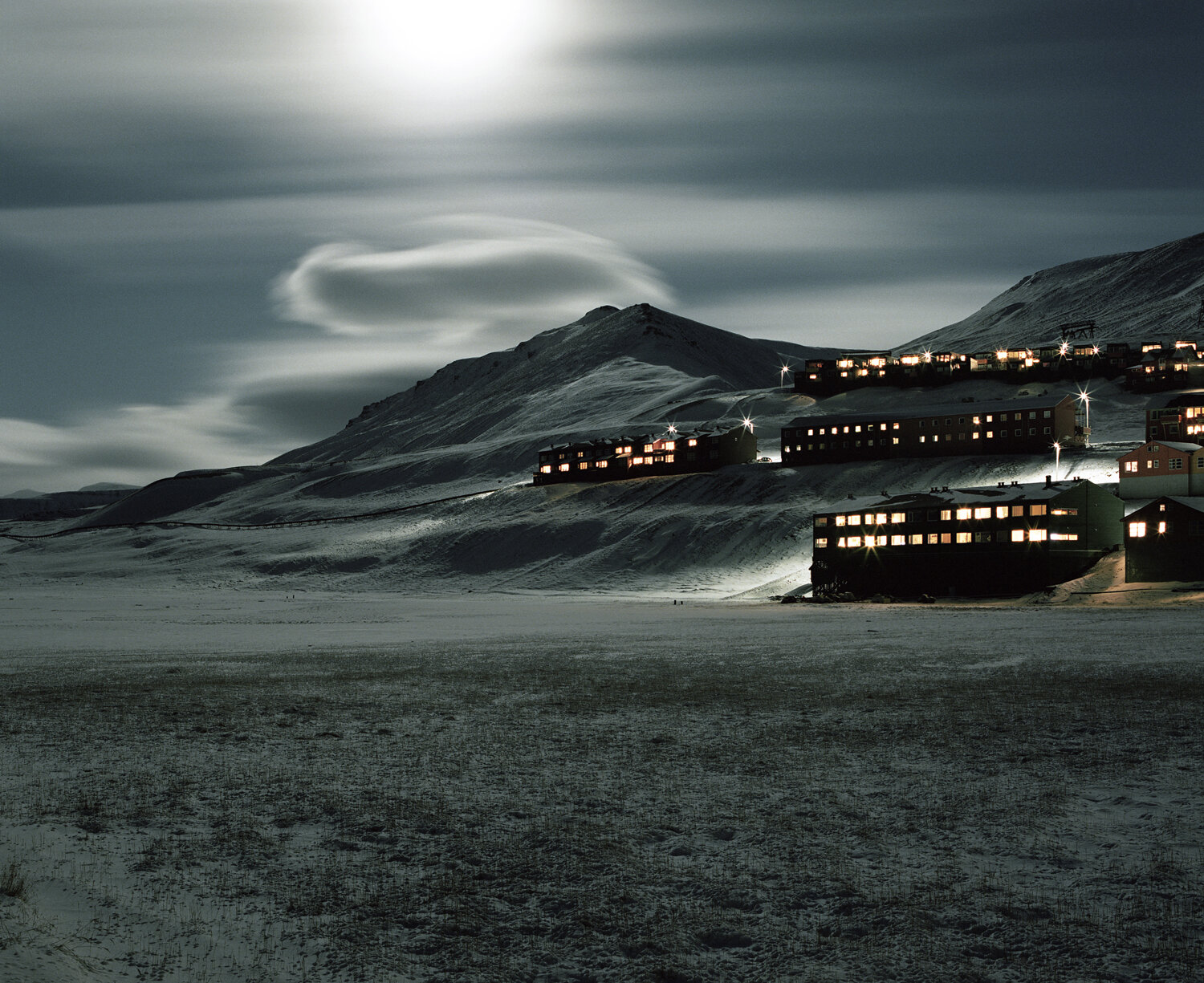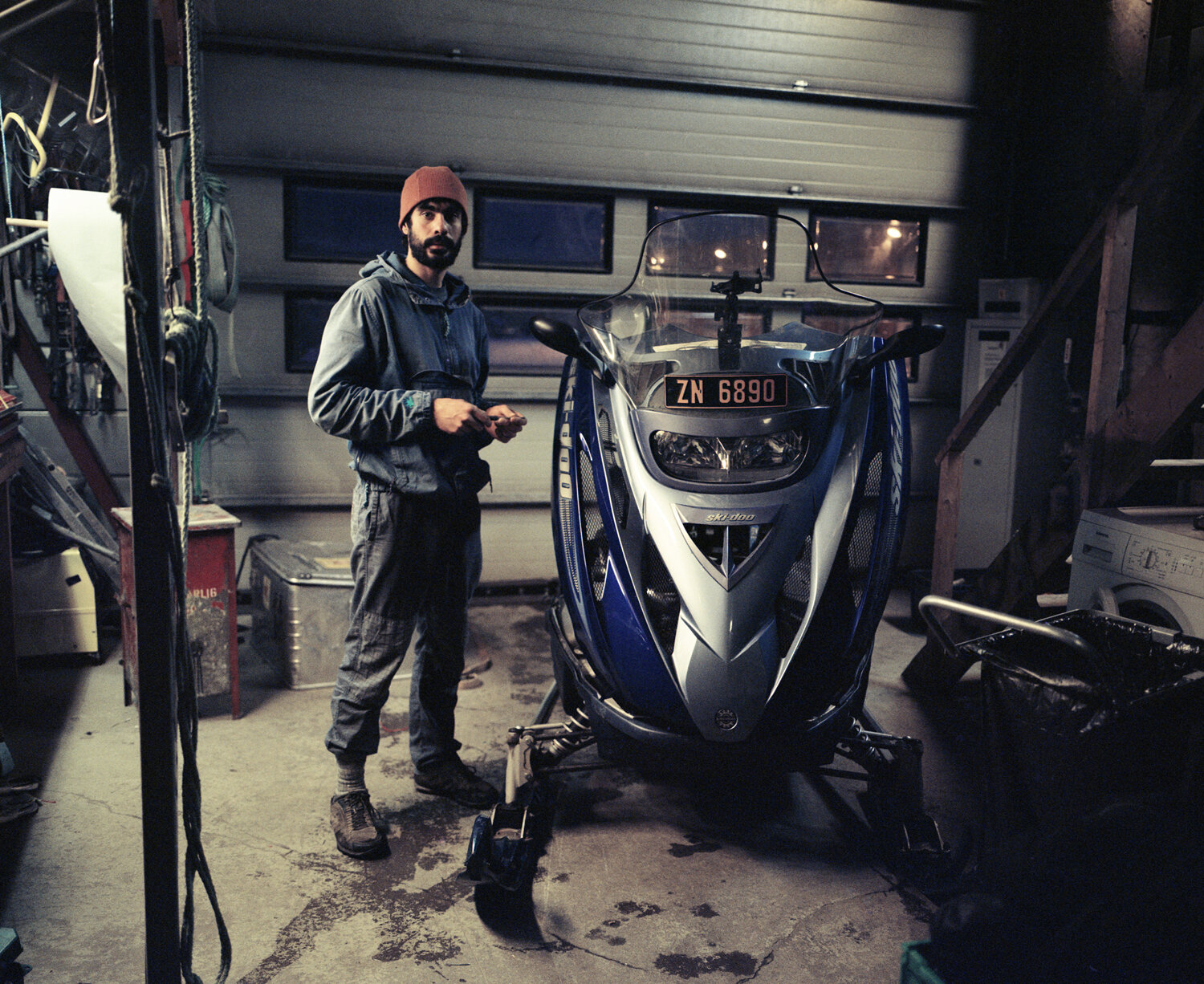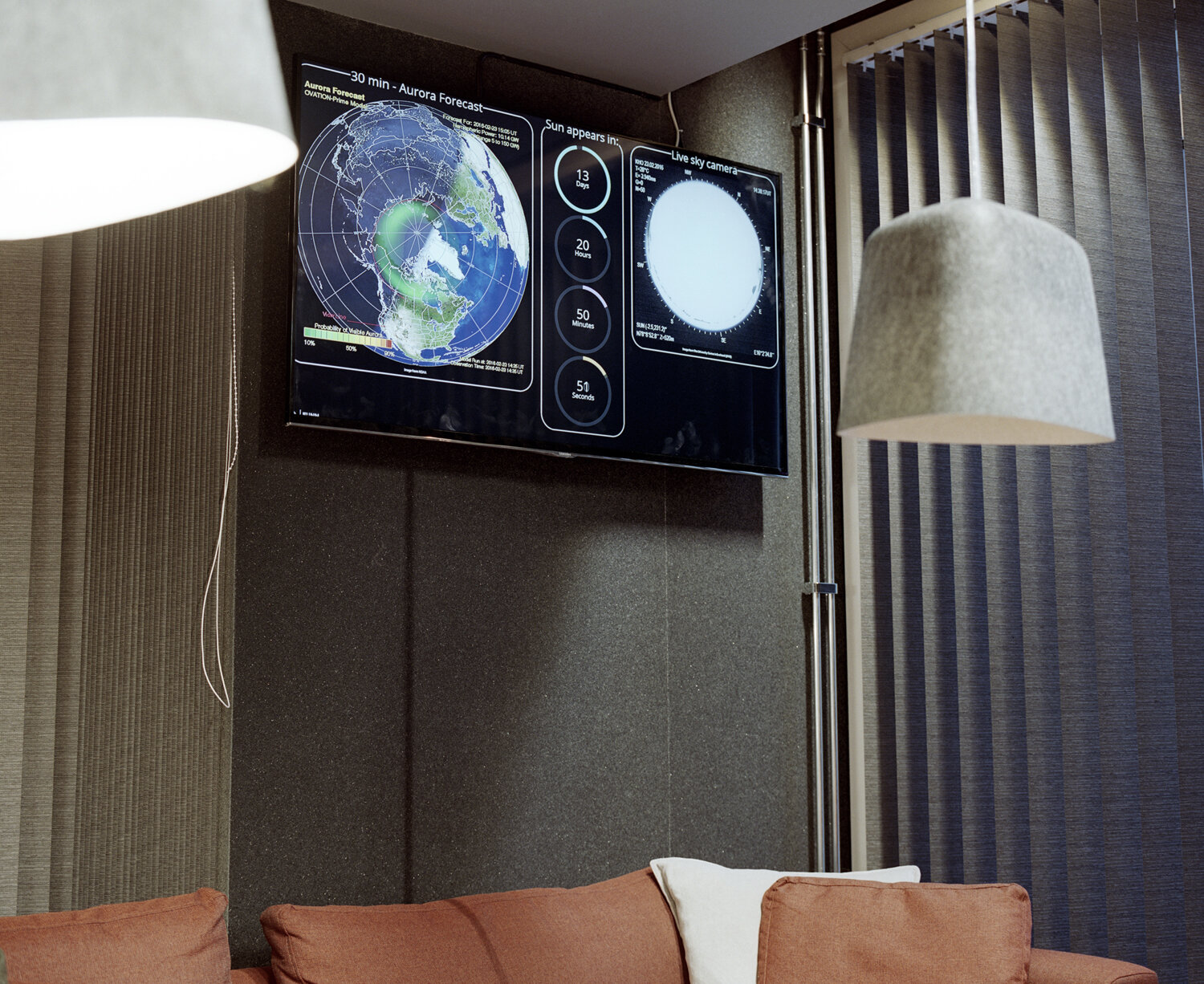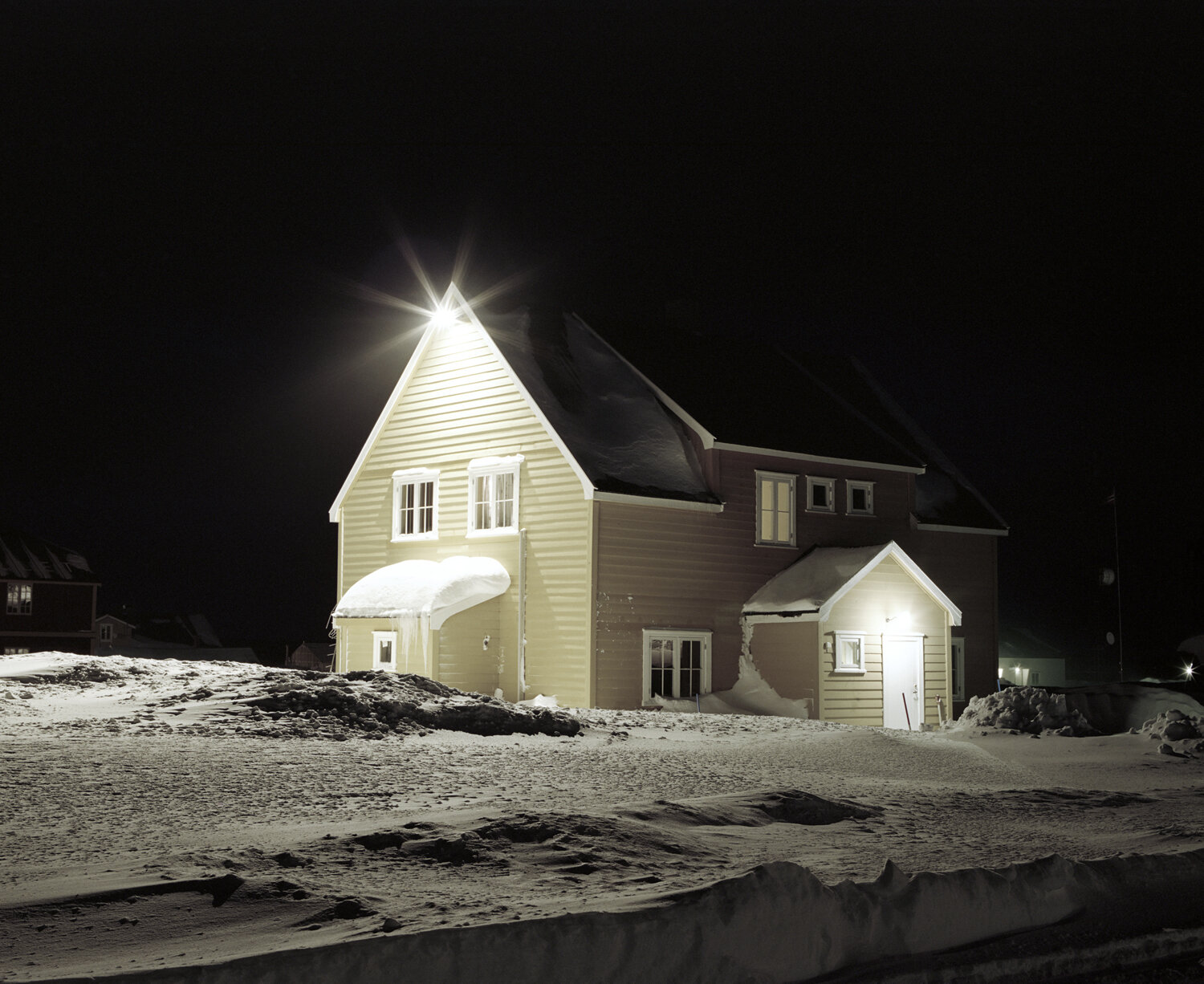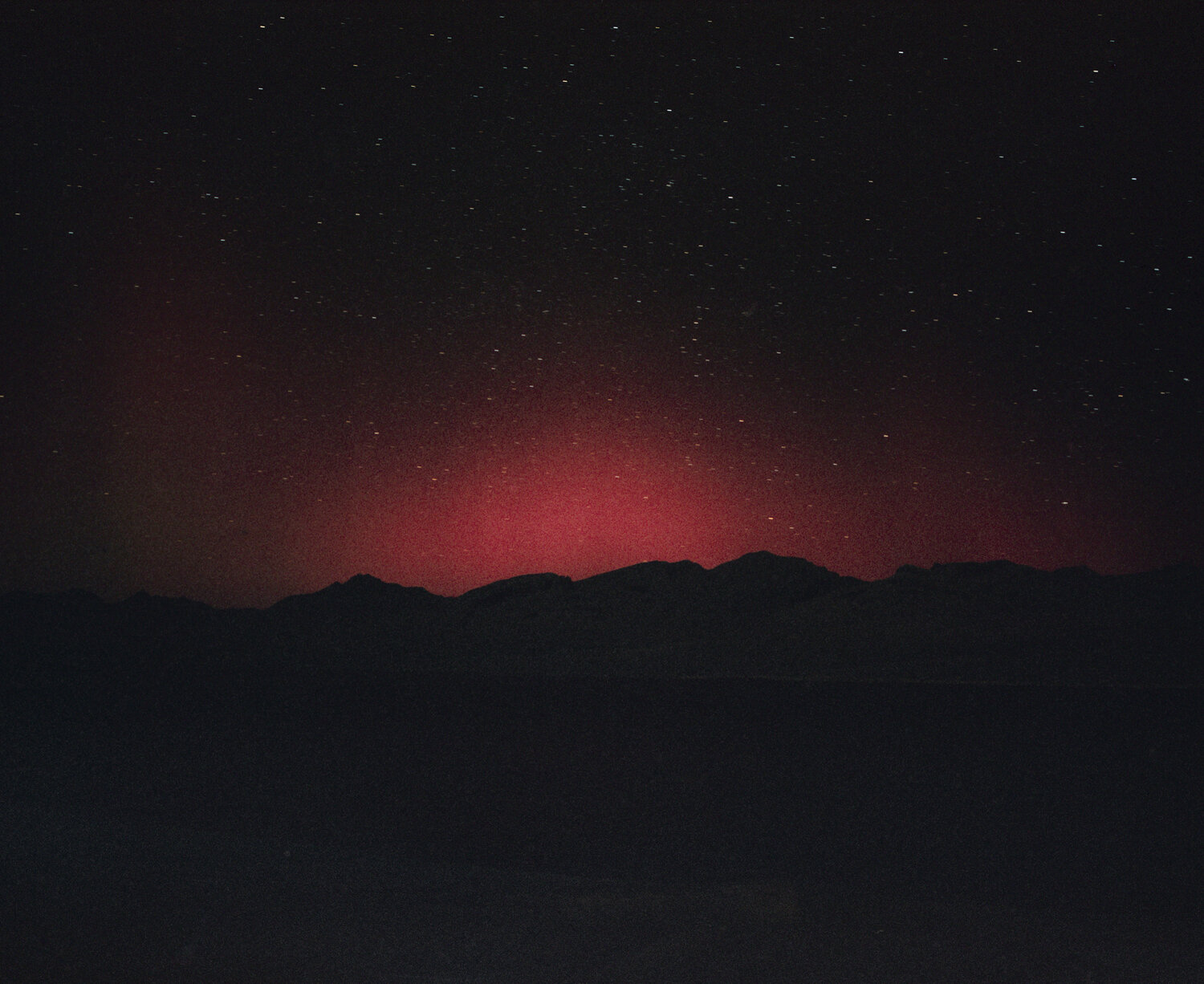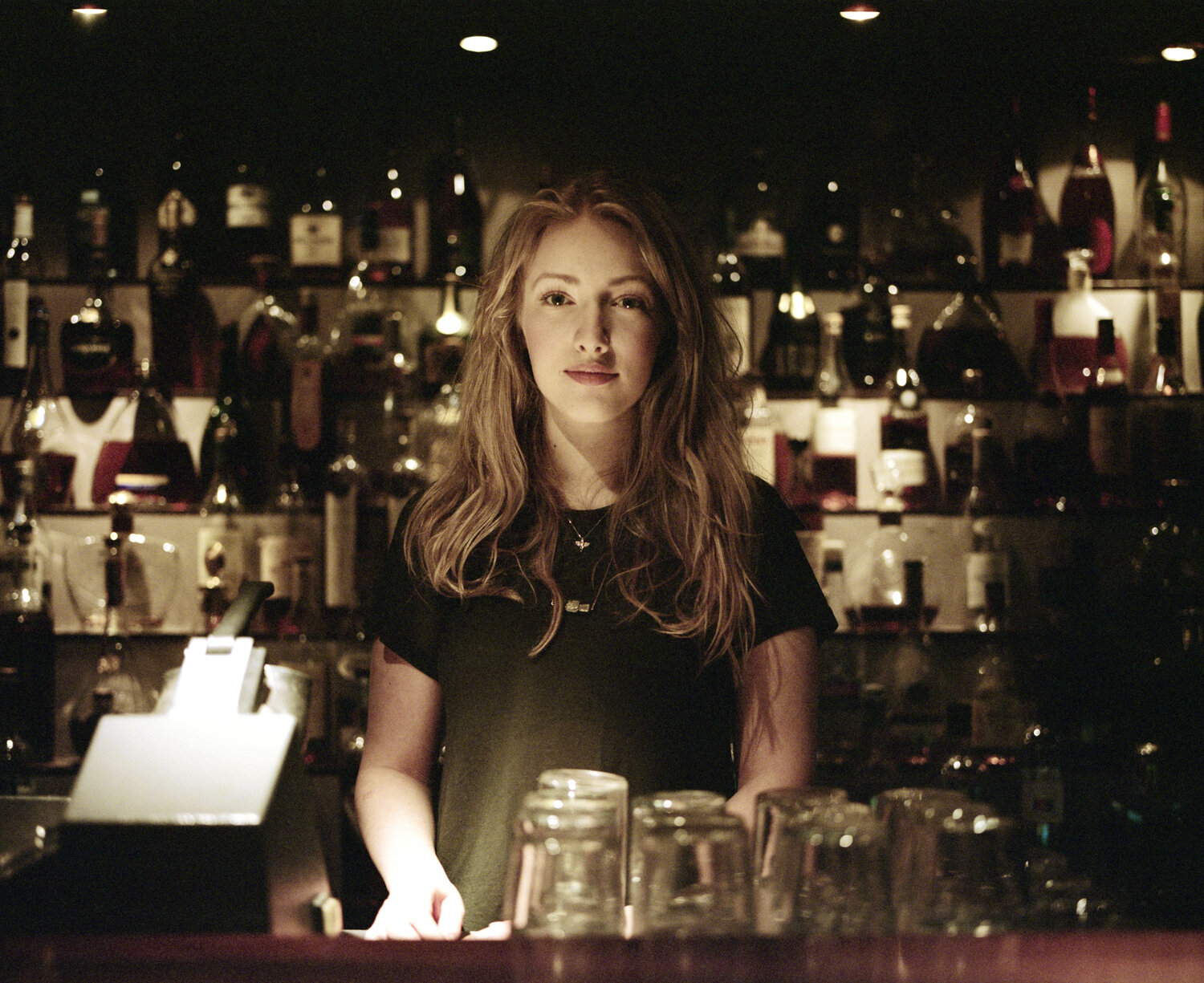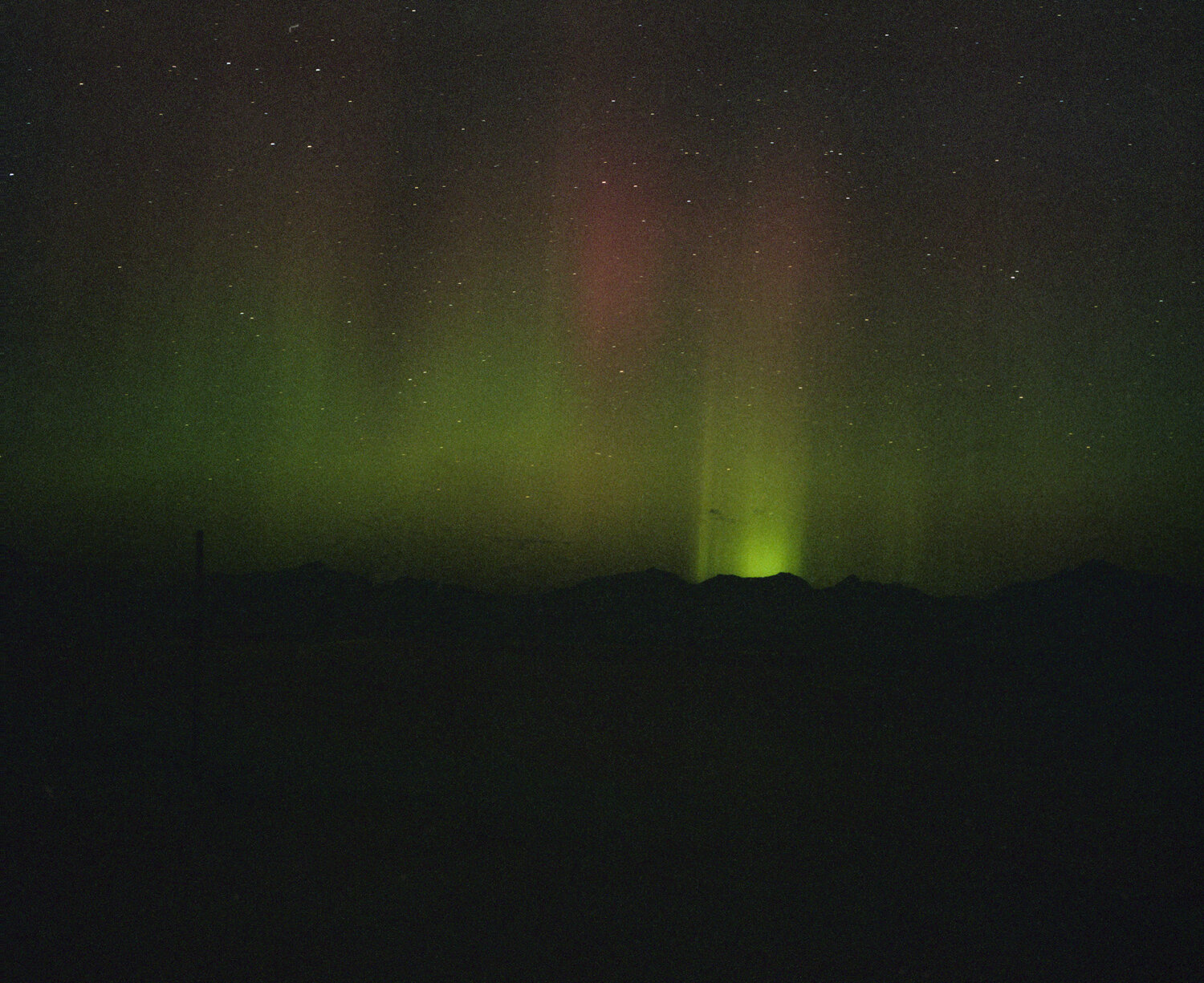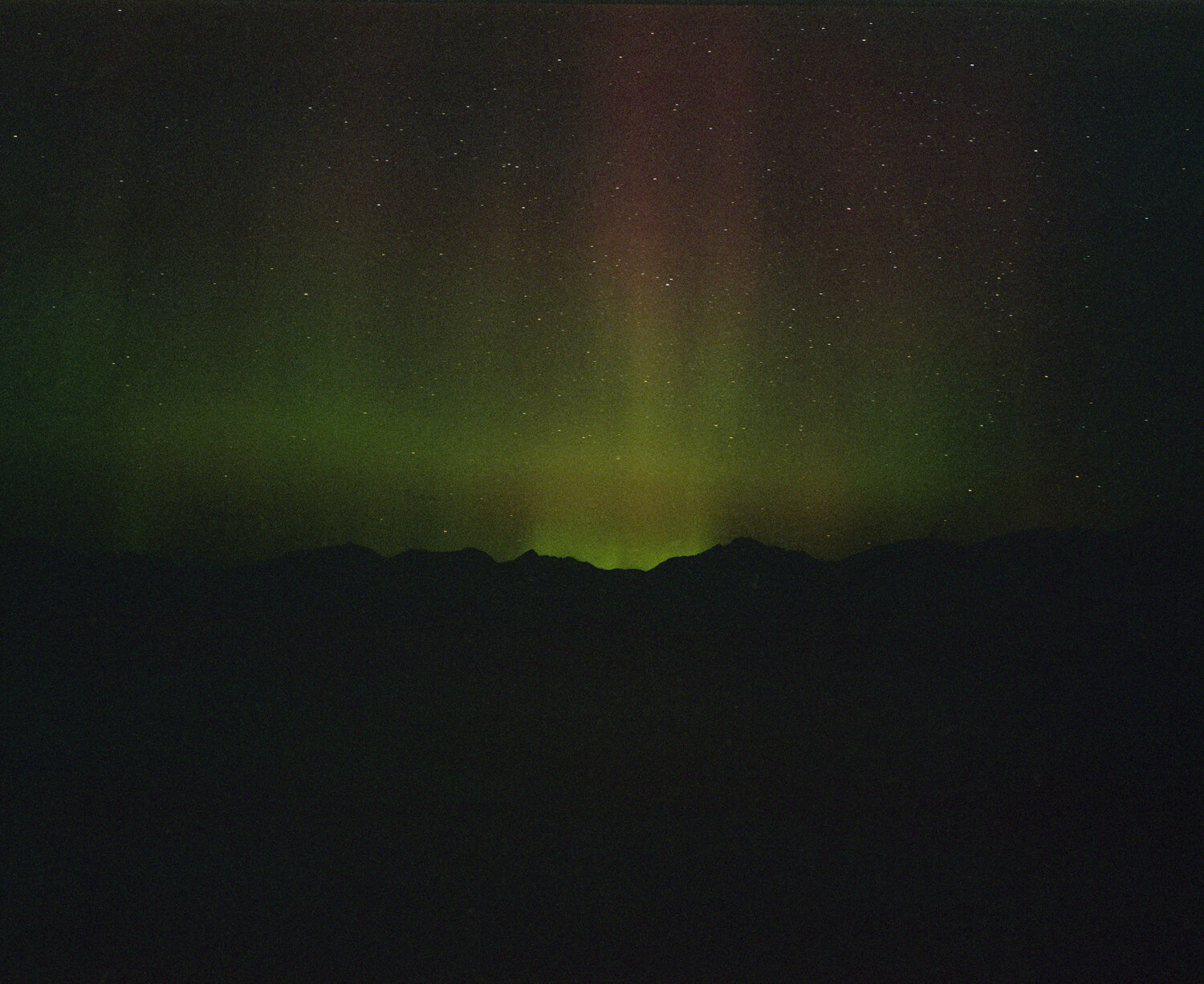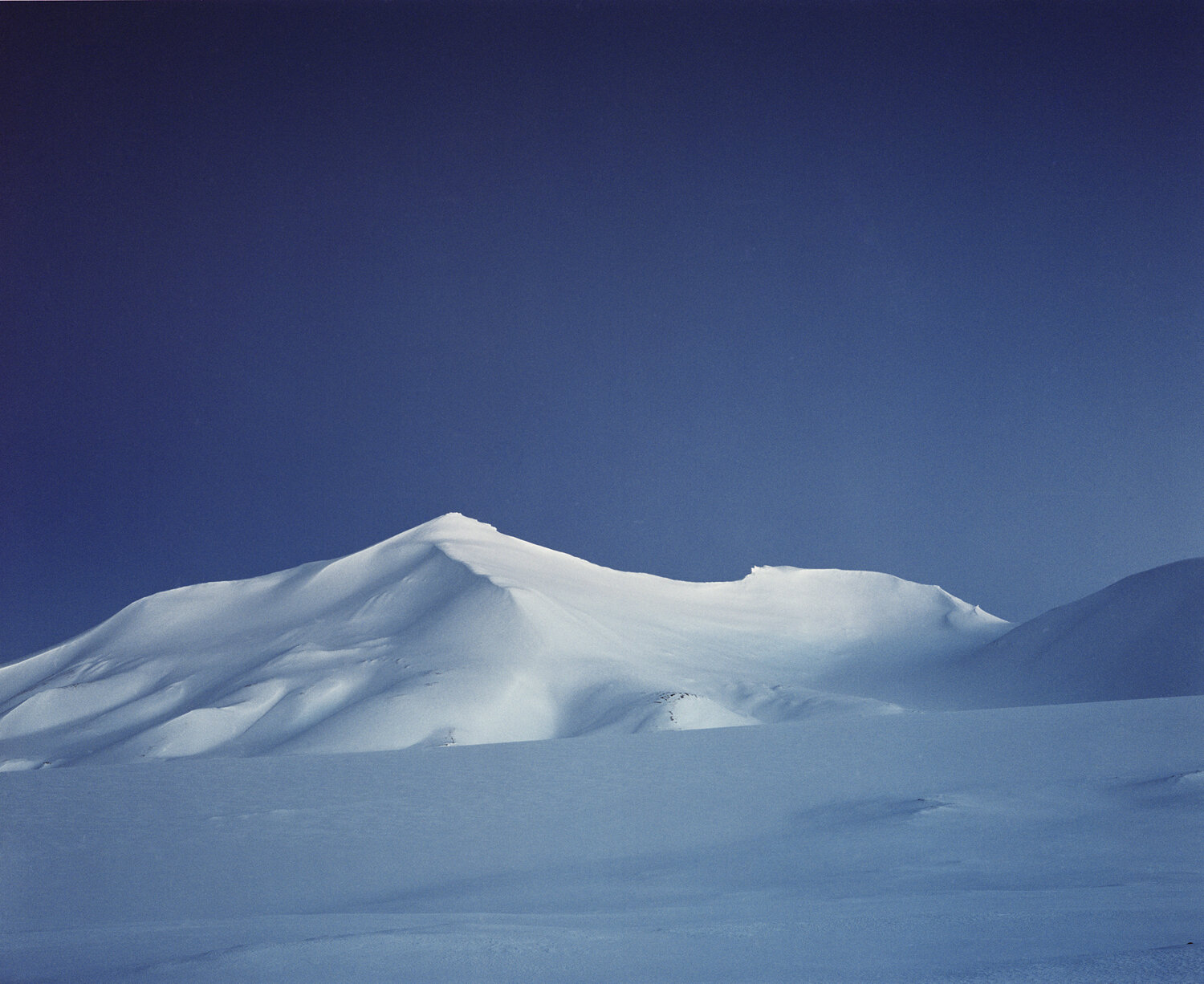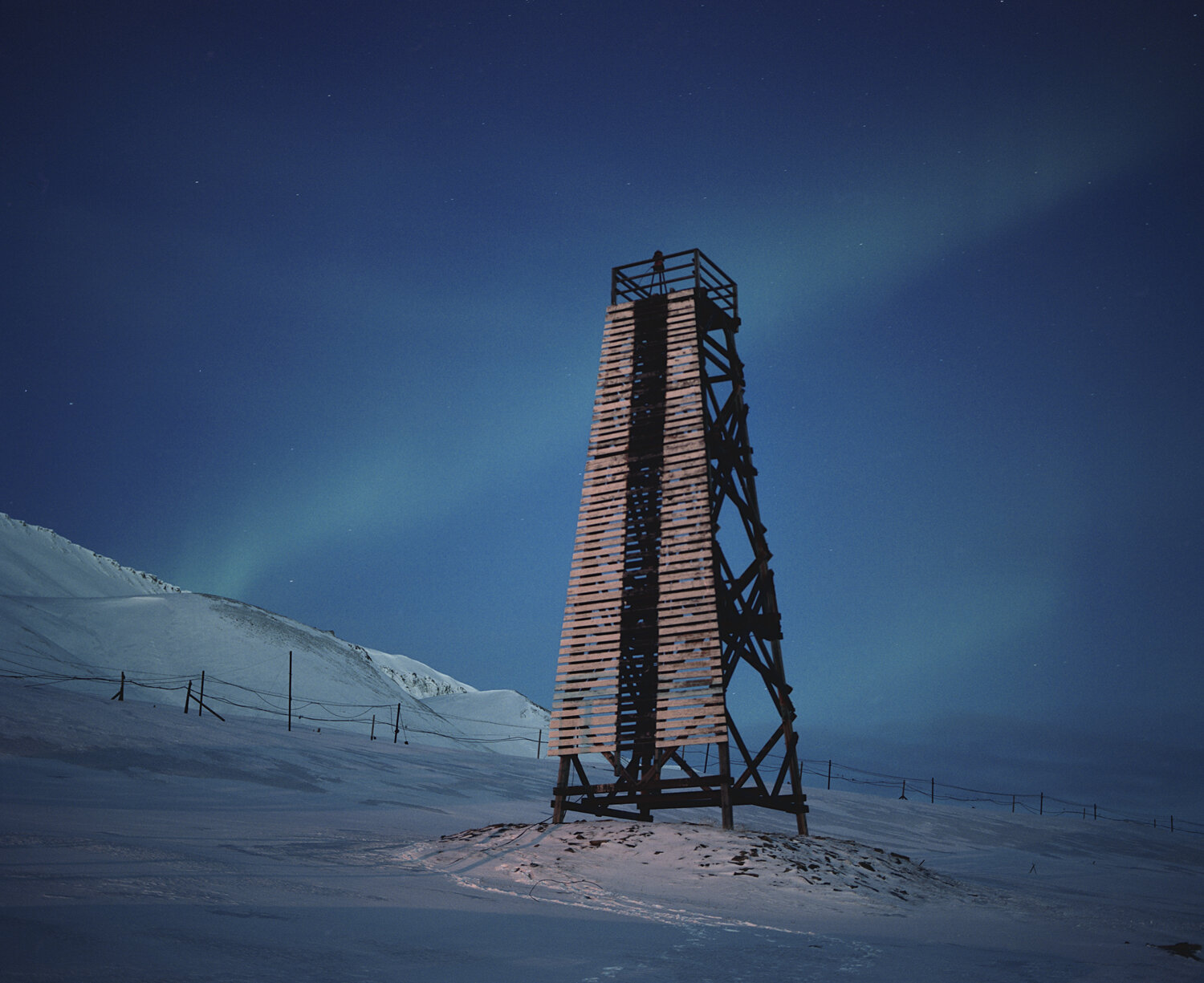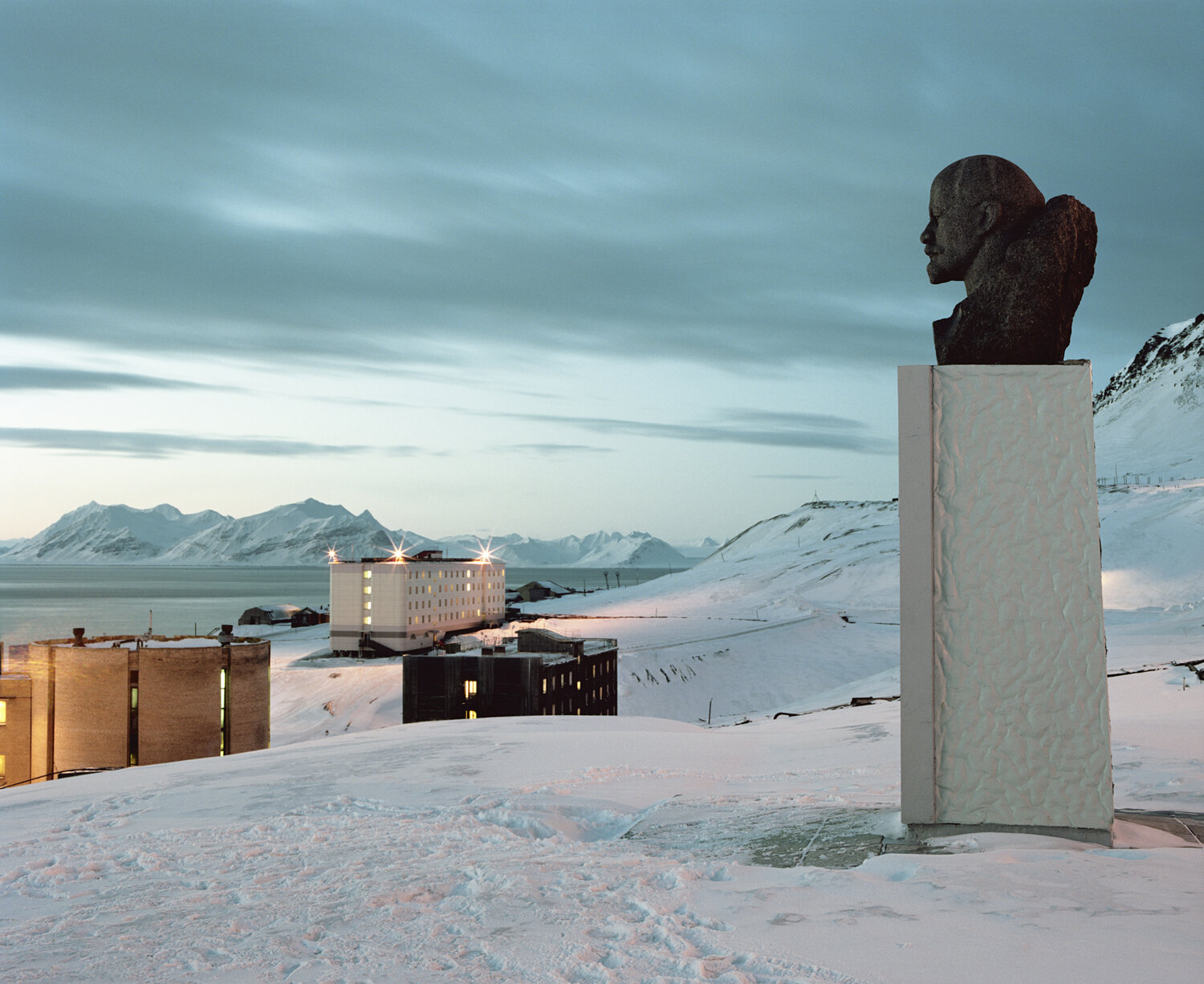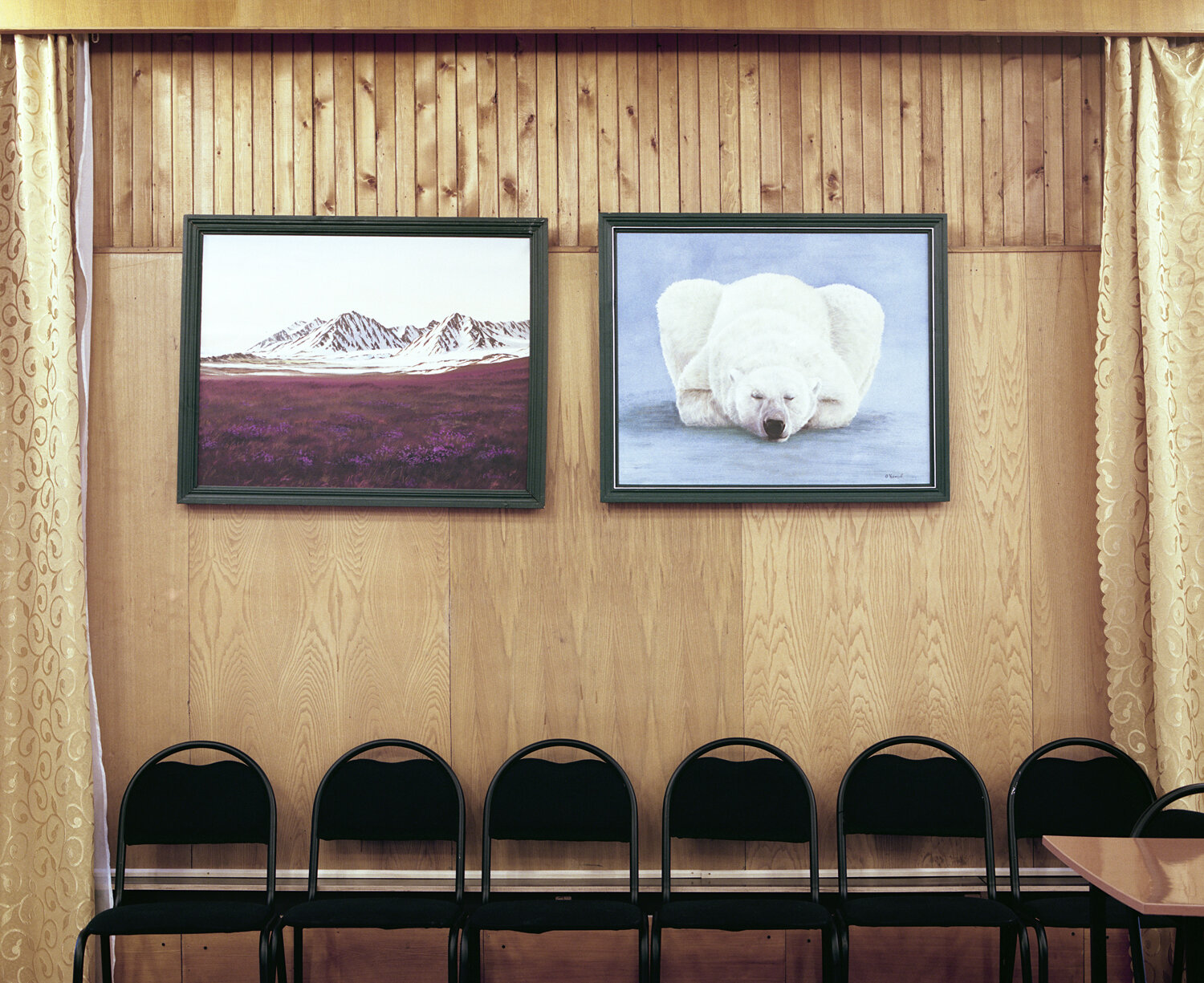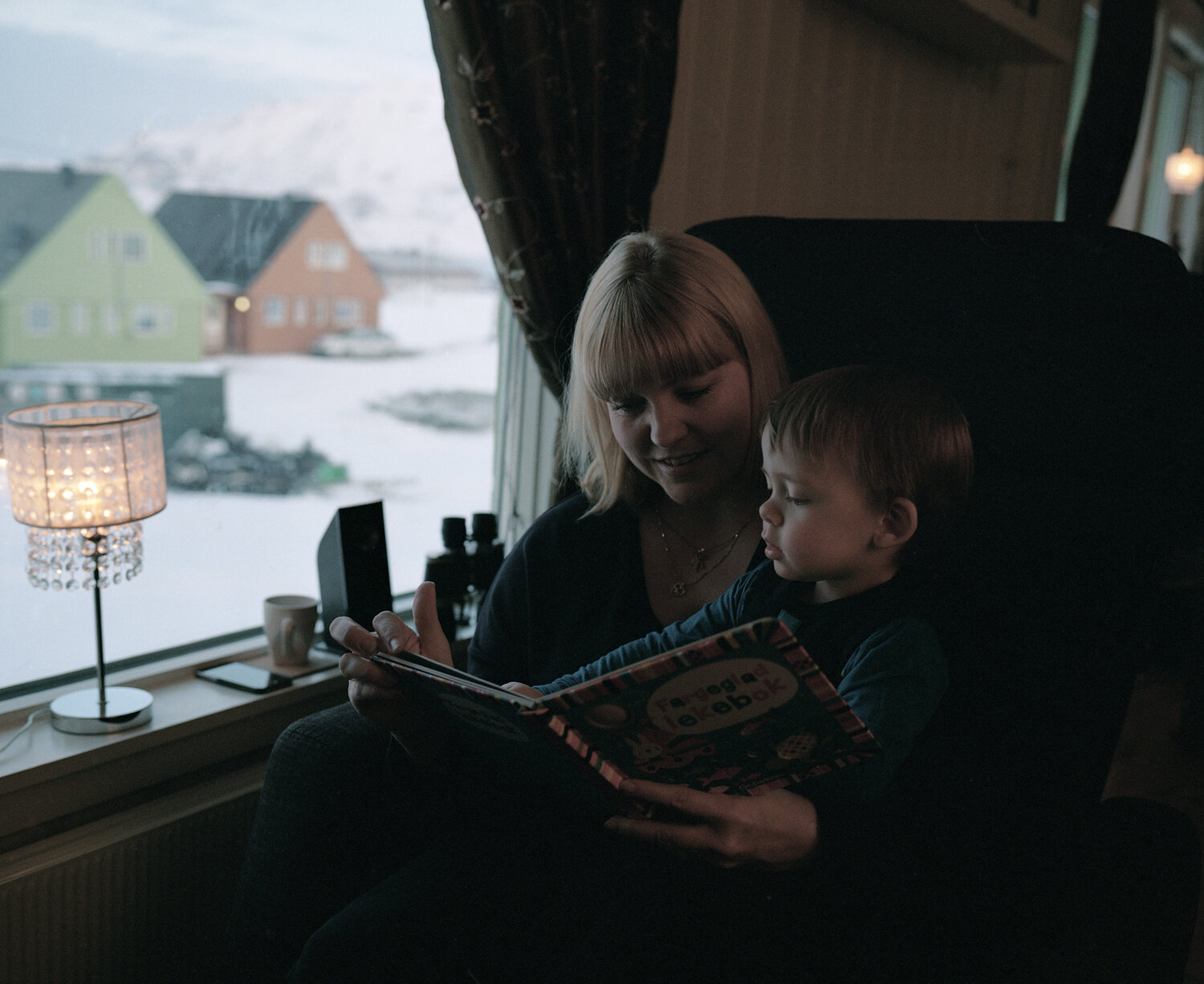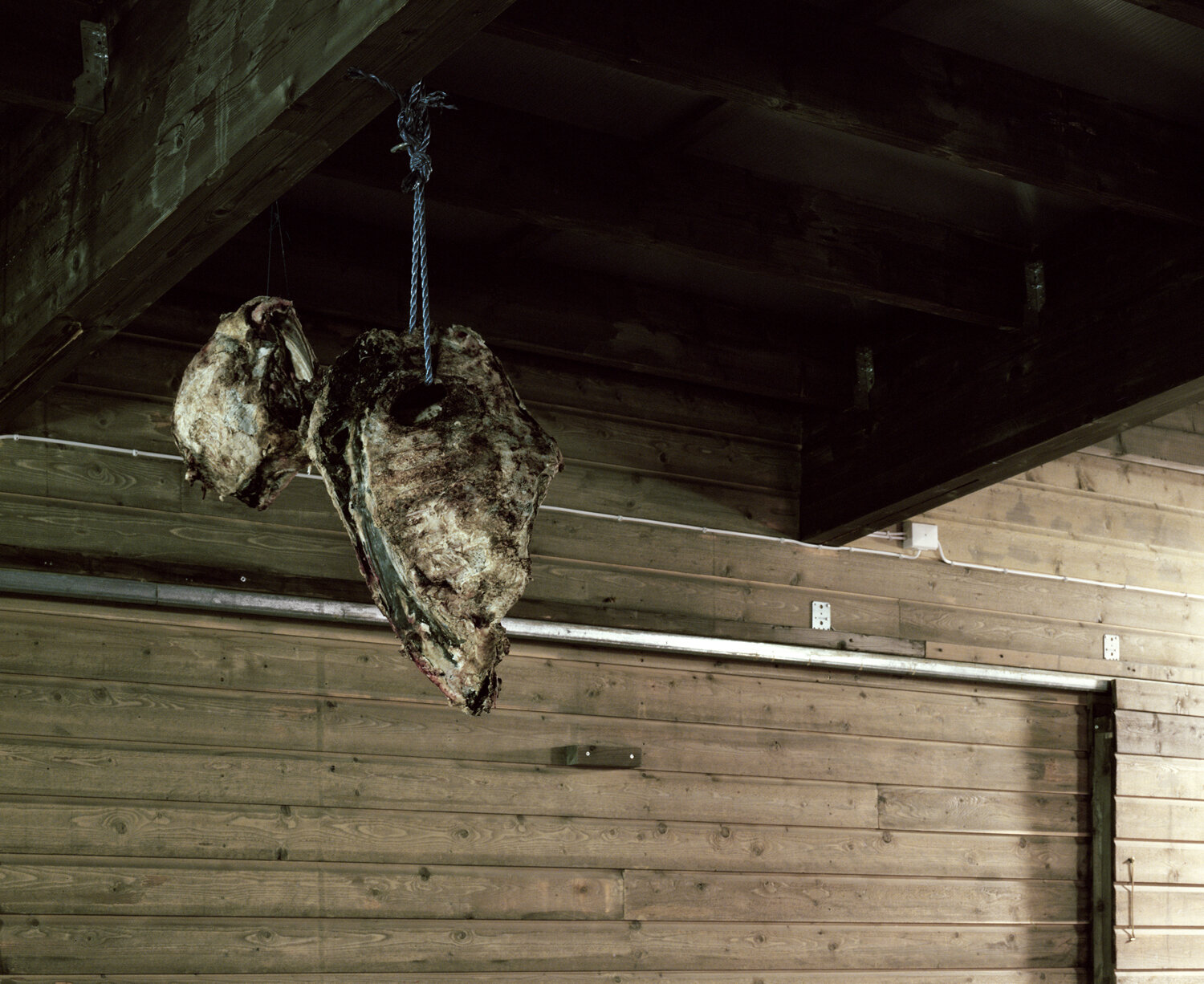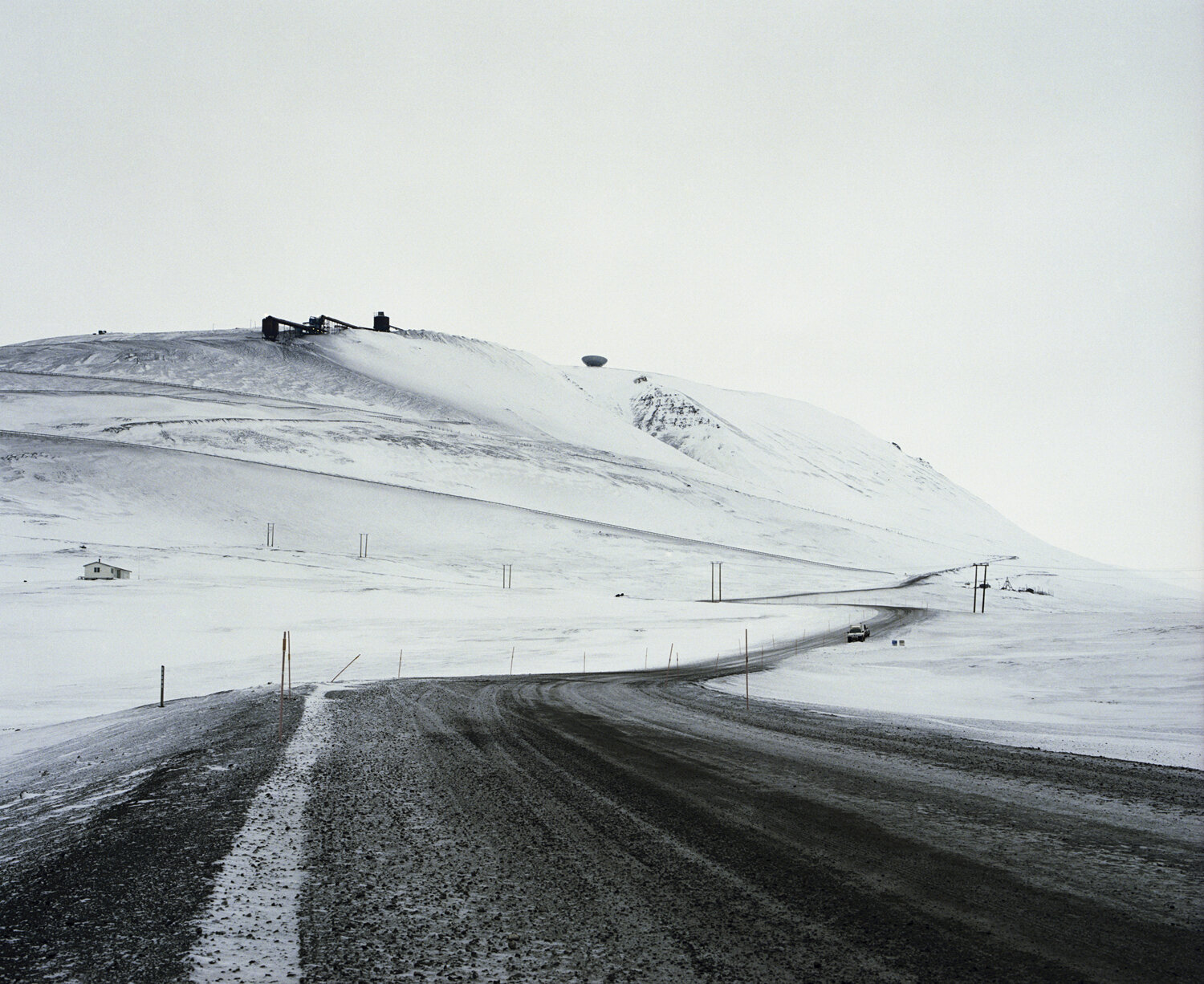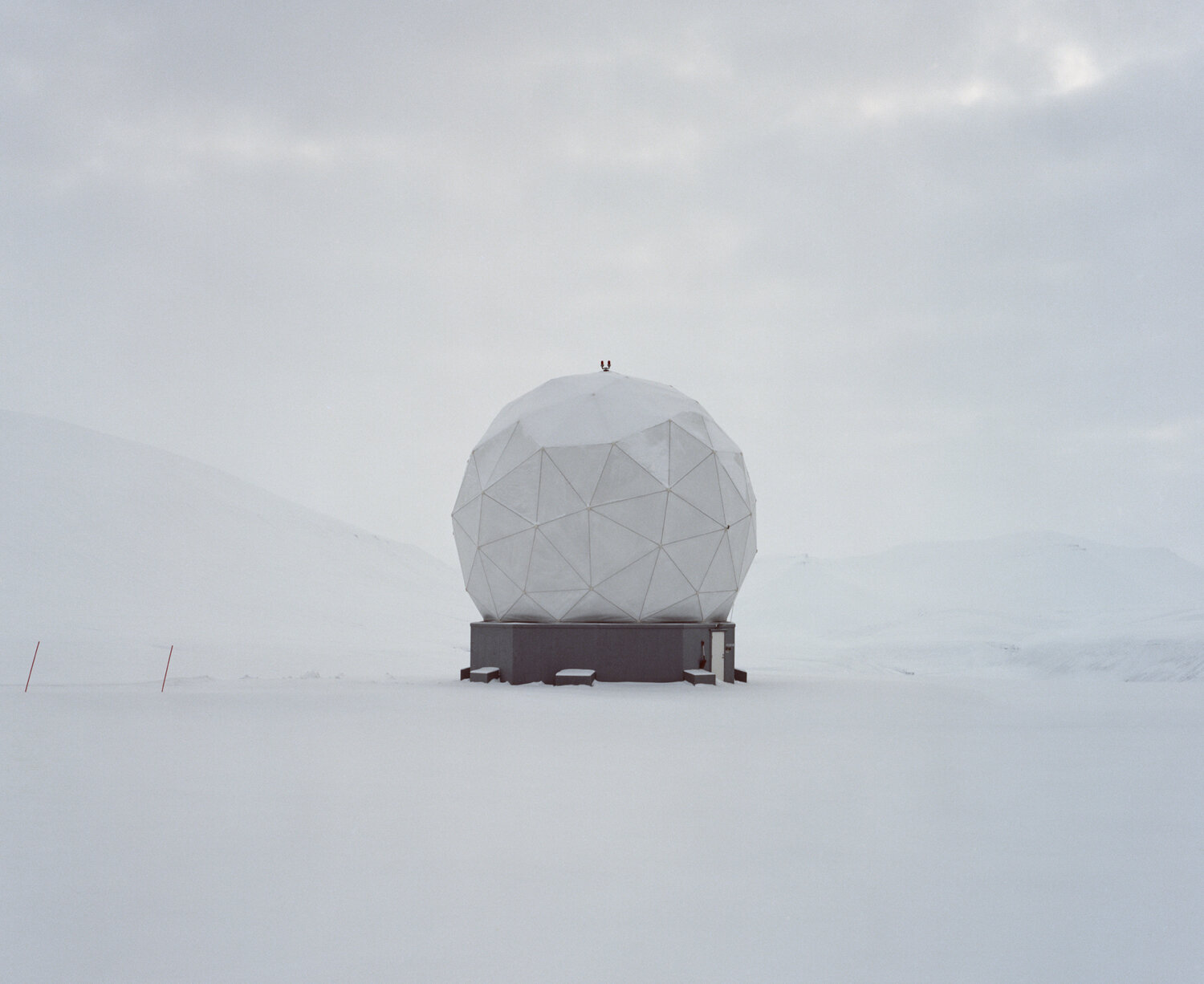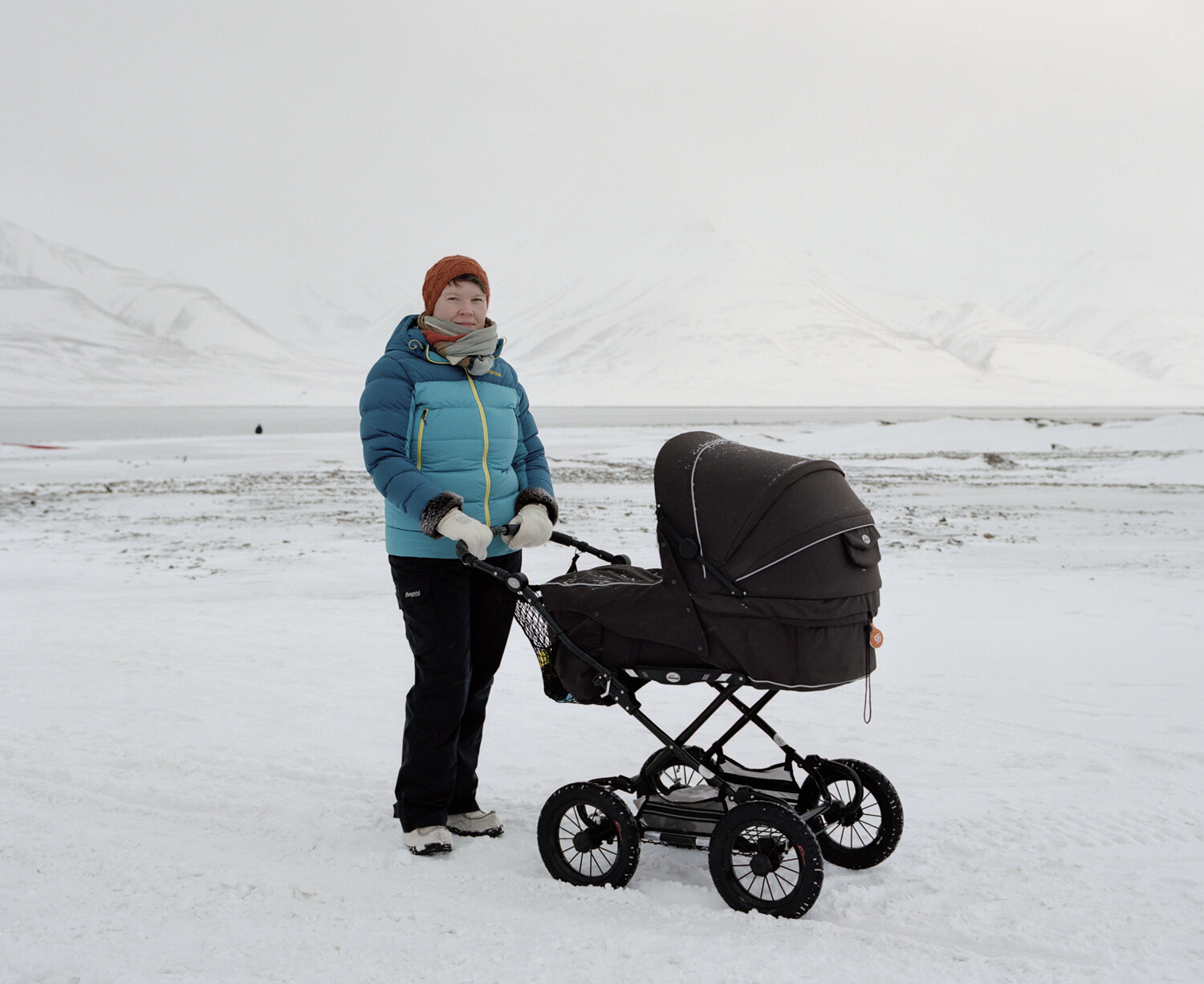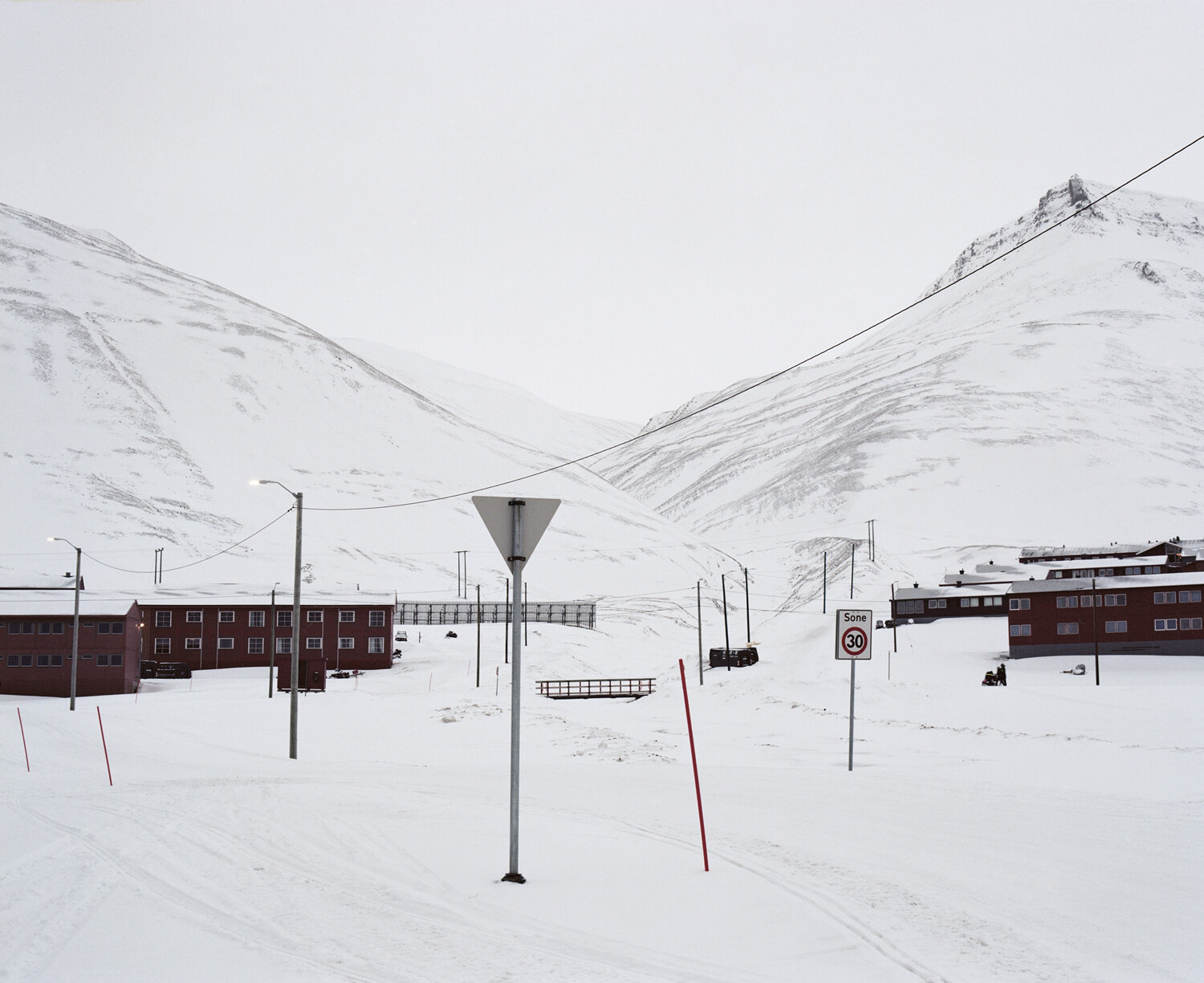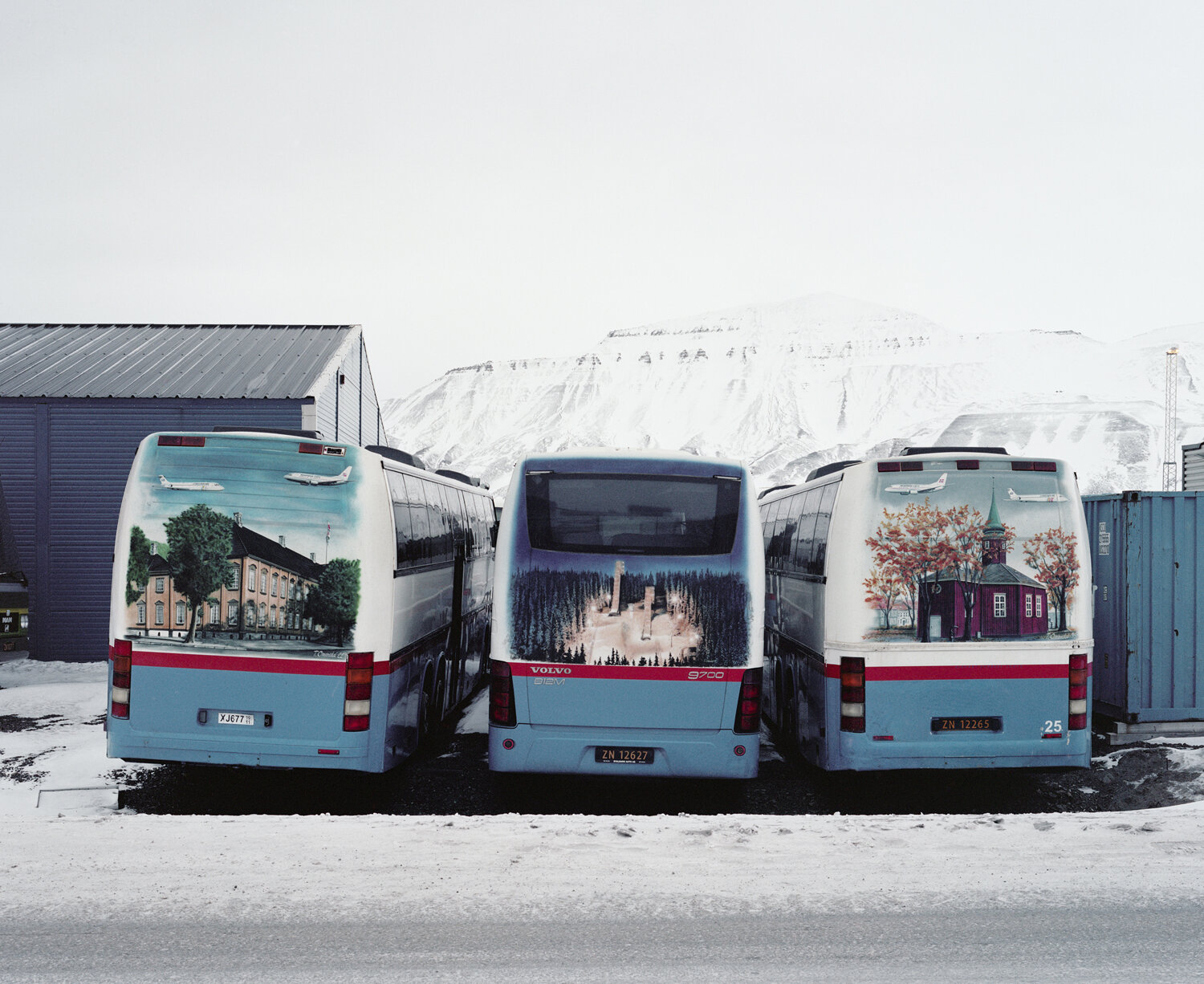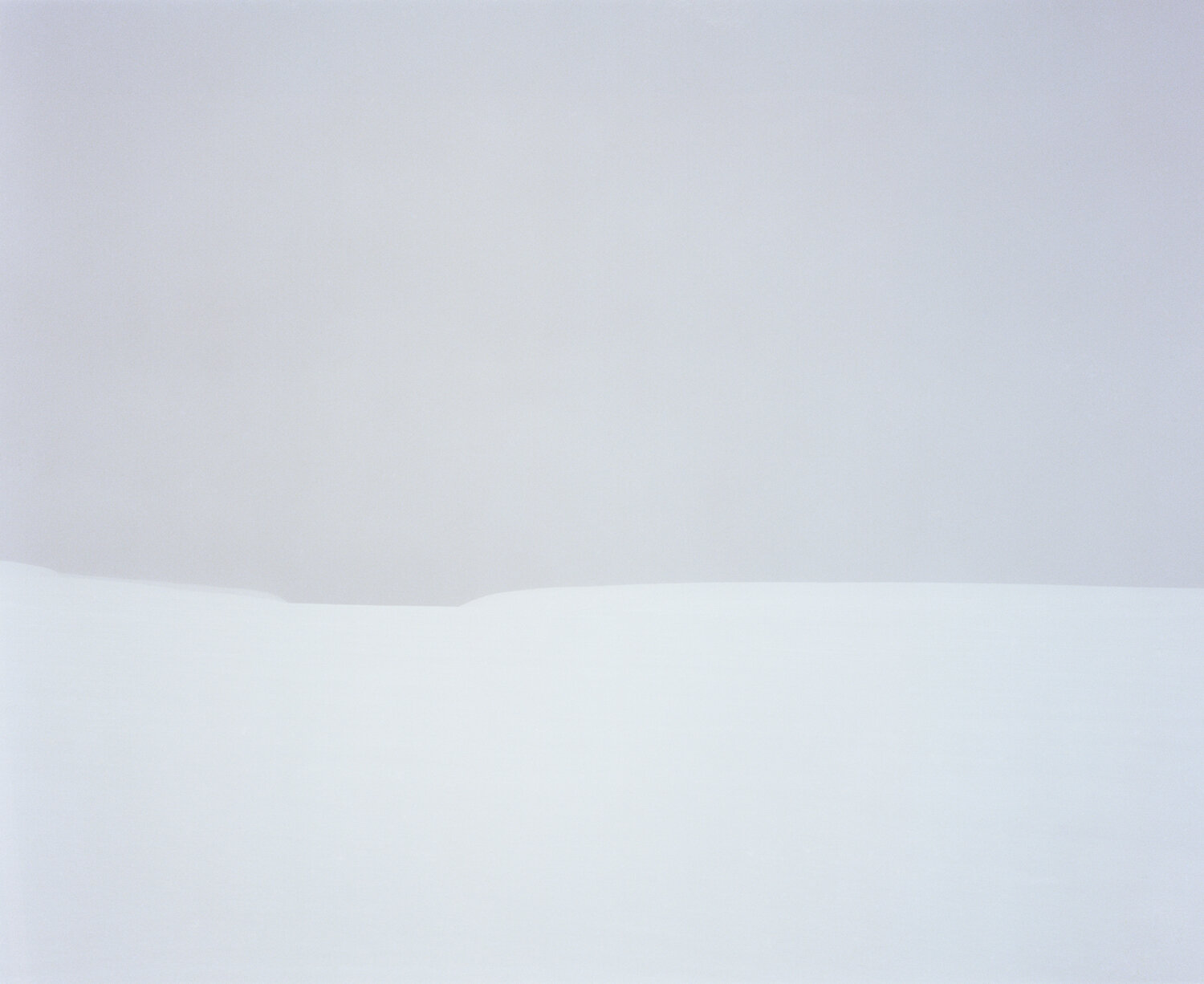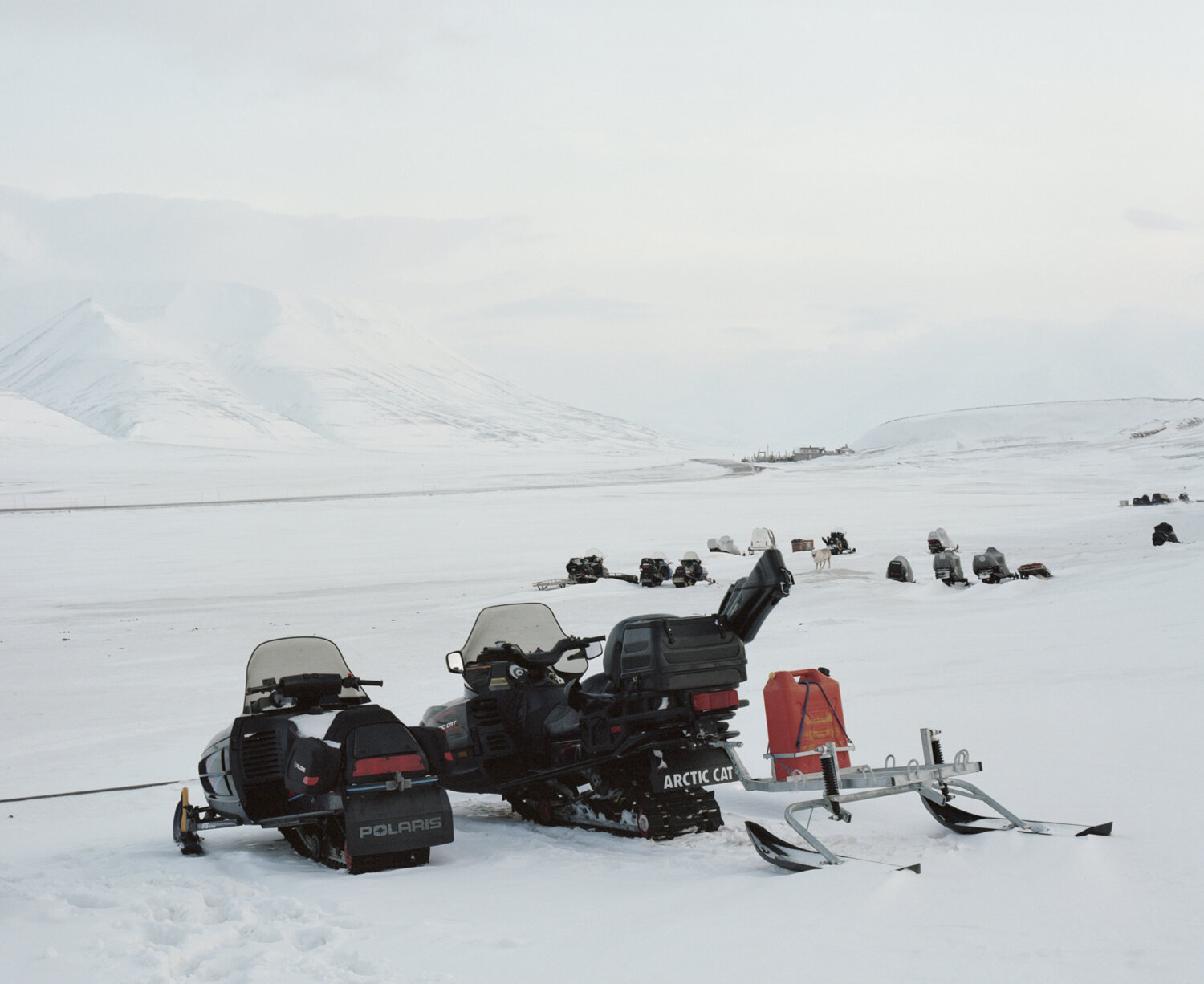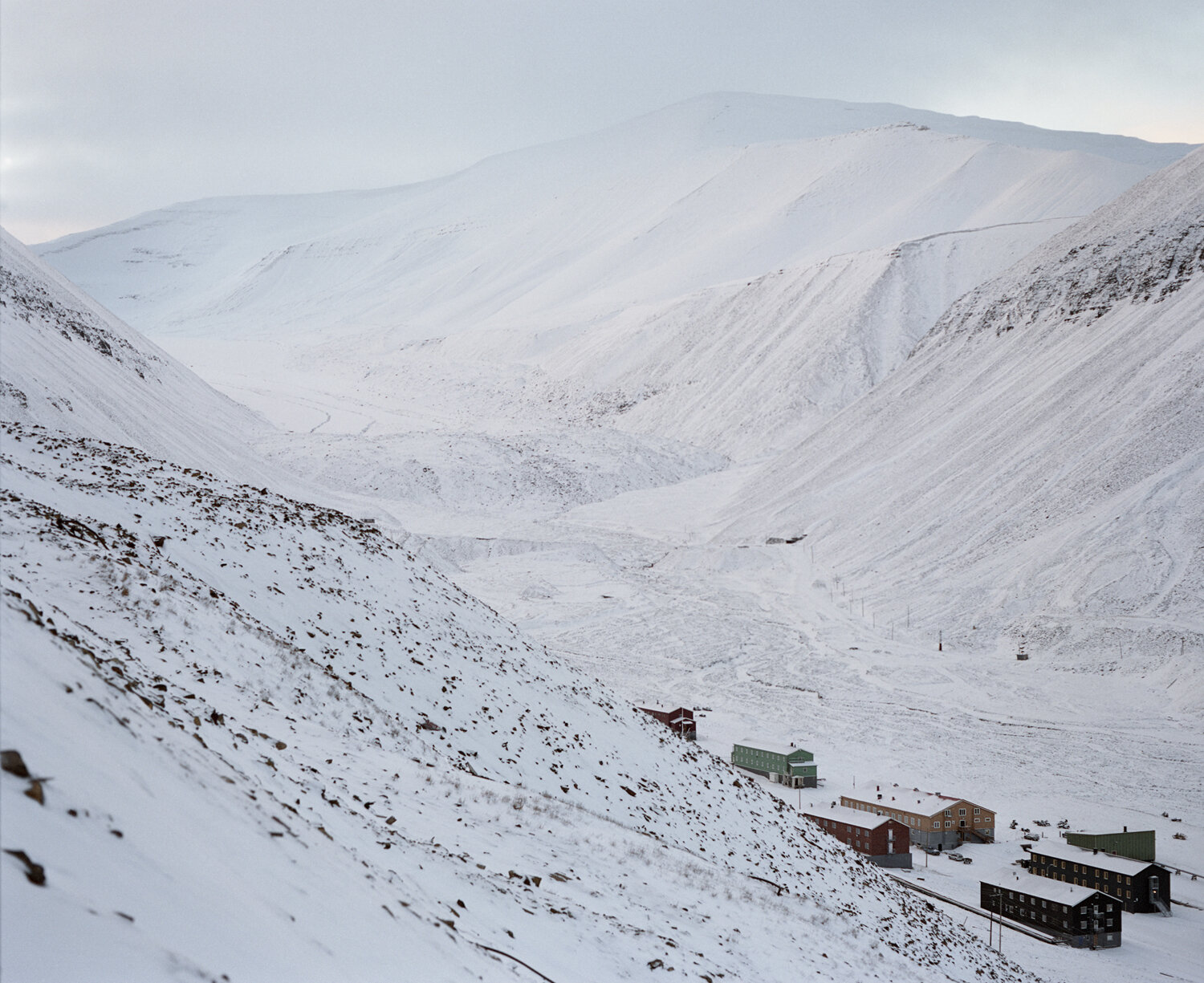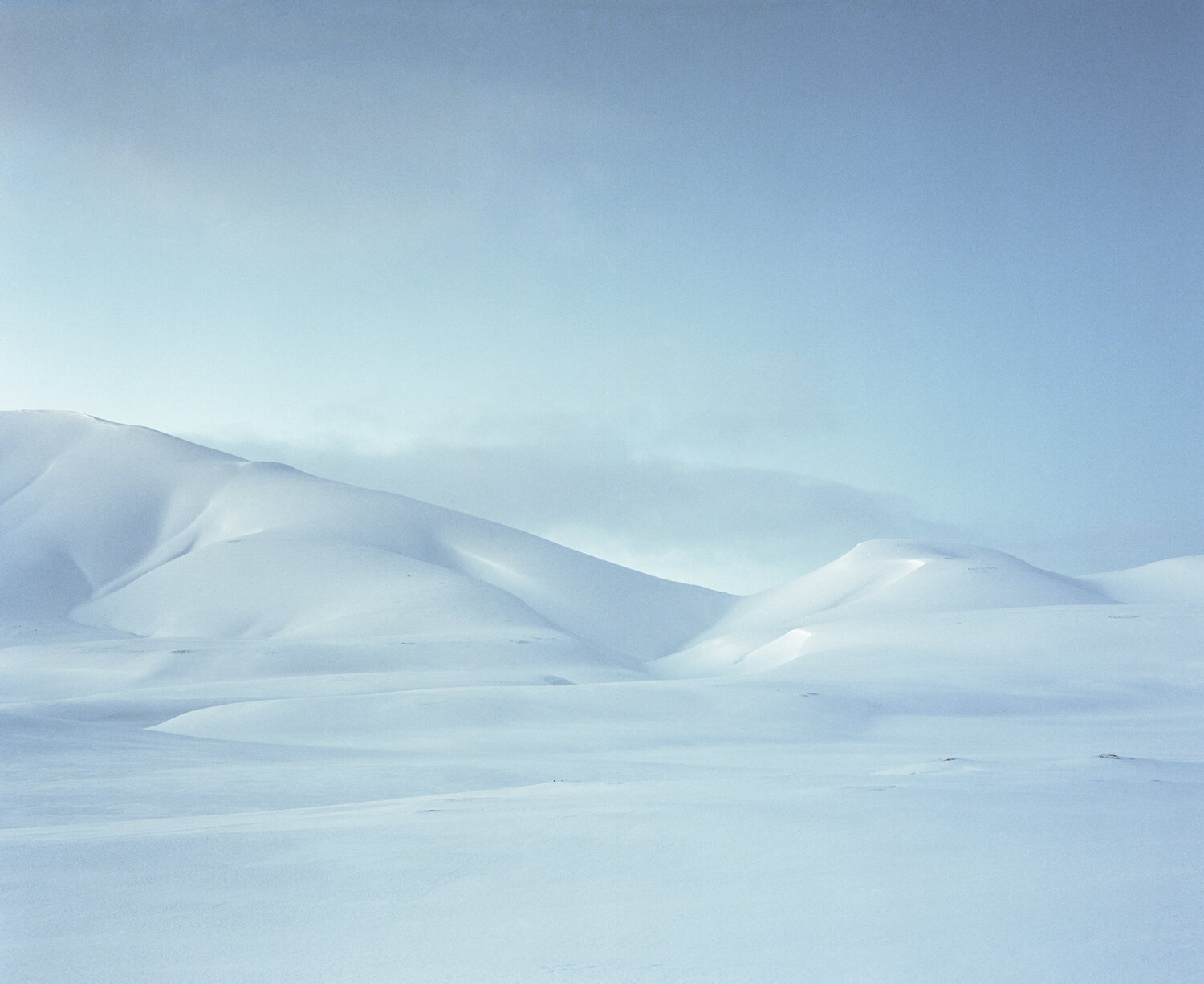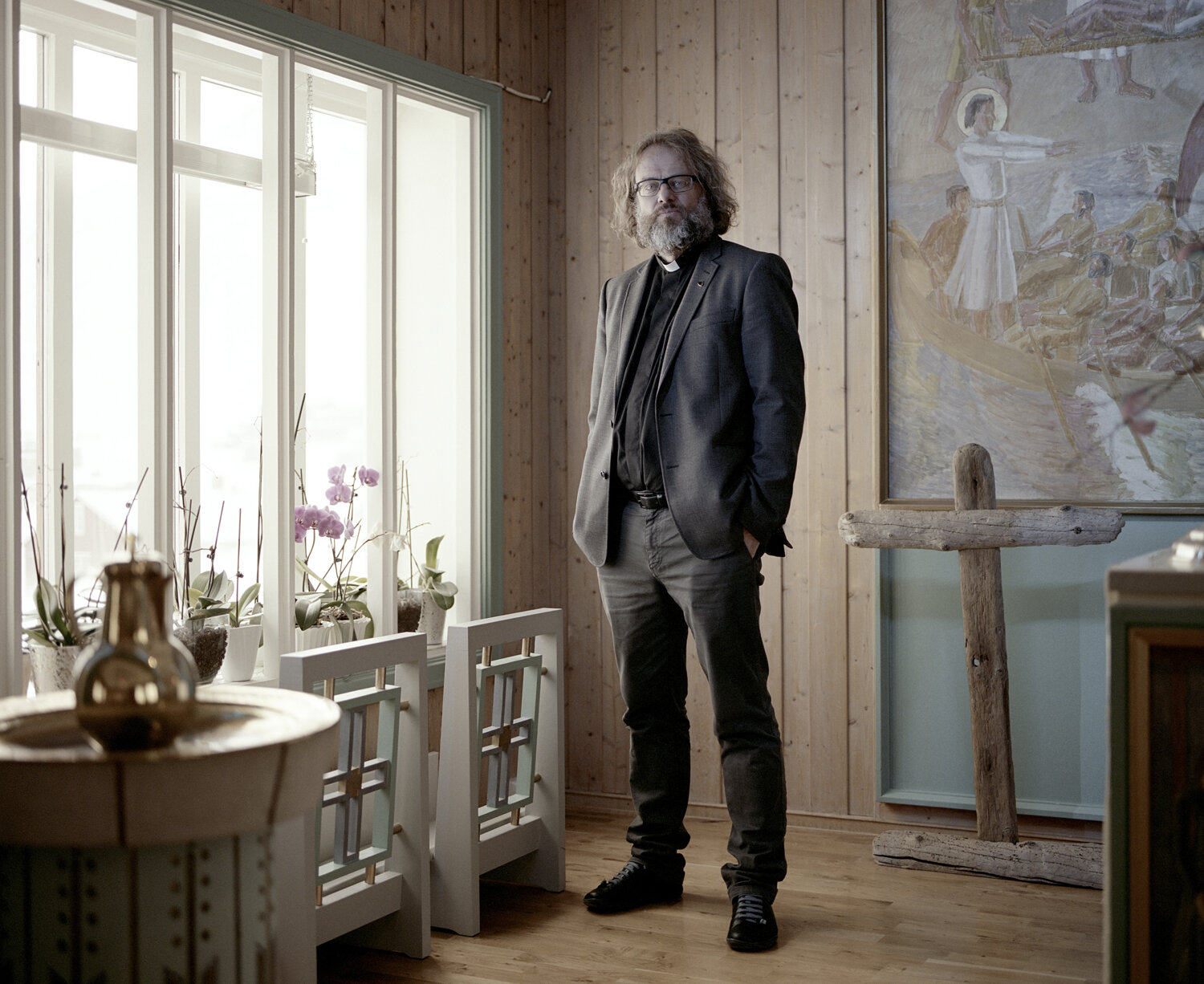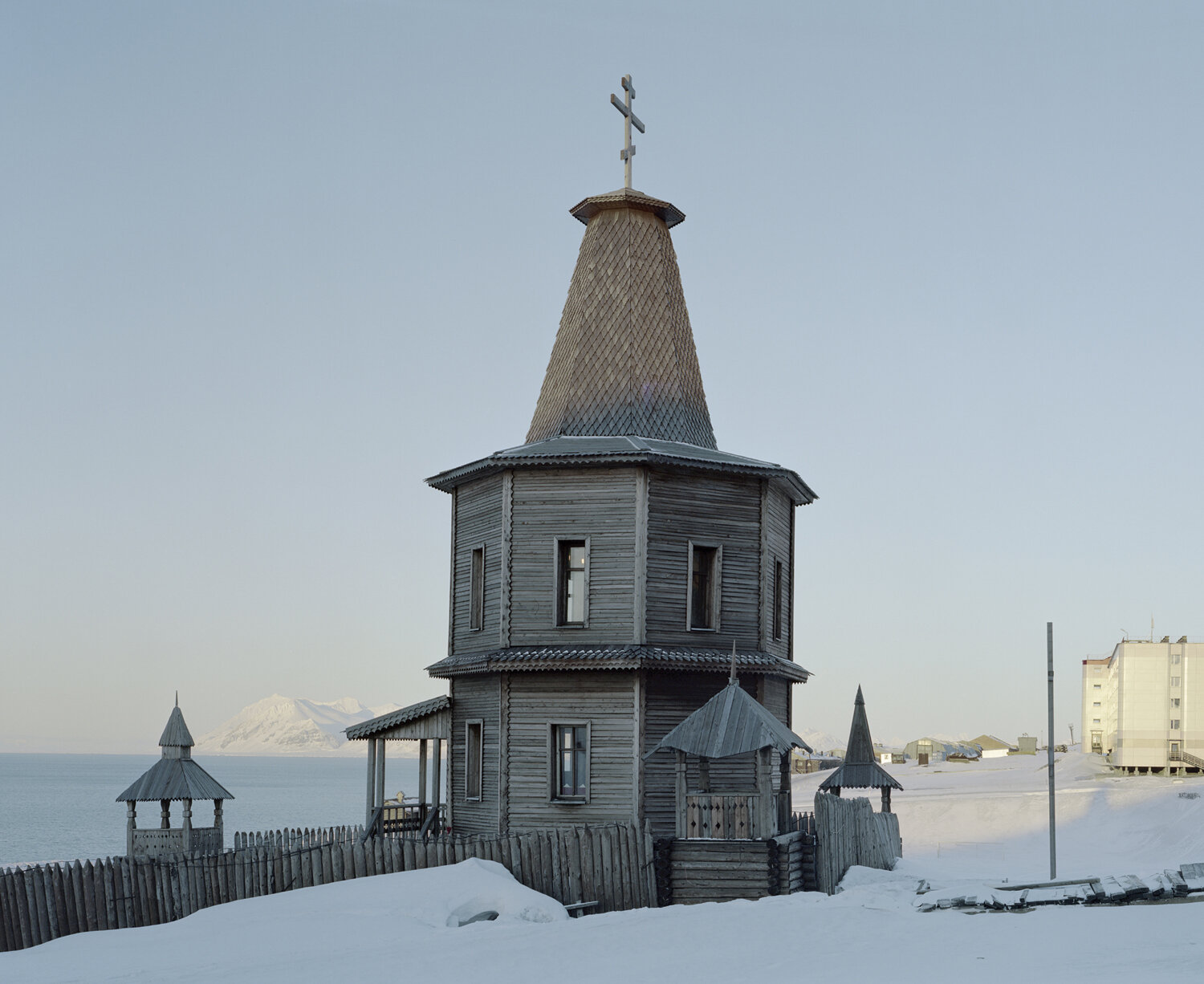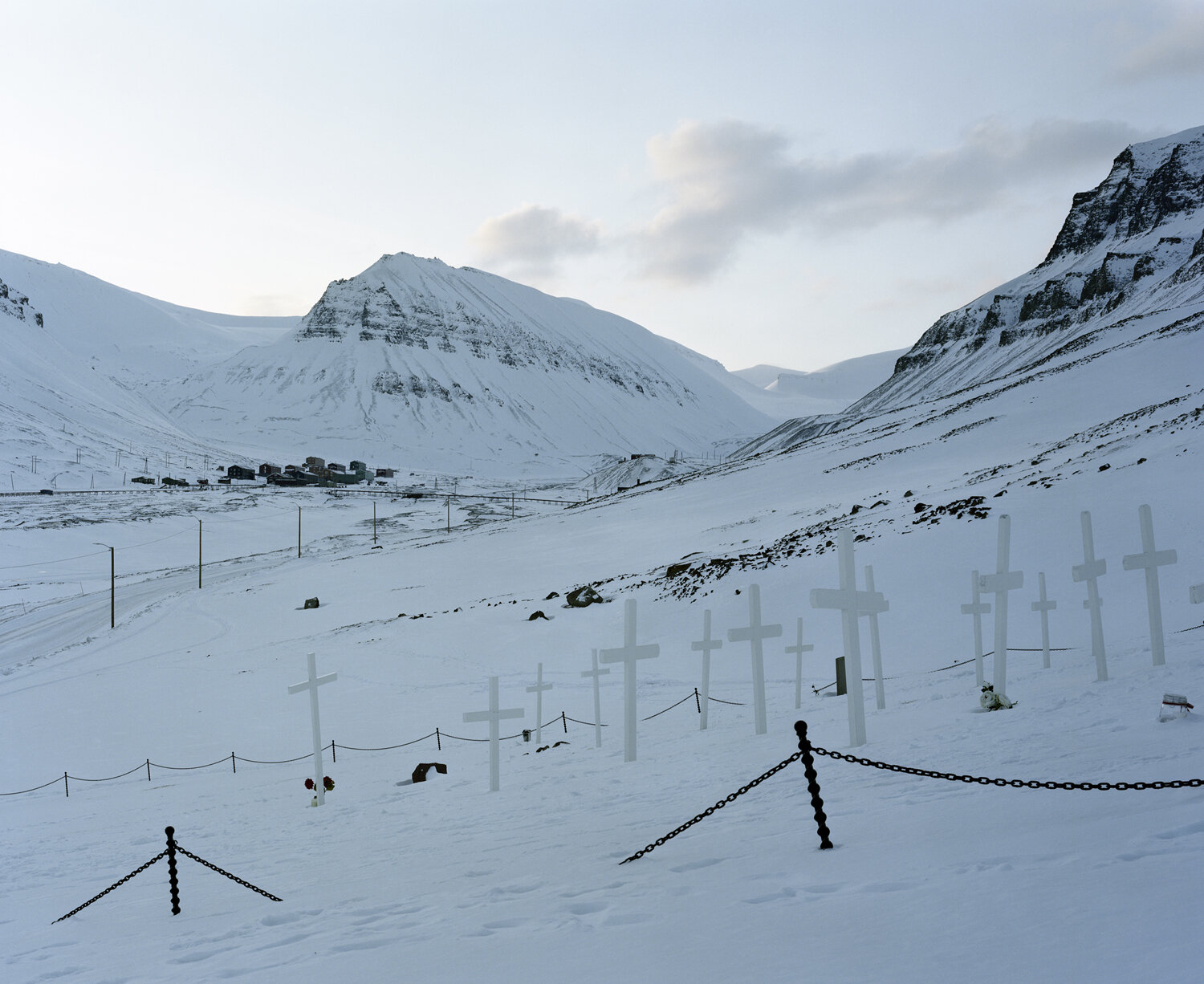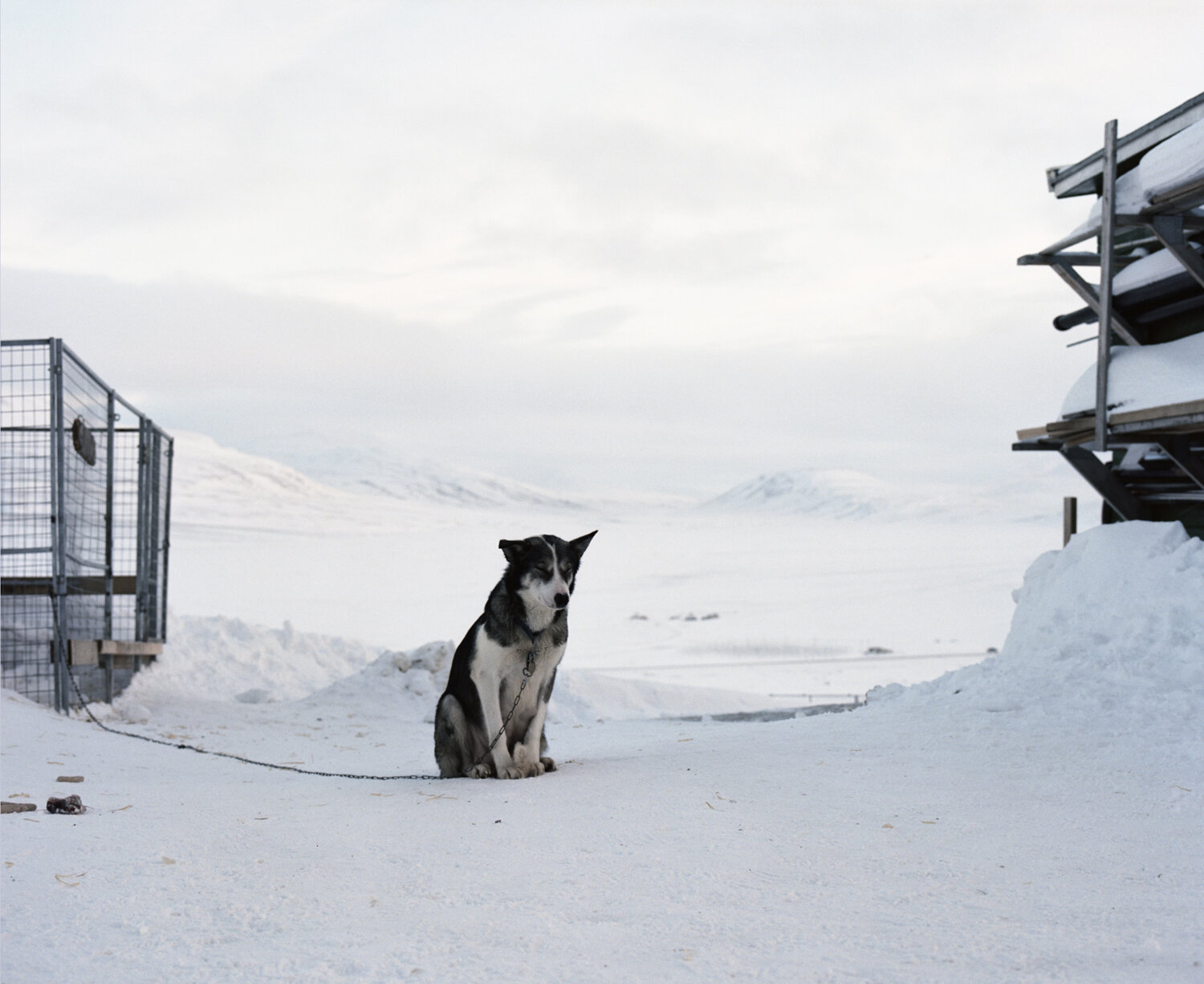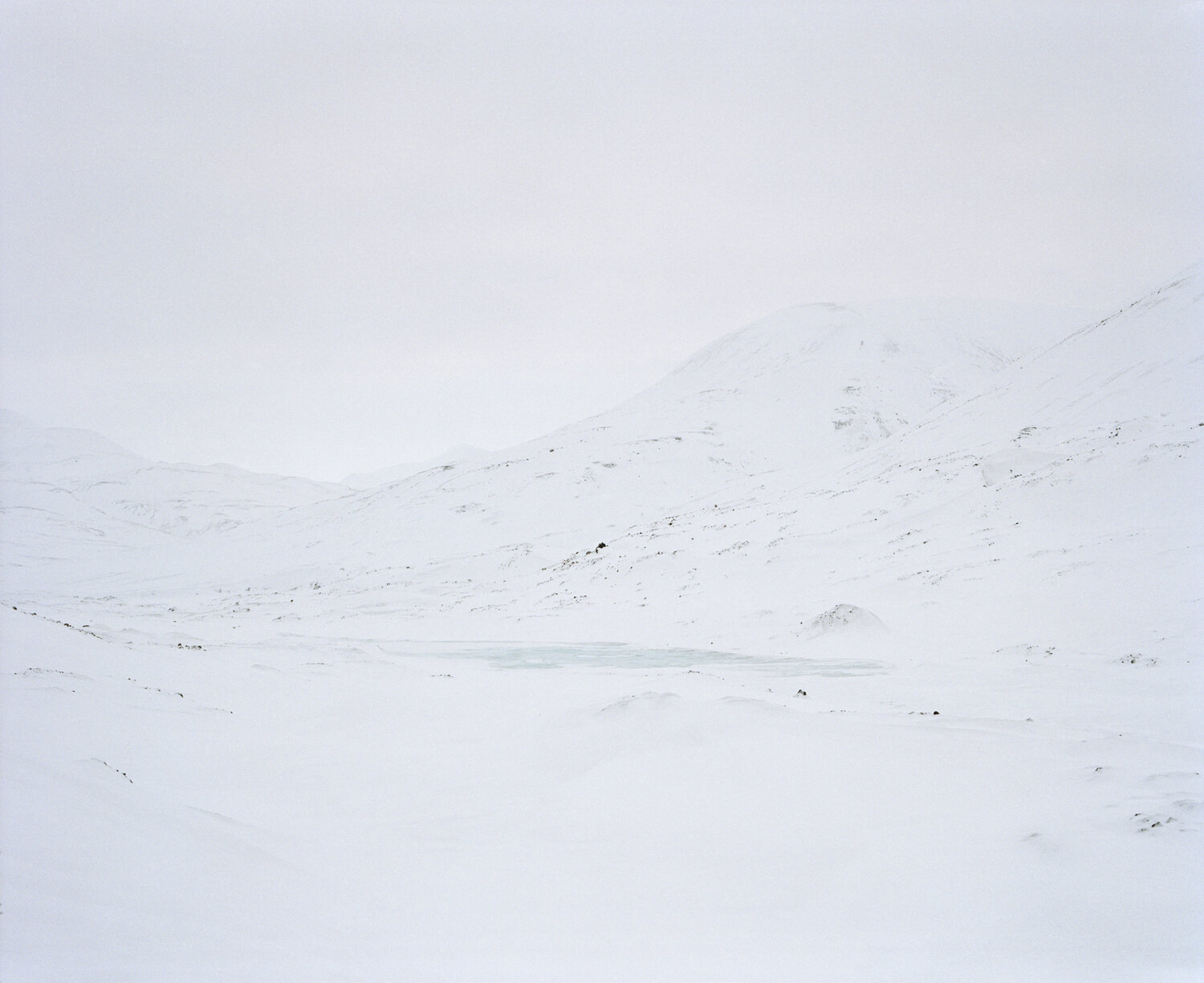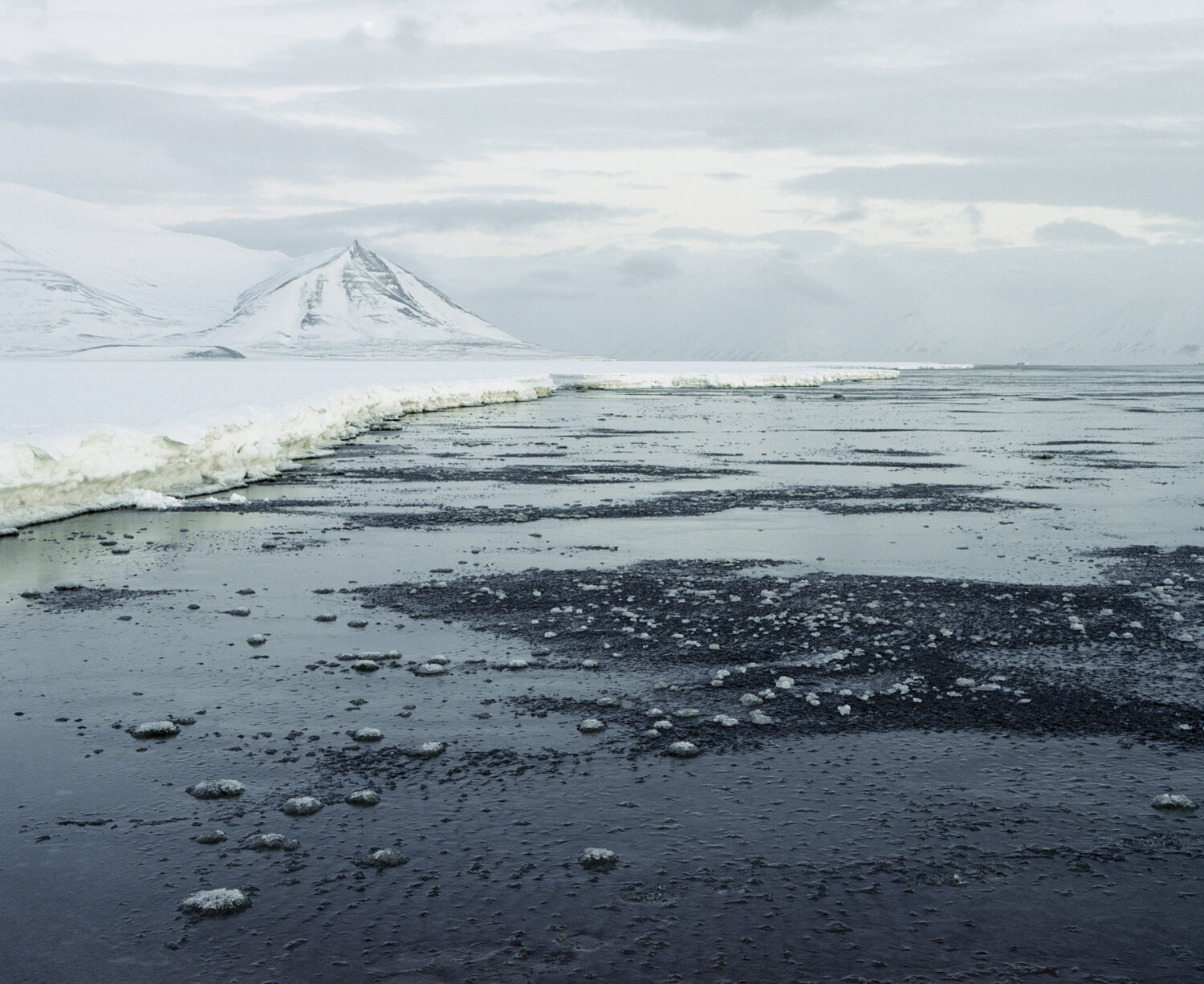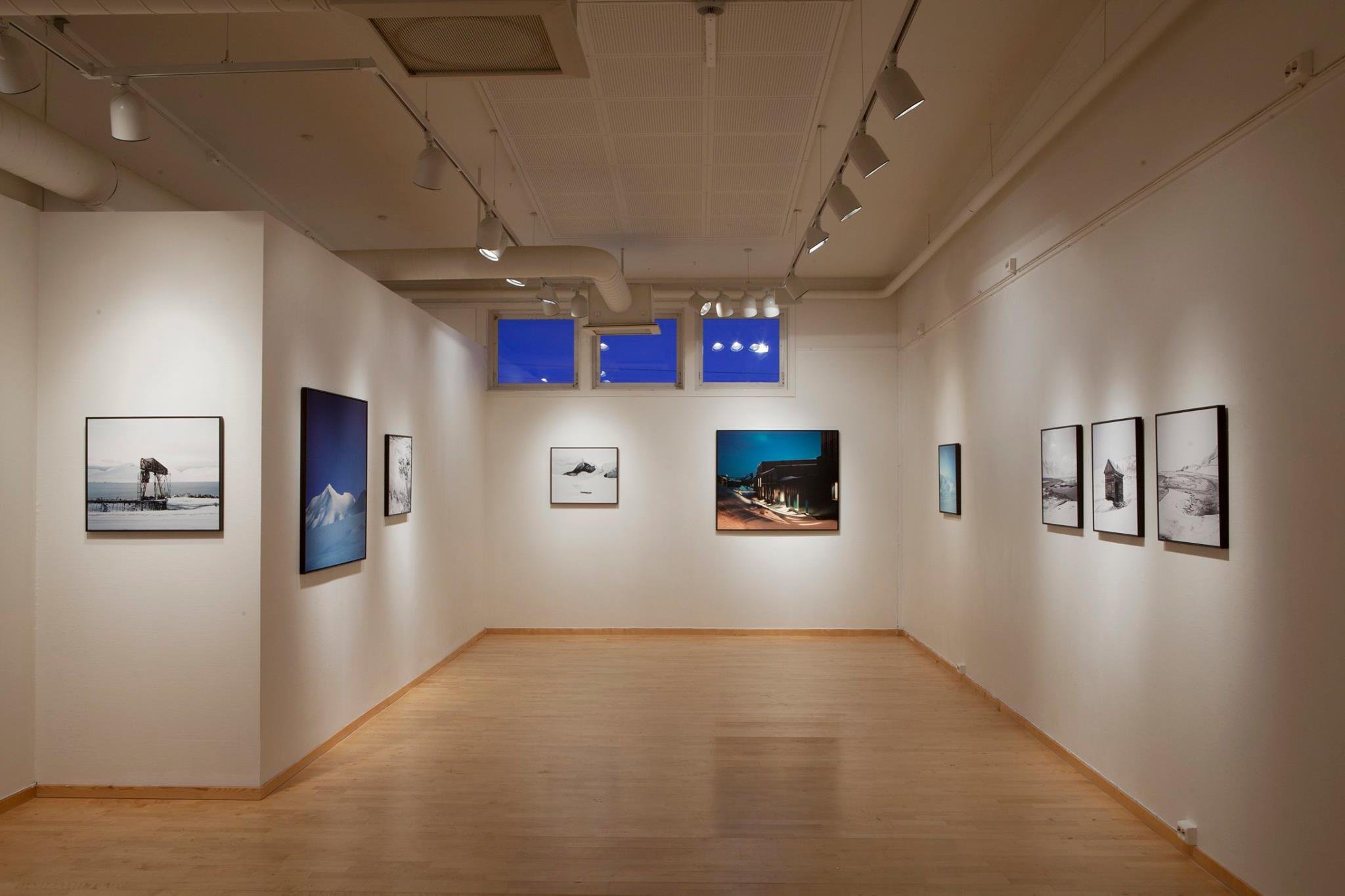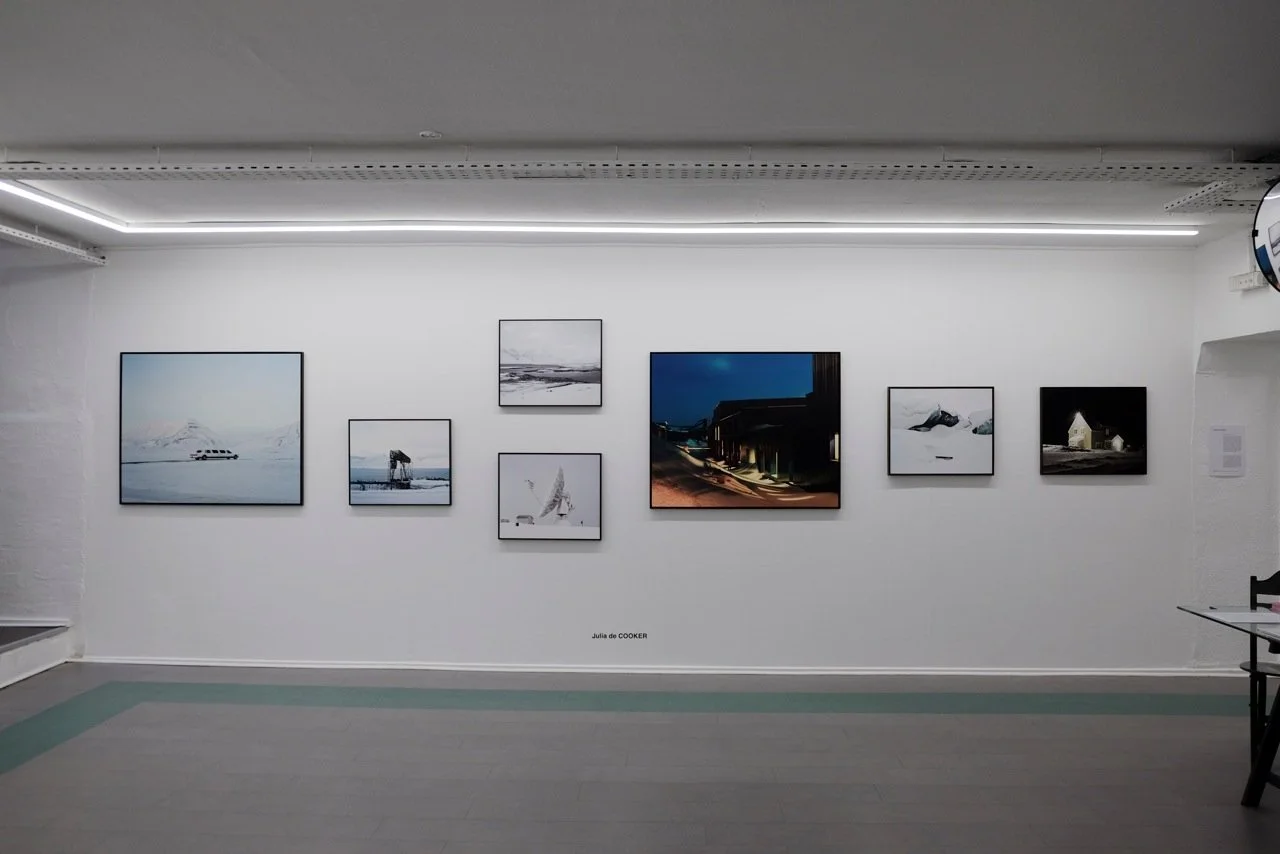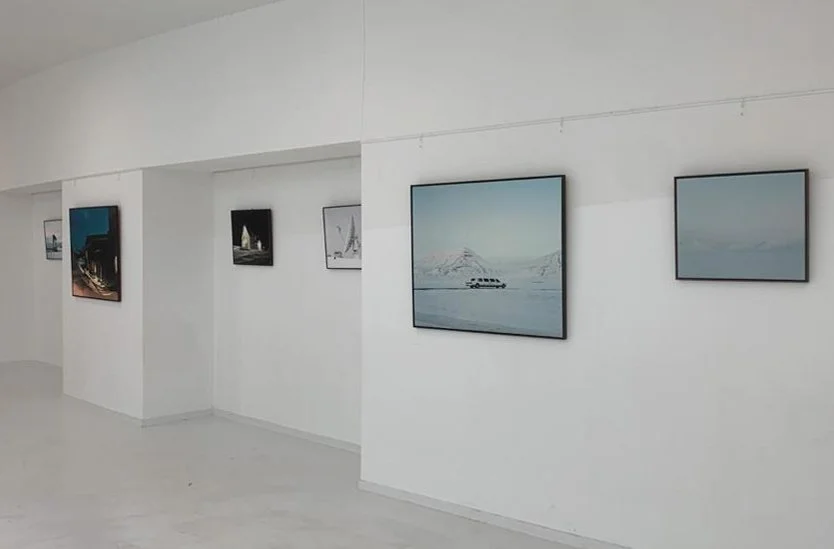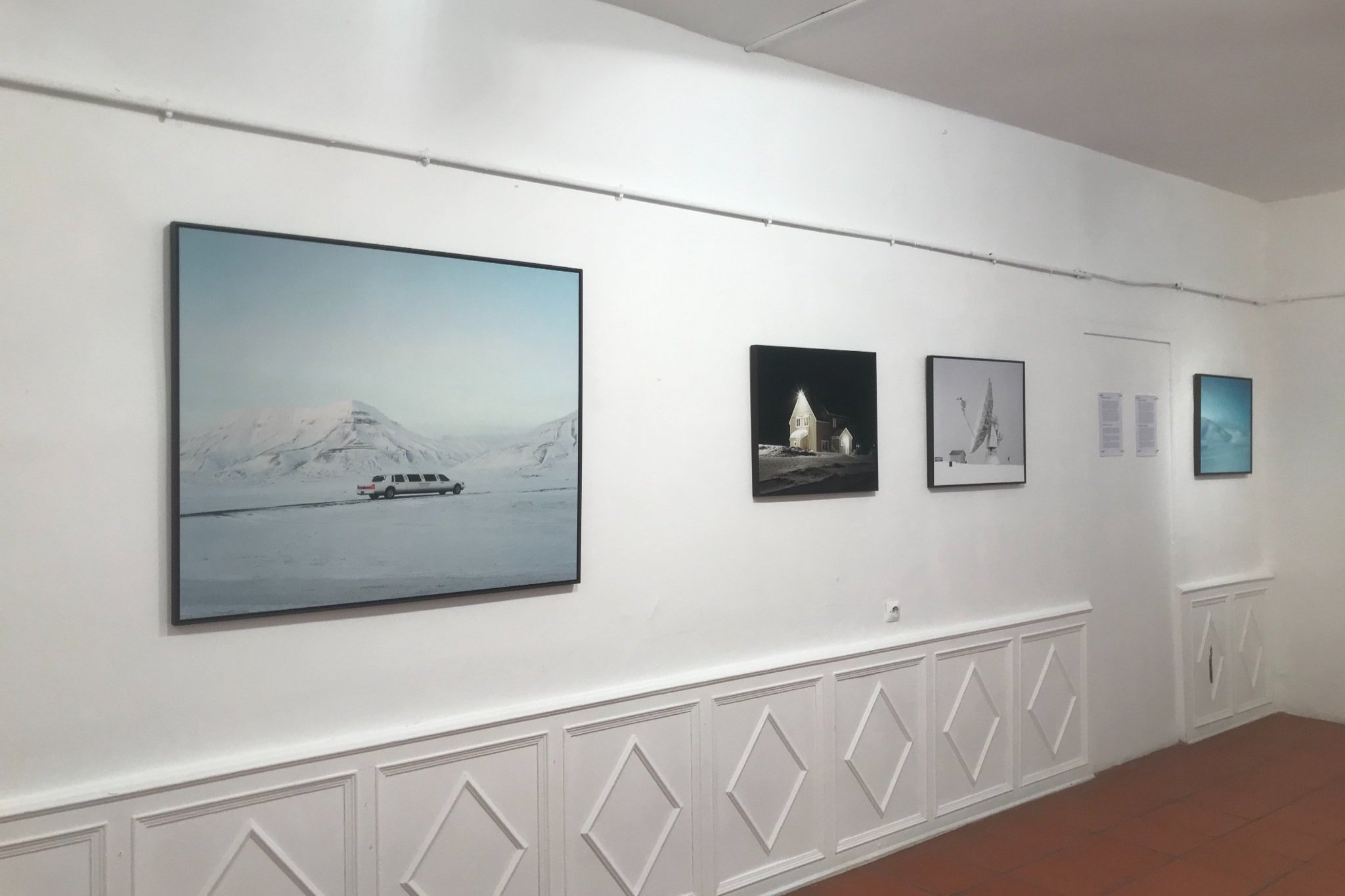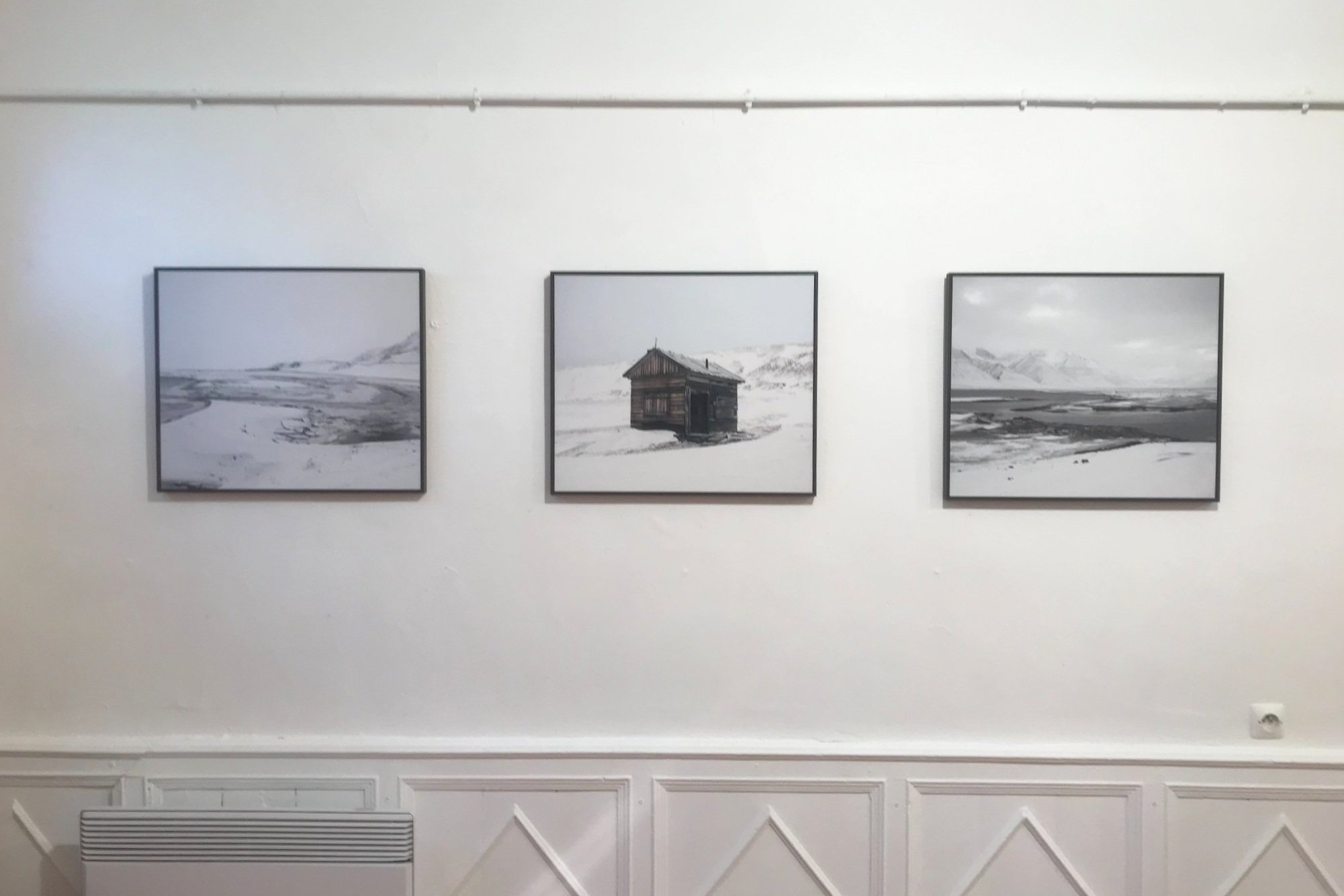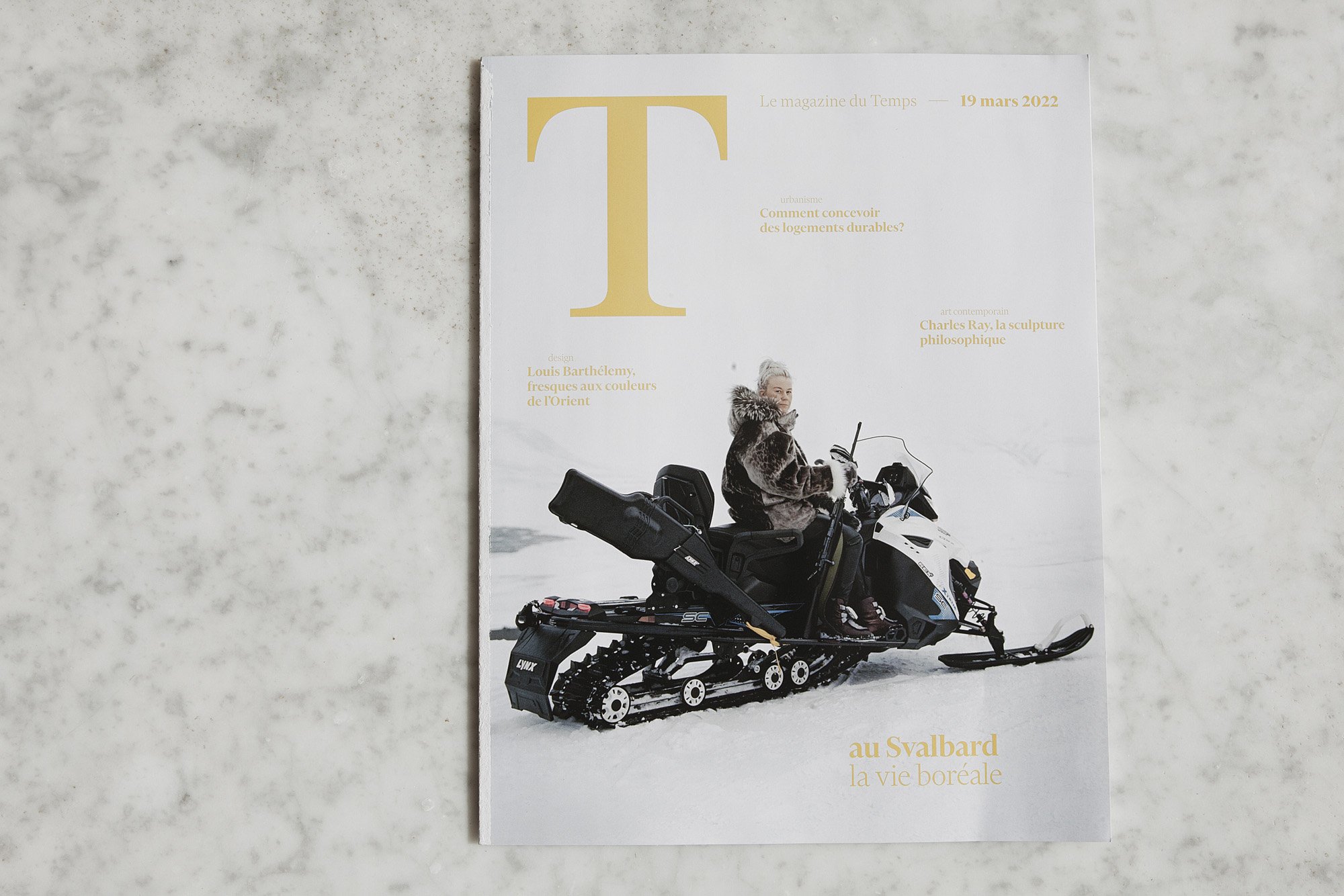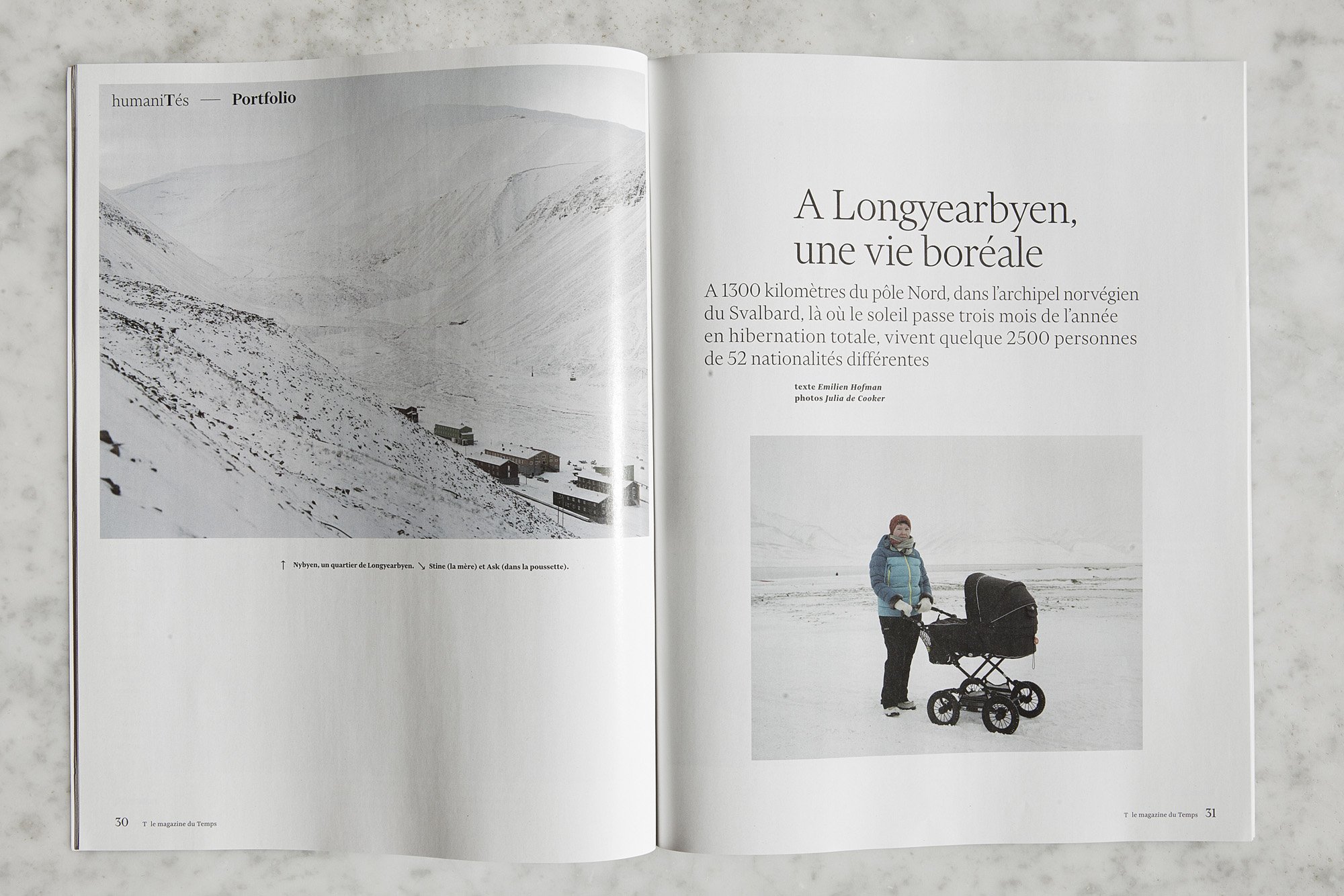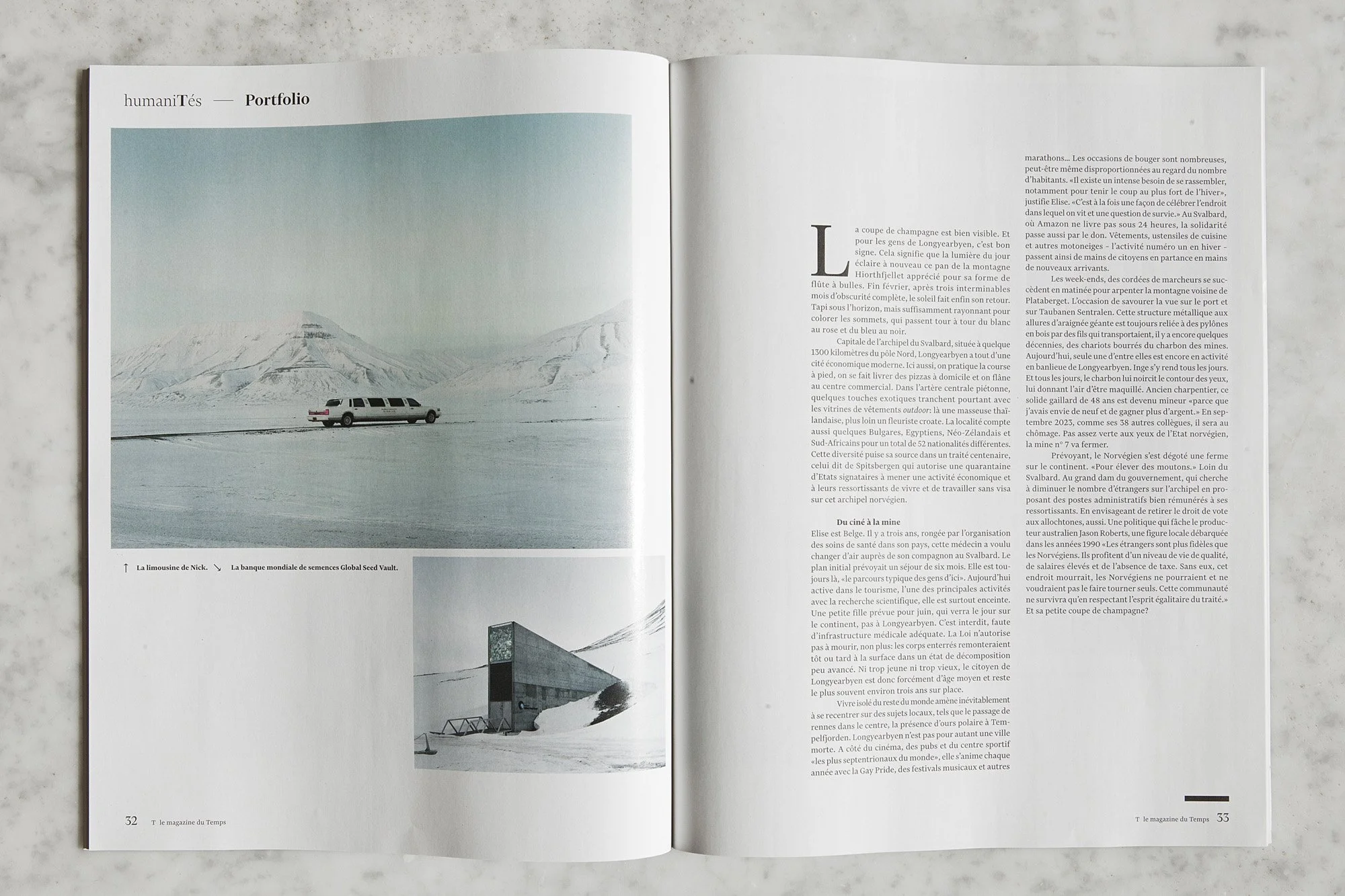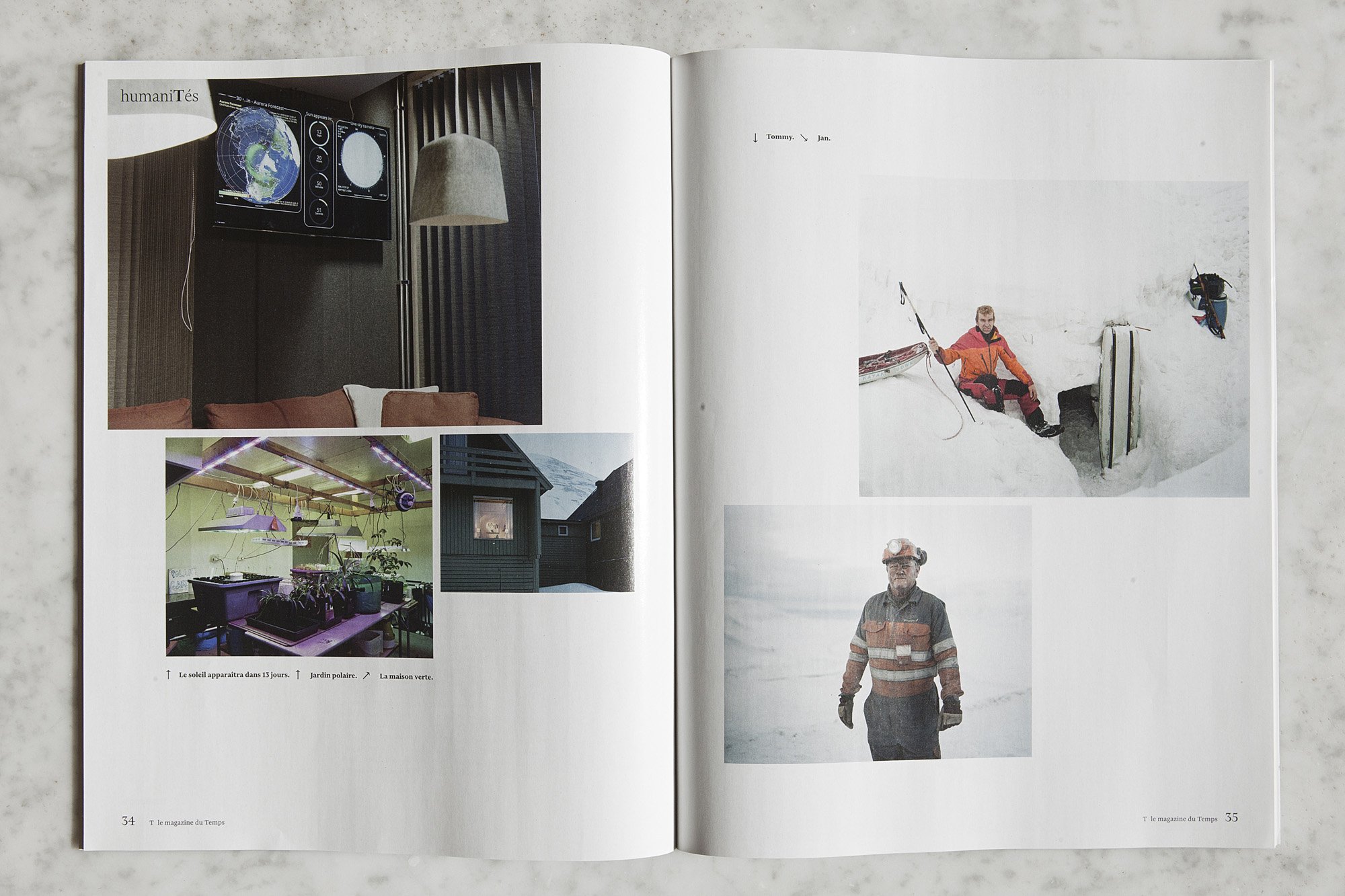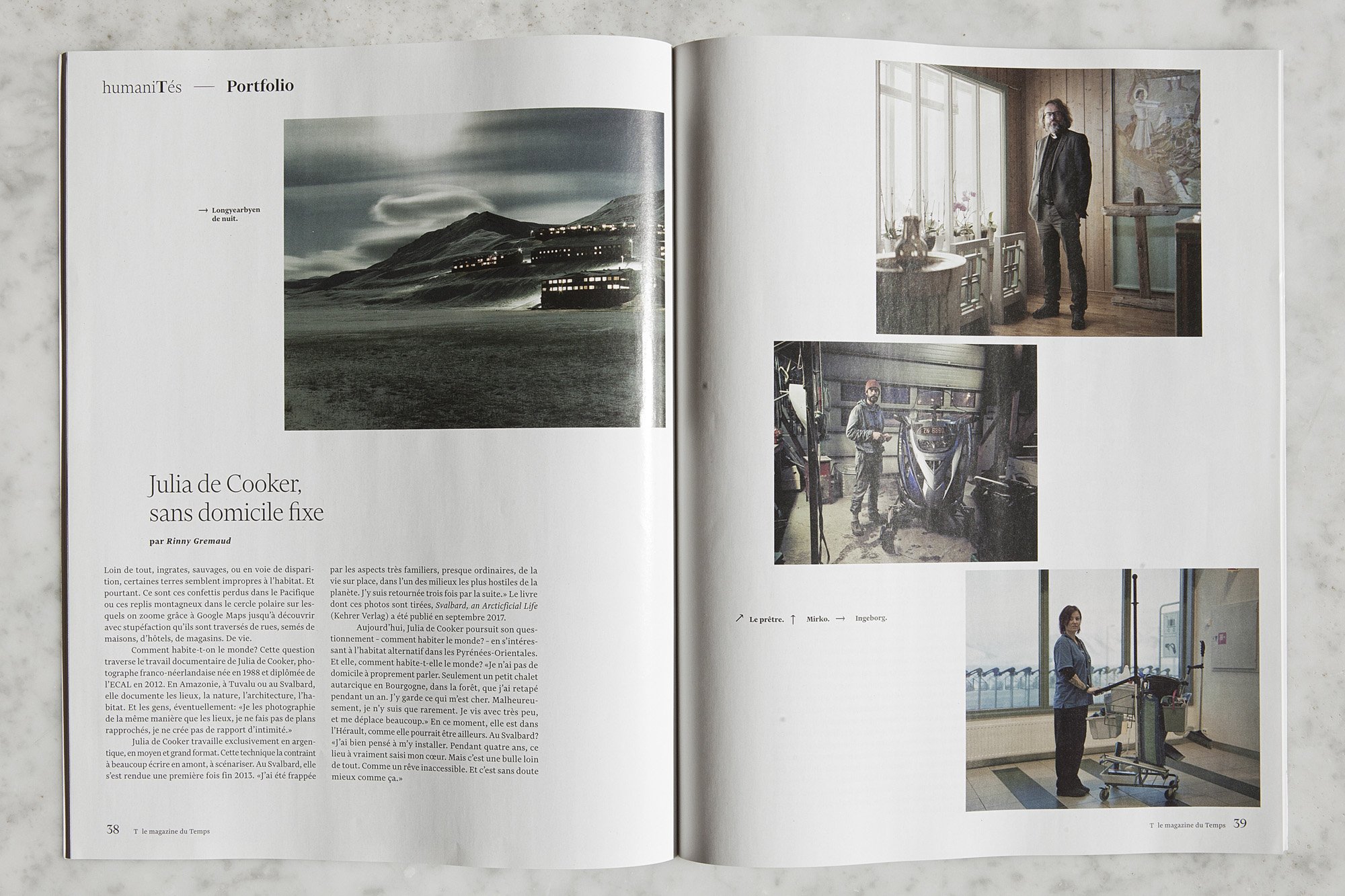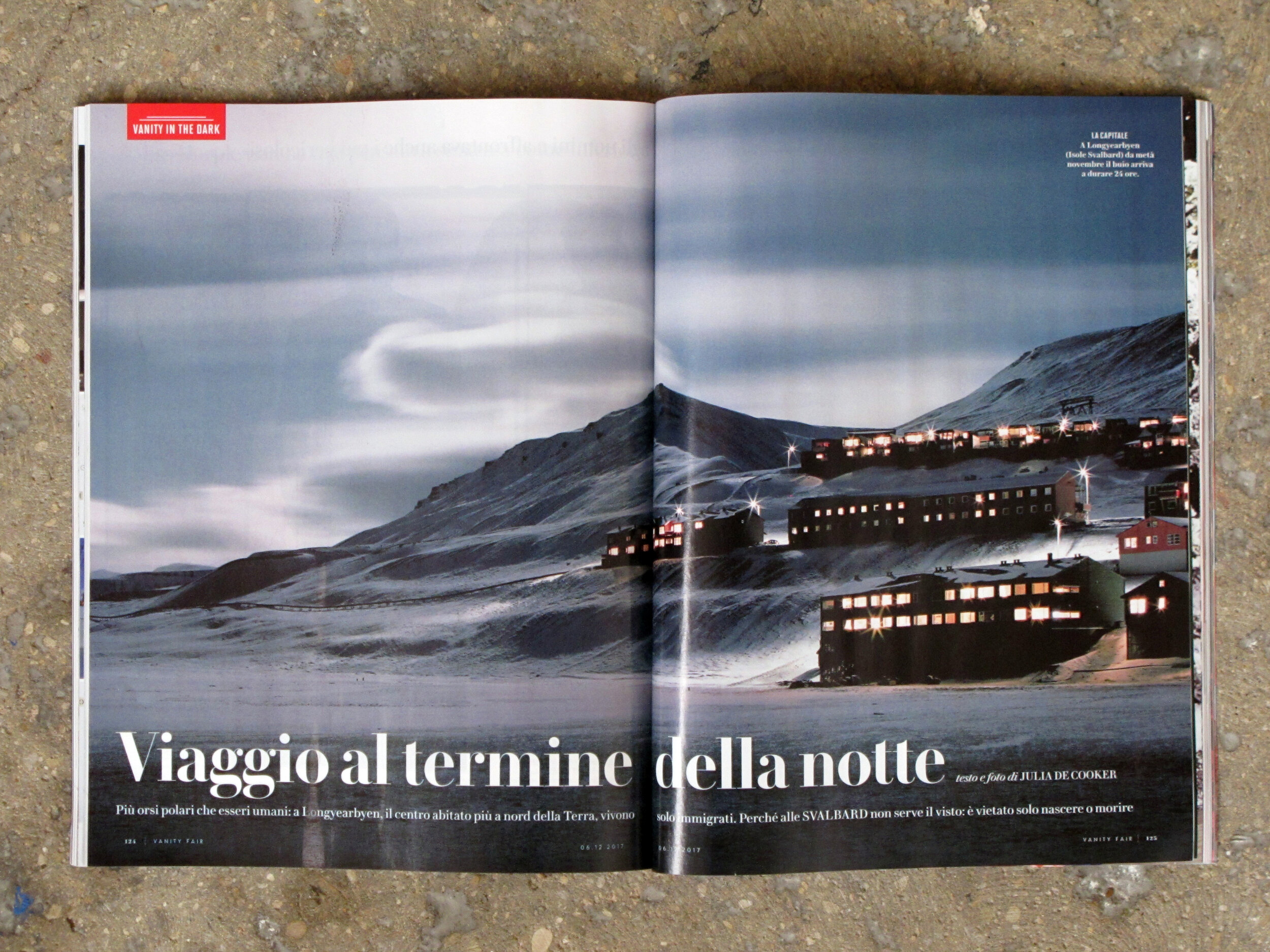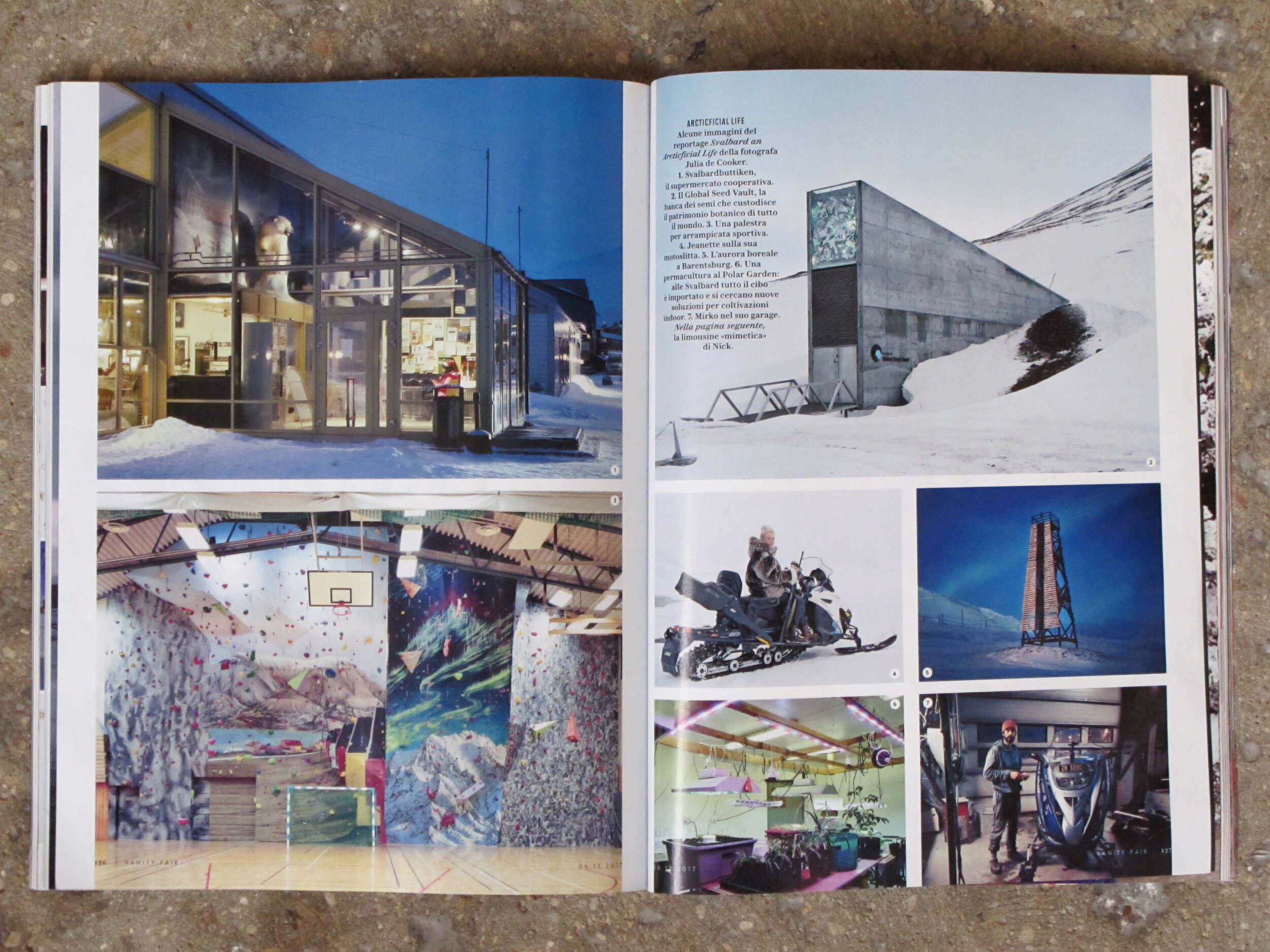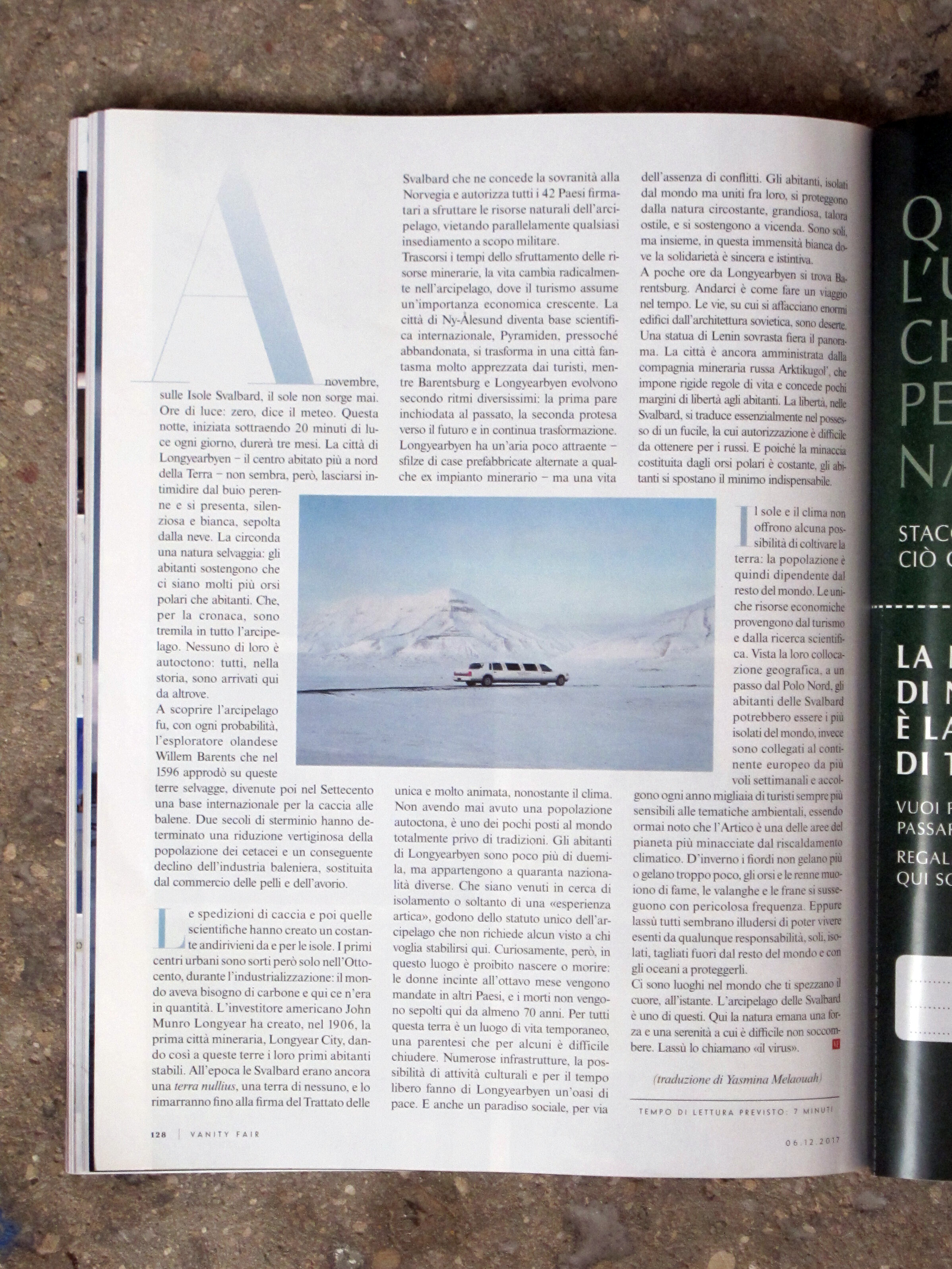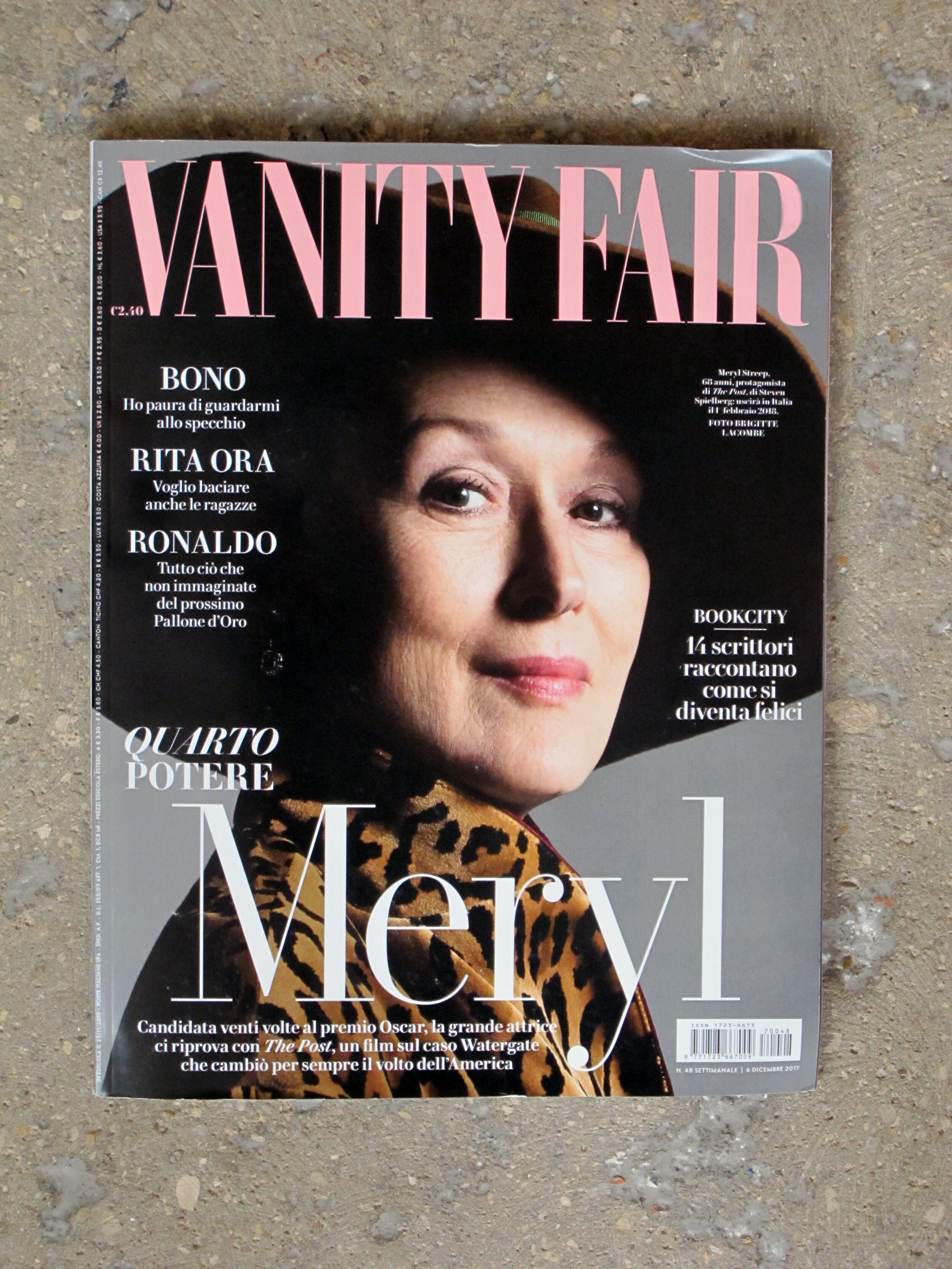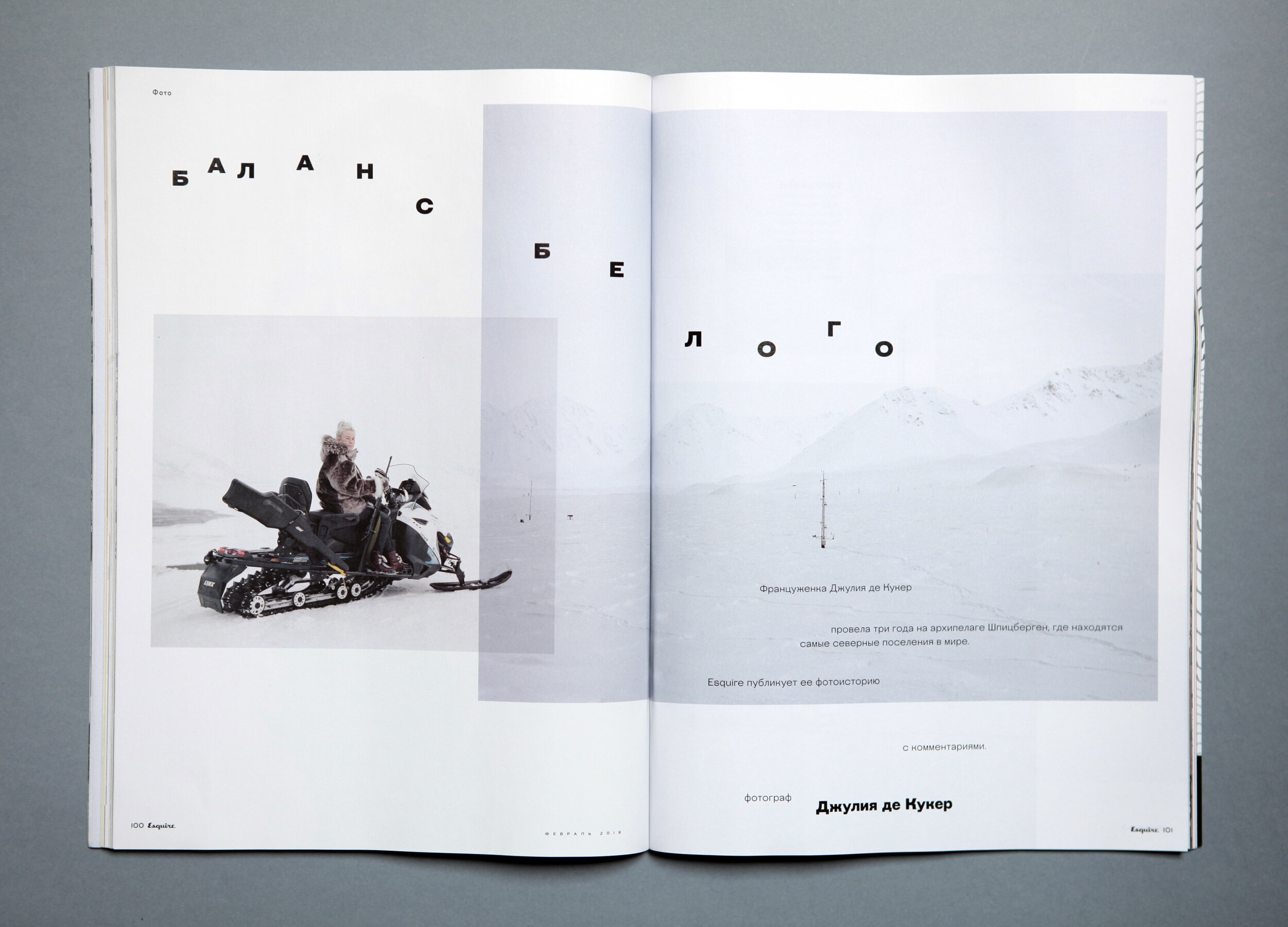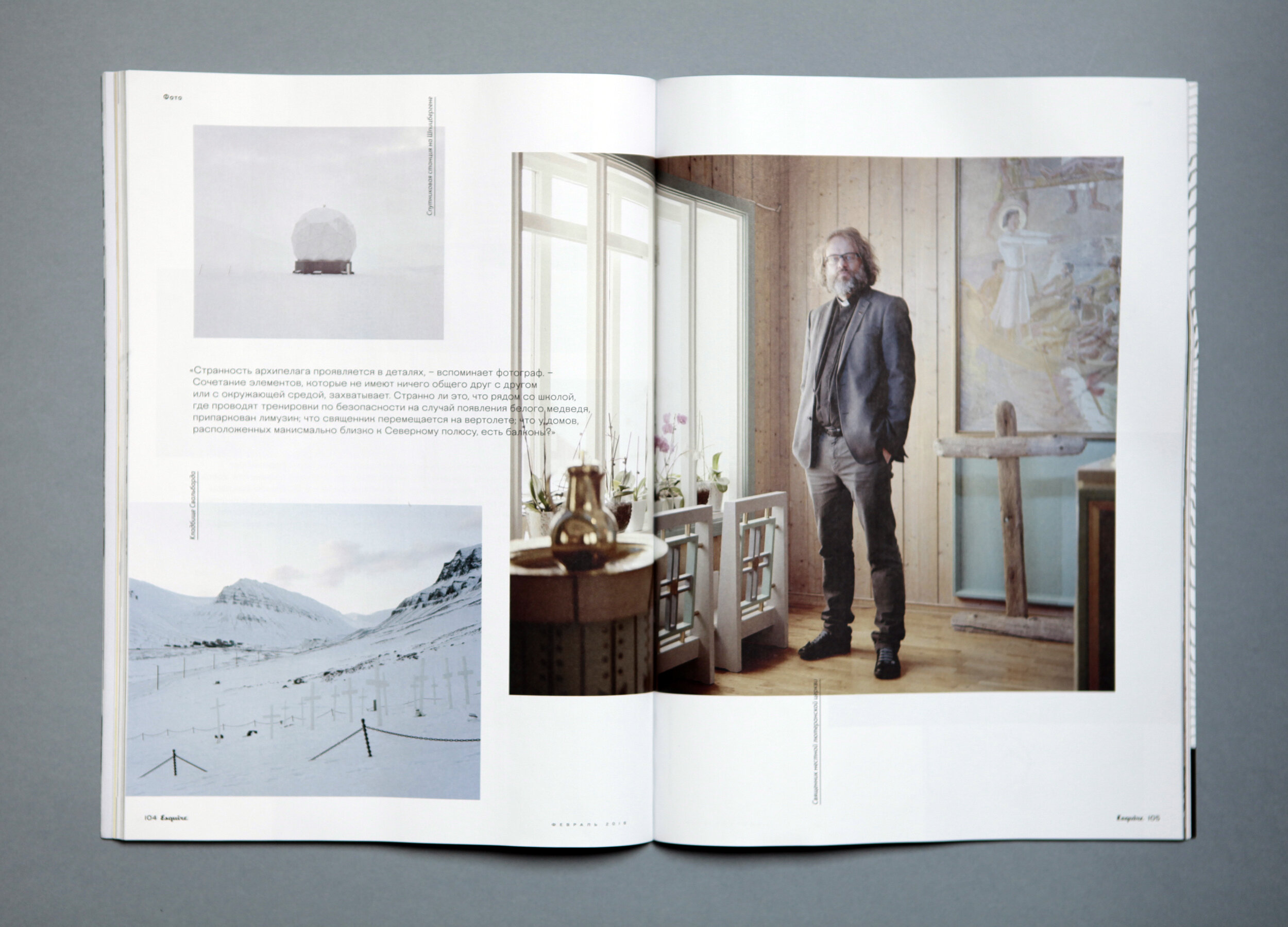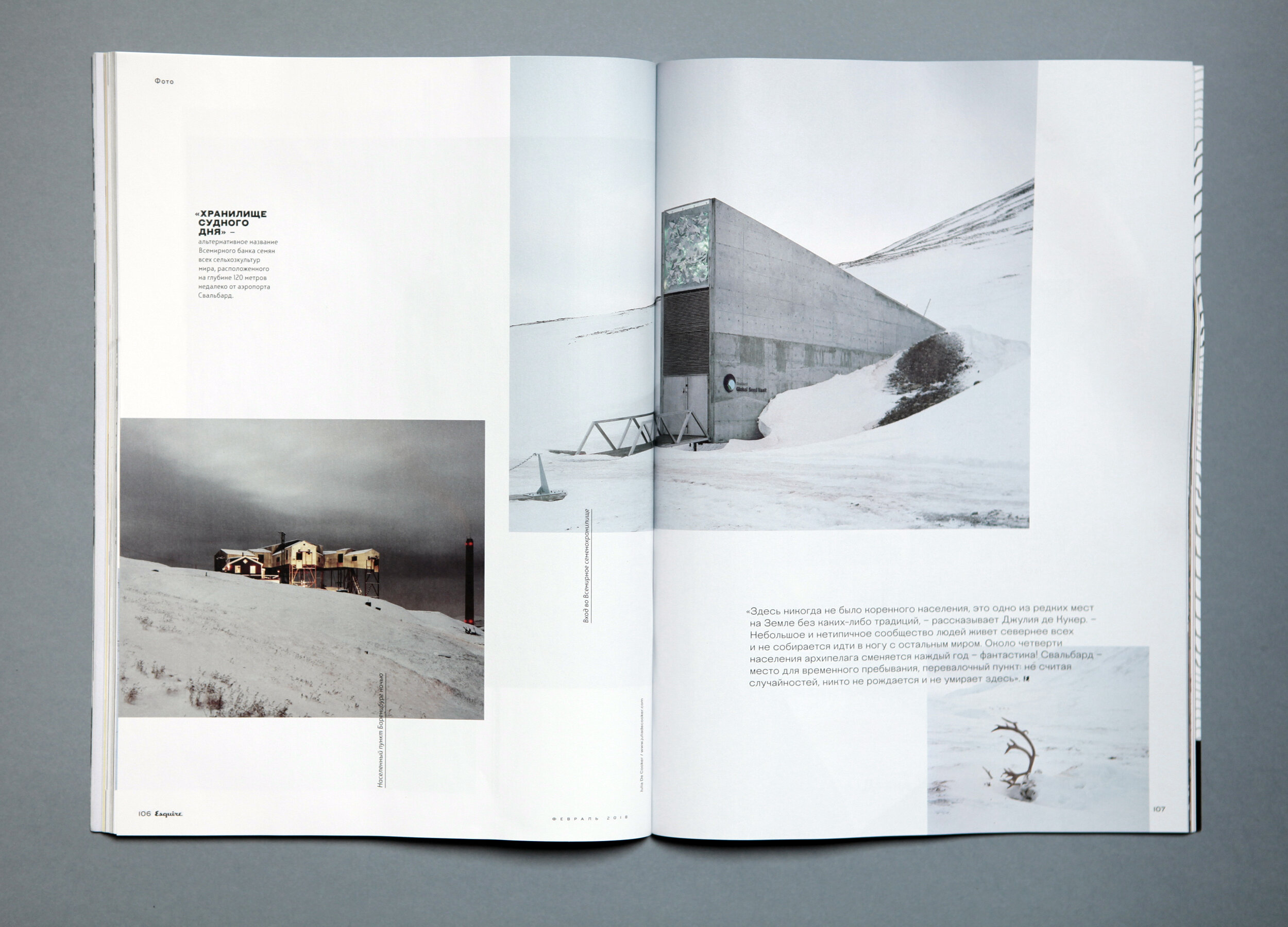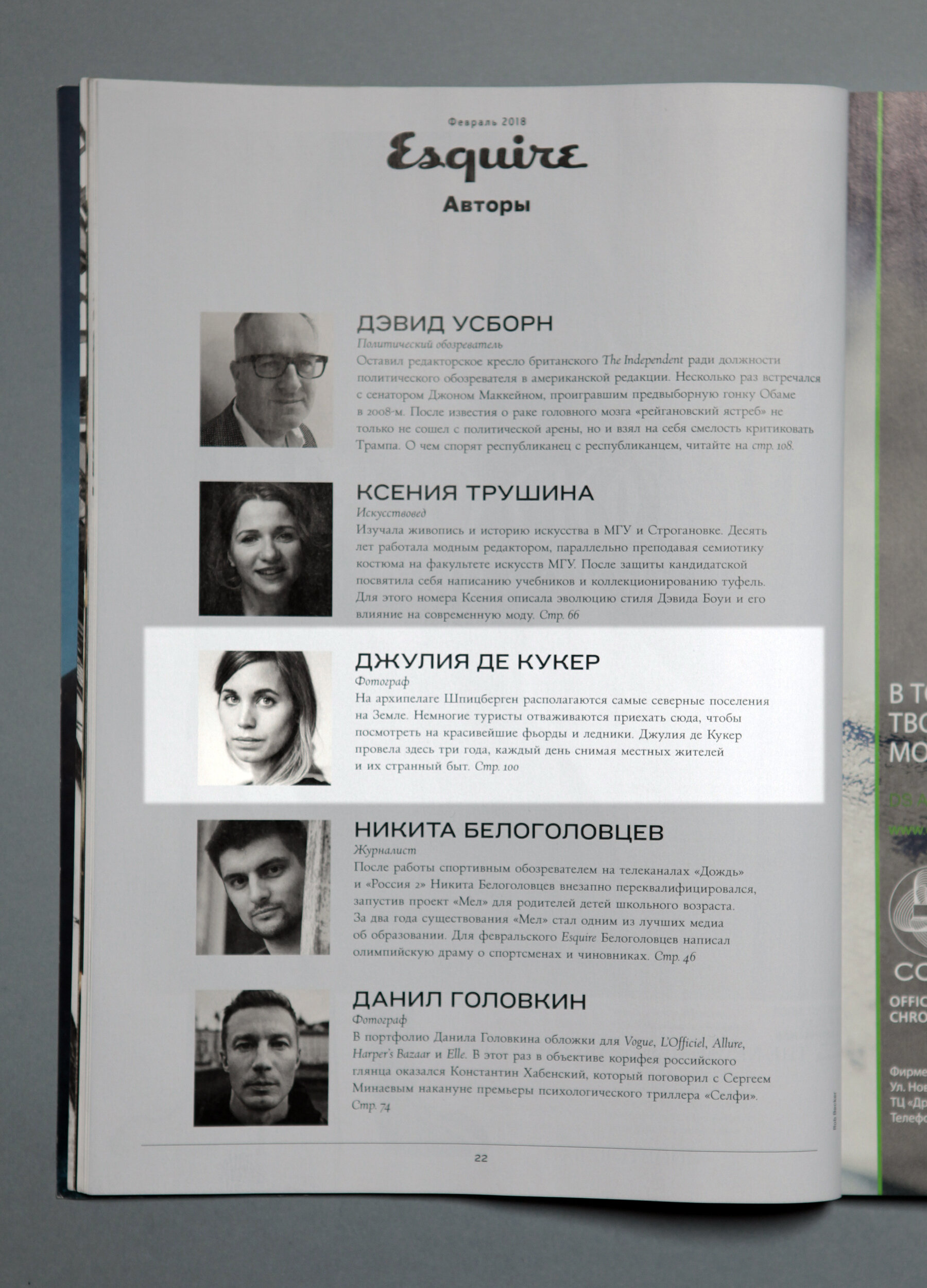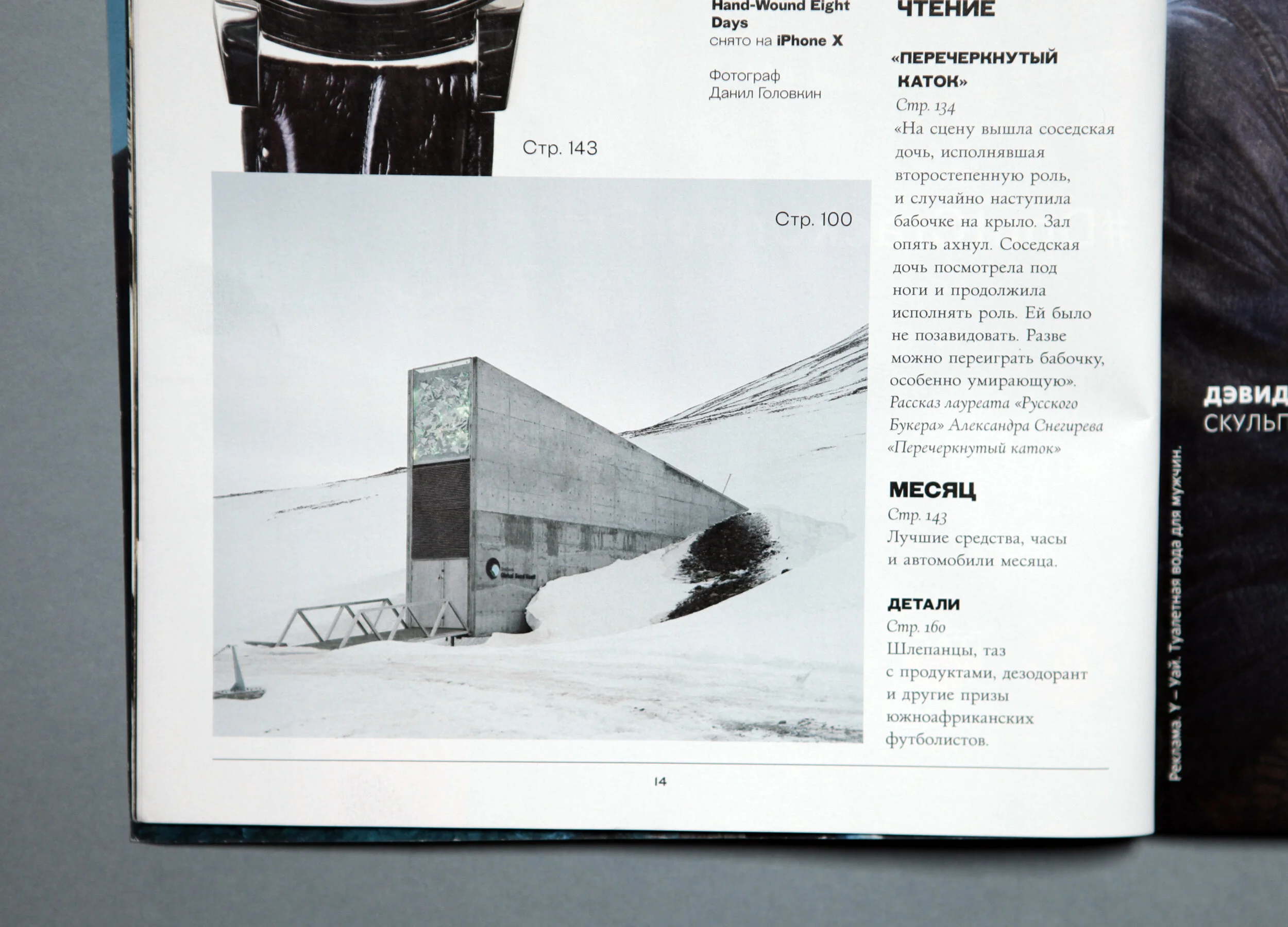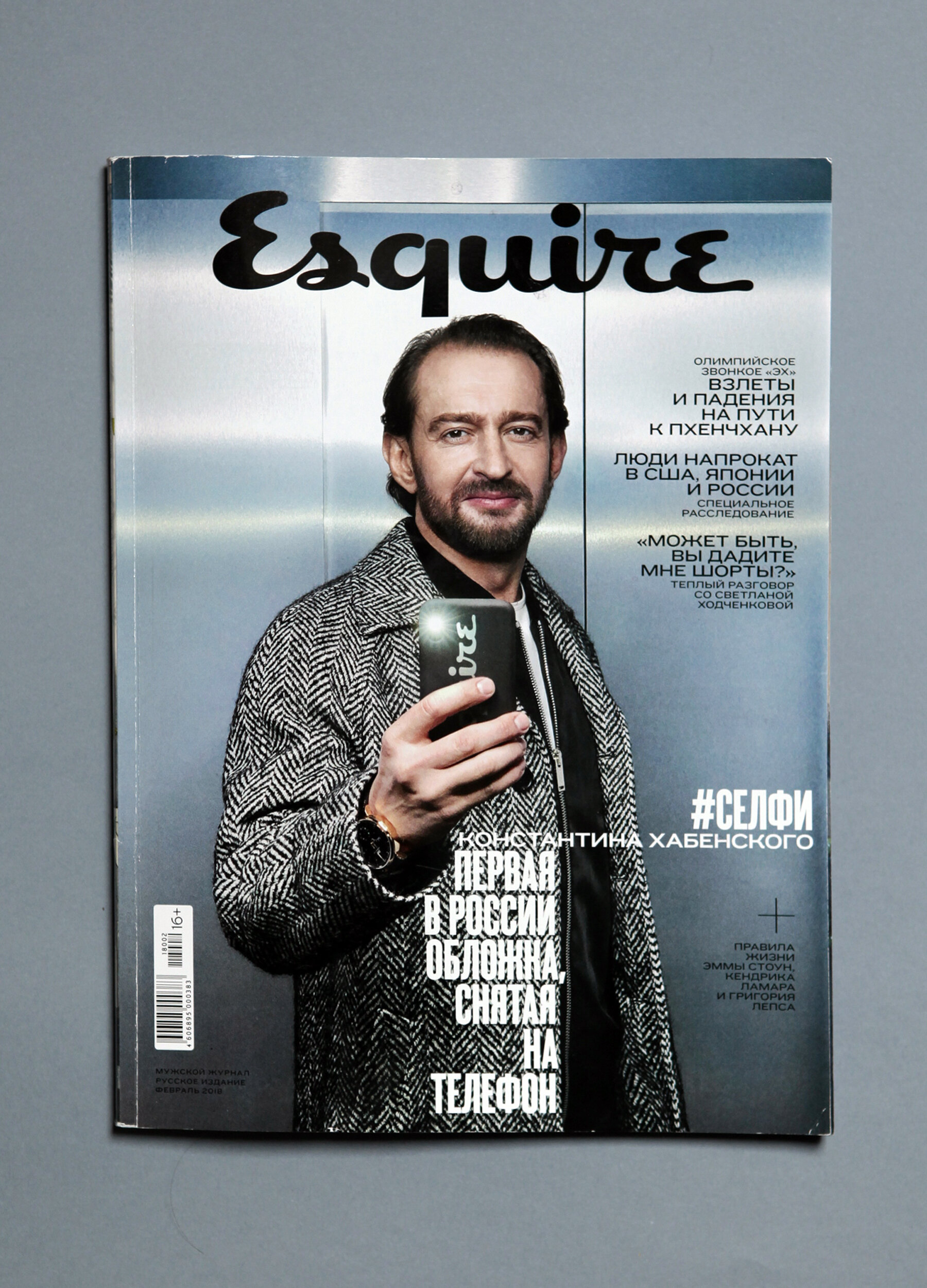[English below]
Vivre à Longyearbyen, la ville la plus septentrionale de notre planète, est un choix. Personne n’y naît ; personne n’y meurt. Il faut avoir souhaité faire ses bagages et les y déposer pour habiter la terre du Svalbard. Sous la souveraineté norvégienne, elle est la seule au monde à ne pas demander de visa pour y voyager, travailler, élire demeure. Aujourd’hui, les principales ressources économiques de cette surprenante ville se trouvent dans le tourisme et la recherche scientifique. Quelque chose détone – étonne – lorsqu’on se promène dans ses rues. Comme un contraste absolu. Un cocon de confort moderne, citadin, et, tout autour, l’arctique sauvage, hostile.
Les habitants du Svalbard sont aux premières loges du réchauffement climatique. Chaque année inquiète plus que la précédente. Le permafrost fond, la banquise ne se solidifie plus, la pluie tarde à devenir neige, l’hiver se fait attendre, les avalanches et glissements de terrain se multiplient. Vivre à Longyearbyen, est-ce réellement habiter cette terre ? Comme une plante hors sol, on y vit de l’importation de nourriture et de matériaux de construction, que le désert arctique ne fournit pas. Loin de toute cette folie qu’est le monde, pensant pouvoir s’y arracher, les habitants de Longyearbyen constatent avec lucidité et amertume les conséquences du réchauffement climatique, tout en fermant les yeux sur leur propre mode de vie, qui incarne l’idéal occidental et moderne aujourd’hui devenu funeste : s’imposer à la nature plutôt que s’y fondre. Et si le Svalbard nous demandait, aujourd’hui, de sortir du déni ?
SVALBARD, AN ARCTICFICIAL LIFE
Kehrer Verlag, 2017
ed. 7 + 2AP / 50x60cm / 90x110cm
Living in Longyearbyen, the world’s northernmost town, is by choice. No one is allowed to be born there, nor to die. One must pack up one’s bags and take them to go and live in Svalbard. Under Norwegian sovereignty, it is the only country where no visas are required to travel, work and live. At present the main sectors of the economy of this surprising town are tourism and scientific research. Something strikes – surprises – when one walks in its streets. There is an absolute contrast between the cocoon of modern city life and the wild and hostile arctic that surrounds it.
Svalbard’s inhabitants are well placed to witness climate change. Each year is more worrisome than the previous one. Permafrost is melting, the ice pack no longer solidifies, the rain later and later turning into snow, winter makes itself waited for, and avalanches and landslides are more and more frequent. Is living in Longyearbyen really living on this planet ? Like a plant without soil, one lives on imports, of food, of construction material that the arctic desert does not provide. Thinking to be able to extract from this hectic world Longyearbyen’s inhabitants clearly and bitterly witness the impact of global warming. At the same time they close their eyes on their own lifestyle that represent the modern western ideals that have become disastrous, i.e. to dominate nature rather than fuse with it. What if Svalbard asks us to cease this denial?
EXPOSITIONS / EXHIBITION VIEWS :
T le Temps, Suisse, Mars 2022
Vanity Fair Italia, Dec 2017
Esquire Russia, Fev 2018
